Already a month ago, we saw the first Apple autumn conference, at which, according to tradition, we were supposed to see the presentation of the new iPhone 12. However, this did not happen then, mainly because of the coronavirus pandemic, which completely "paused" the world a few months ago, resulting in delays on all fronts. Unusually, we got the new Apple Watch and iPads, but a few weeks later, Apple announced the second autumn Apple Event and the presentation of the four new iPhone 12s was 12% certain. This conference took place yesterday and we really got to see new flagships from Apple. Let's take a look at everything you wanted to know about the new iPhone 12 and XNUMX mini together in this article.
It could be interest you
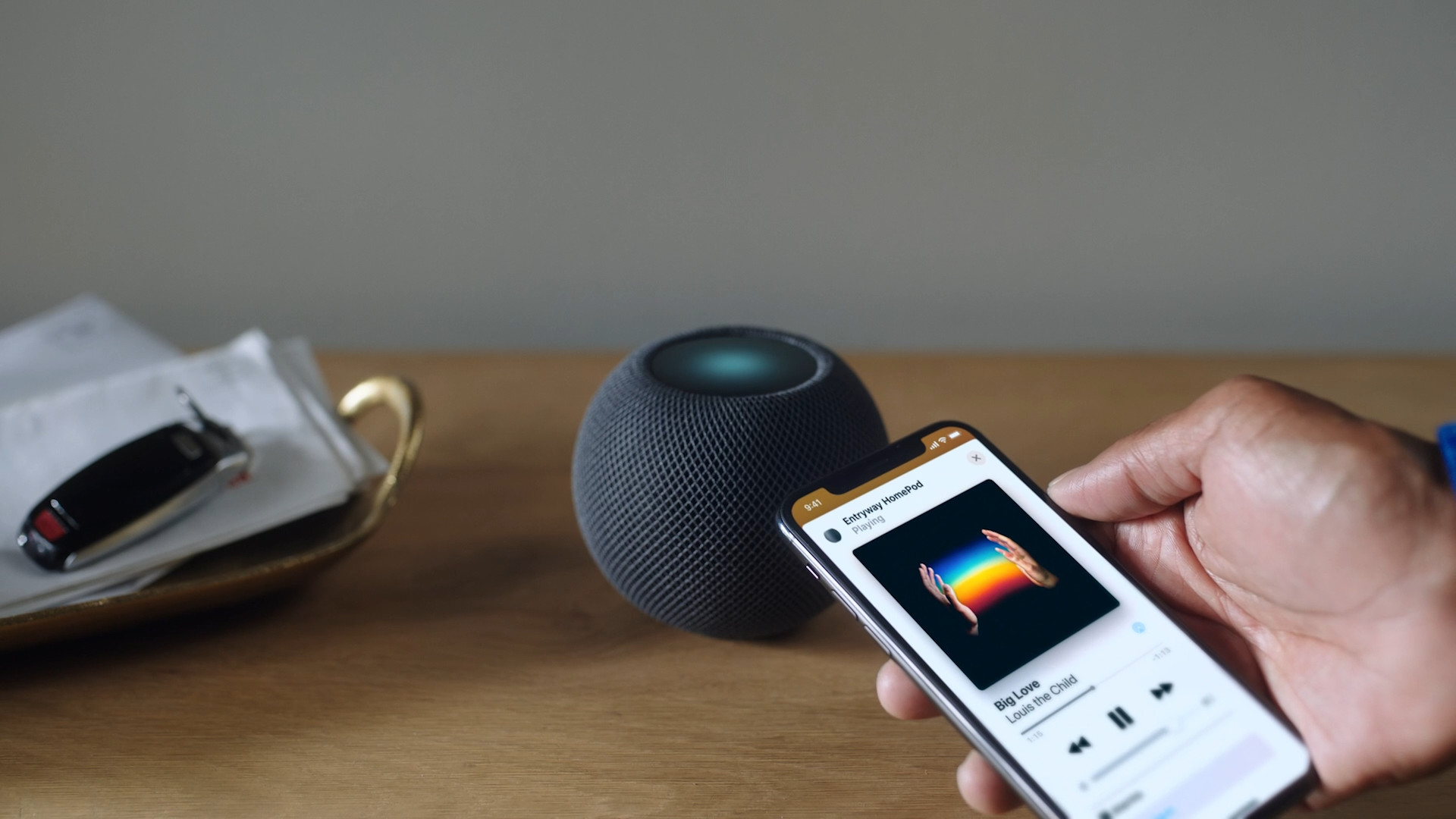
Design and processing
The entire new fleet of iPhones has received a complete redesign of the chassis design. Apple decided to unite iPads with iPhones in terms of design, so we said goodbye to the rounded shape of the new Apple phones for good. This means that the body of the new iPhone 12 is completely angular, just like the iPad Pro (2018 and later) or the fourth-generation iPad Air, which will go on sale soon. Another good news is that the apple company has decided to change the color treatment of the new iPhone 12. If we look at the iPhone 12 and 12 mini, we will find that there are black, white, red (PRODUCT)RED, blue and green colors available.
In terms of dimensions, the larger iPhone 12 is 146,7 mm x 71,5 mm x 7,4 mm, while the smallest iPhone 12 mini has dimensions of 131,5 mm x 64,2 mm x 7,4 mm. The weight of the larger "twelve" is then 162 grams, the smaller brother weighs only 133 grams. On the left side of both mentioned iPhones you will find the buttons for volume control together with the mode switch, on the right side there is the power button together with the nanoSIM slot. On the bottom you will find the holes for the speaker and the Lightning charging connector. On the back, you will find nothing but the camera module. Both mentioned iPhones are resistant to dust and water, as evidenced by the IP68 certification (up to 30 minutes at a depth of up to 6 meters). Of course, don't expect the option to expand using an SD card. Security is implemented in both models using Face ID.
Display
One of the biggest differences between last year's iPhone 11 and the 11 Pro series was the display. The classic "eleven" had an ordinary LCD display, which was highly criticized after the introduction. In fact, it turned out that this display is not bad at all - the individual pixels were definitely not visible and the colors were stunning. Even so, the Californian giant has decided that this year all new Apple phones will offer the now standard OLED display. The latter offers perfect color rendering and, compared to the LCD display, displays black by completely turning off specific pixels, which can also save energy with dark mode. The iPhone 12 and 12 mini therefore received an OLED display, which Apple refers to as Super Retina XDR. The larger "twelve" has a 6.1" large display, the smaller 12 mini has a 5.4" display. The resolution of the 6.1″ display on the iPhone 12 is 2532 × 1170 pixels, so the sensitivity is 460 pixels per inch. The smaller iPhone 12 mini then has a resolution of 2340 x 1080 pixels and a sensitivity of 476 pixels per inch – purely for curiosity's sake, this means that the iPhone 12 mini has the finest display of the entire fleet of four. Both models then support HDR 10, True Tone, P3 wide color range, Dolby Vision and Haptic Touch. The contrast ratio of the displays is 2:000, the maximum typical brightness is 000 nits, and in HDR mode up to 1 nits. There is an oleophobic treatment against smudges.
The front glass of the display was then developed specifically for Apple with Corning, the company behind the world-famous Gorilla Glass. All iPhones 12 have a special Ceramic Shield hardened glass. As the name suggests, this glass is enriched with ceramics. Specifically, ceramic crystals are deposited at a high temperature, which ensures significantly greater durability - you won't find anything like it on the market. Specifically, this glass is up to 4 times more resistant to falling.
Performance
The entire fleet of new iPhone 12 has an A14 Bionic processor from the workshop of the Californian giant itself. It should be noted that we already saw the introduction of this processor at the conference in September - namely, the fourth generation iPad Air was the first to receive it. To be precise, this processor offers 6 computing cores and 4 graphics cores and is constructed with a 5nm manufacturing process. The A14 Bionic processor includes 11,8 billion transistors, which is a 13% increase compared to the A40 Bionic, and the performance itself has increased by an incredible 50% compared to its predecessor. Even with this processor, Apple focused on machine learning, as the A14 Bionic offers 16 cores of the Neural Engine type. Also interesting is the fact that this processor can perform 11 trillion operations per second. Unfortunately, we do not yet know how much RAM memory the new iPhone 12 and 12 mini have - however, we will of course receive this information soon and will inform you.
5G support
All new "twelve" iPhones have finally received support for the 5G network. Currently, there are two types of 5G networks available in the world – mmWave and Sub-6GHz. As for mmWave, it is currently the fastest 5G network that exists. Transmission speeds in this case reach a respectable 500 Mb/s, but on the other hand, the introduction of mmWave is very expensive, and besides, mmWave only has a range of about one block, with a direct view of the transmitter. Just a single obstacle between your device and the mmWave transmitter and the speed immediately drops to a minimum. This type of 5G is currently only available in the United States. The second mentioned Sub-6GHz type, which offers a transmission speed of around 150 Mb/s, is much more common. Compared to mmWave, the transmission speed is several times lower, but Sub-6GHz is much cheaper to implement and operate, and it is also available in the Czech Republic, for example. The range is then much greater and besides this type of 5G there are no problems or obstacles.
Camera
The iPhone 12 and 12 mini also received a redesign of the double photo system. Specifically, users can look forward to a 12 Mpix wide-angle lens with an aperture of f/1.6 and a 12 Mpix ultra-wide-angle lens with an aperture of f/2.4 and a field of view of up to 120 degrees. Thanks to the ultra-wide-angle lens, 2x optical zoom is possible, then digital zoom is up to 5x. Despite the fact that this pair of iPhones does not have a telephoto lens, it is possible to take portrait photos with them - in this case, the background is blurred by software. The wide-angle lens then offers optical image stabilization and is seven-element, the ultra-wide-angle camera is five-element. In addition to the lenses, we also got a brighter True Tone flash, and the possibility of creating a panorama of up to 63 Mpix is not missing. Both the wide-angle and ultra-wide-angle lenses offer Night Mode Deep Fusion and Smart HDR 3. As for video recording, it is possible to shoot HDR video in Dolby Vision at up to 30 FPS, or 4K video at up to 60 FPS. Slow motion video recording is possible in 1080p resolution at up to 240 FPS. There is also time-lapse shooting in night mode.
As for the front camera, you can look forward to a 12 Mpix lens with an aperture of f/2.2. This lens does not lack a portrait mode, and it goes without saying that Animoji and Memoji are supported. In addition, the front camera boasts Night Mode, Deep Fusion and Smart HDR 3. With the front camera, you can shoot HDR video in Dolby Vision at 30 FPS, or 4K video at up to 60 FPS. You can then enjoy slow-motion video at 1080p up to 120 FPS. It goes without saying that QuickTake and Live Photos are supported, and the front "display" Retina Flash has also been improved.
It could be interest you

Charging and battery
For now, unfortunately, we cannot say how big a battery the iPhone 12 and 12 mini have. However, according to available information, the battery size of the iPhone 12 will be similar to its predecessor, we can only speculate about the iPhone 12 mini. The iPhone 12 can handle up to 17 hours of video playback, 11 hours of streaming or 65 hours of audio playback on a single charge. The smaller iPhone 12 mini can then play up to 15 hours of video, 10 hours of streaming and 50 hours of audio playback on a single charge. Both models have a lithium-ion battery, there is support for MagSafe with a power consumption of up to 15 W, classic wireless Qi can then charge with a power of up to 7,5 W. If you decide to buy a 20 W charging adapter, you can charge up to 50% of the capacity in 30 minutes. It should be noted that the adapter and EarPods headphones are not part of the package of any new iPhone.
Price, storage and availability
If you are interested in the iPhone 12 or iPhone 12 mini and are considering a purchase, then you should still know how much you have to prepare for it and which storage option you will go for. Both the two models are available in 64 GB, 128 GB and 256 GB variants. You can buy the larger iPhone 12 for 24 crowns for the 990 GB variant, 64 crowns for the 26 GB variant, and the top 490 GB variant will cost you 128 crowns. If you like the tiny iPhone 256 mini more, prepare 29 crowns for the basic 490 GB variant, the golden middle path in the form of a 12 GB variant will cost you 21 crowns, and the top variant with 990 GB storage will cost you 64 crowns. You will be able to pre-order the iPhone 128 on October 23, the smaller sibling in the form of the 490 mini until November 256.
Newly introduced Apple products will be available for purchase at, for example Alge, Mobile Emergency or u iStores
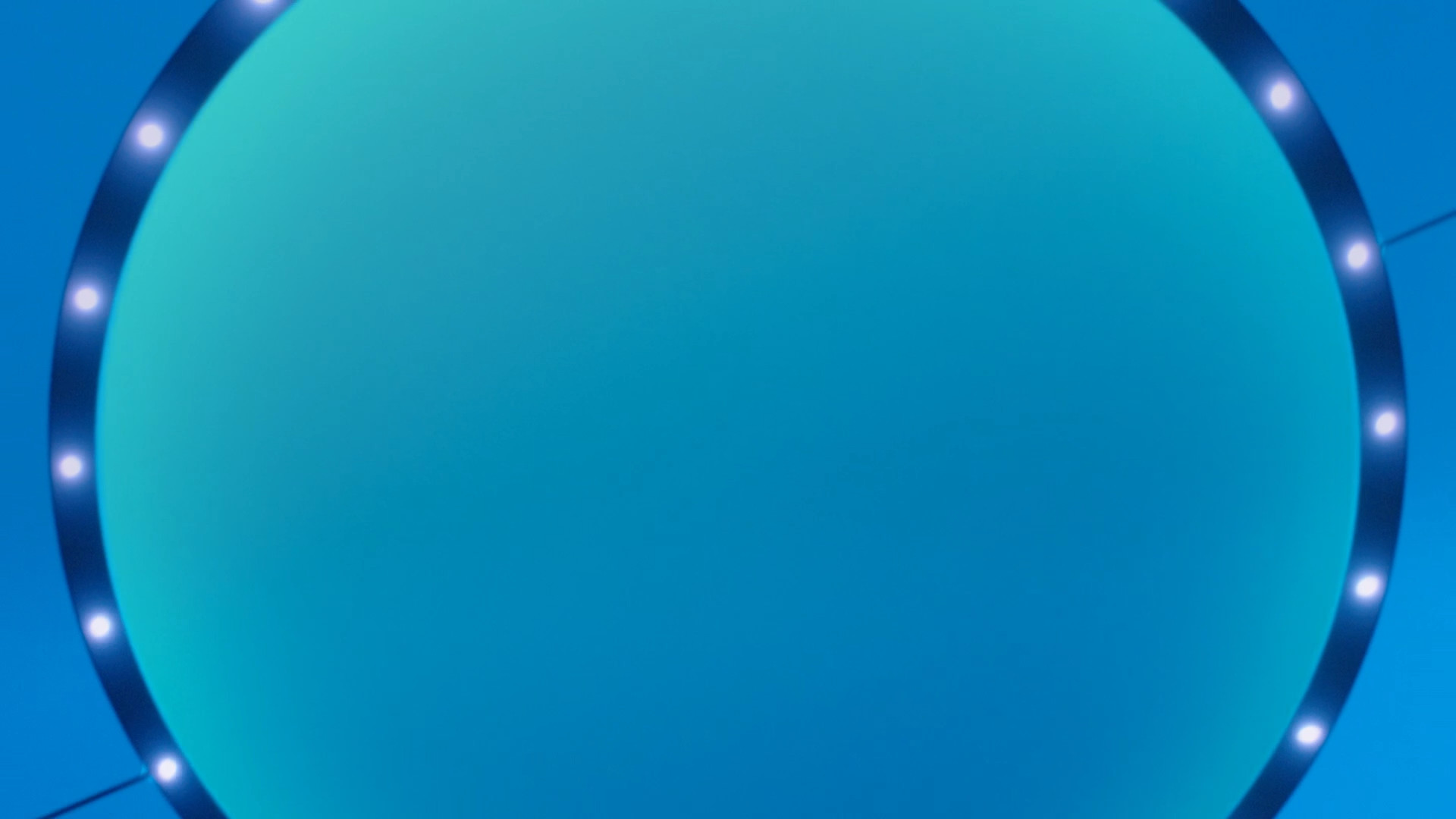
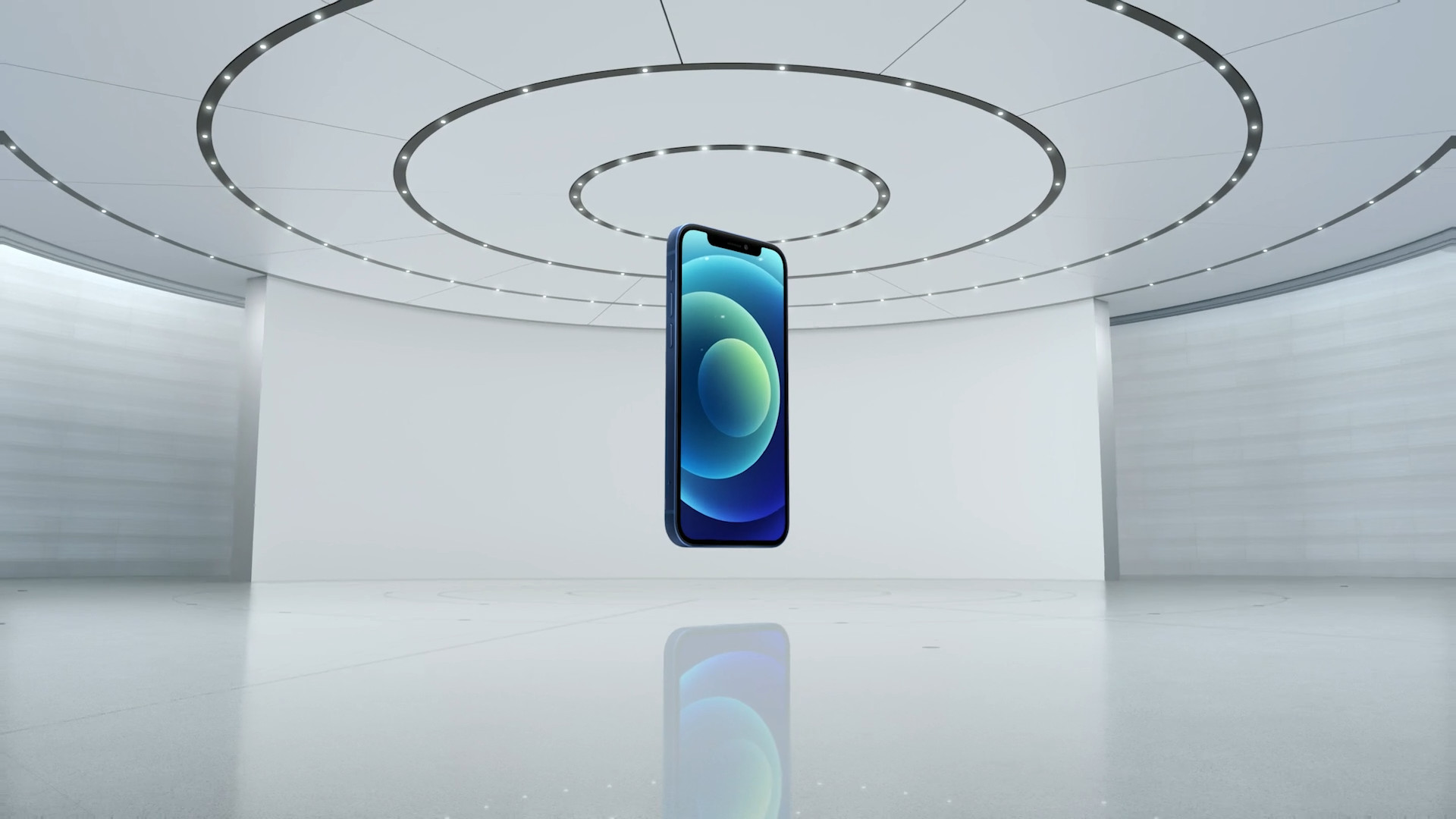
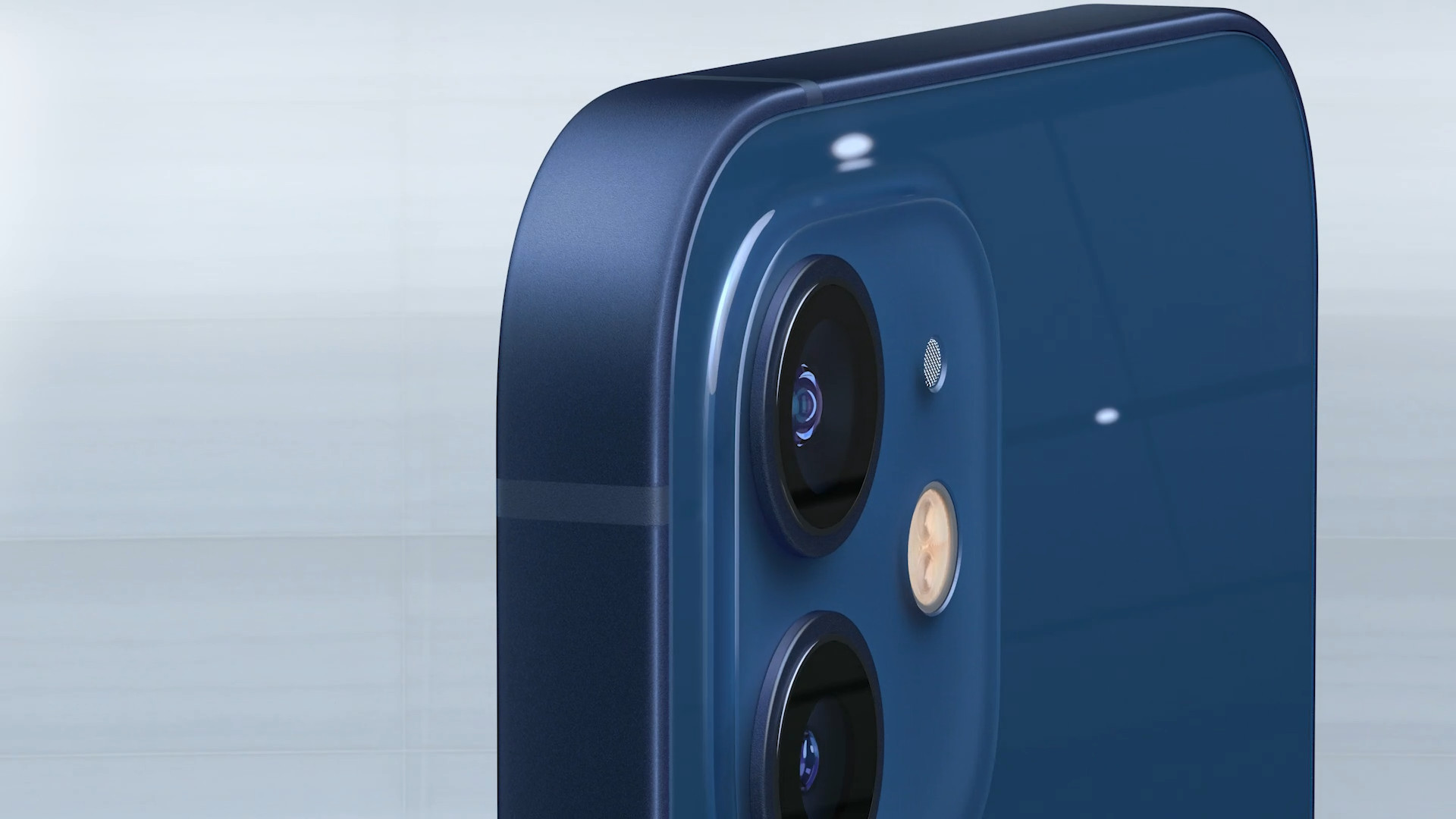
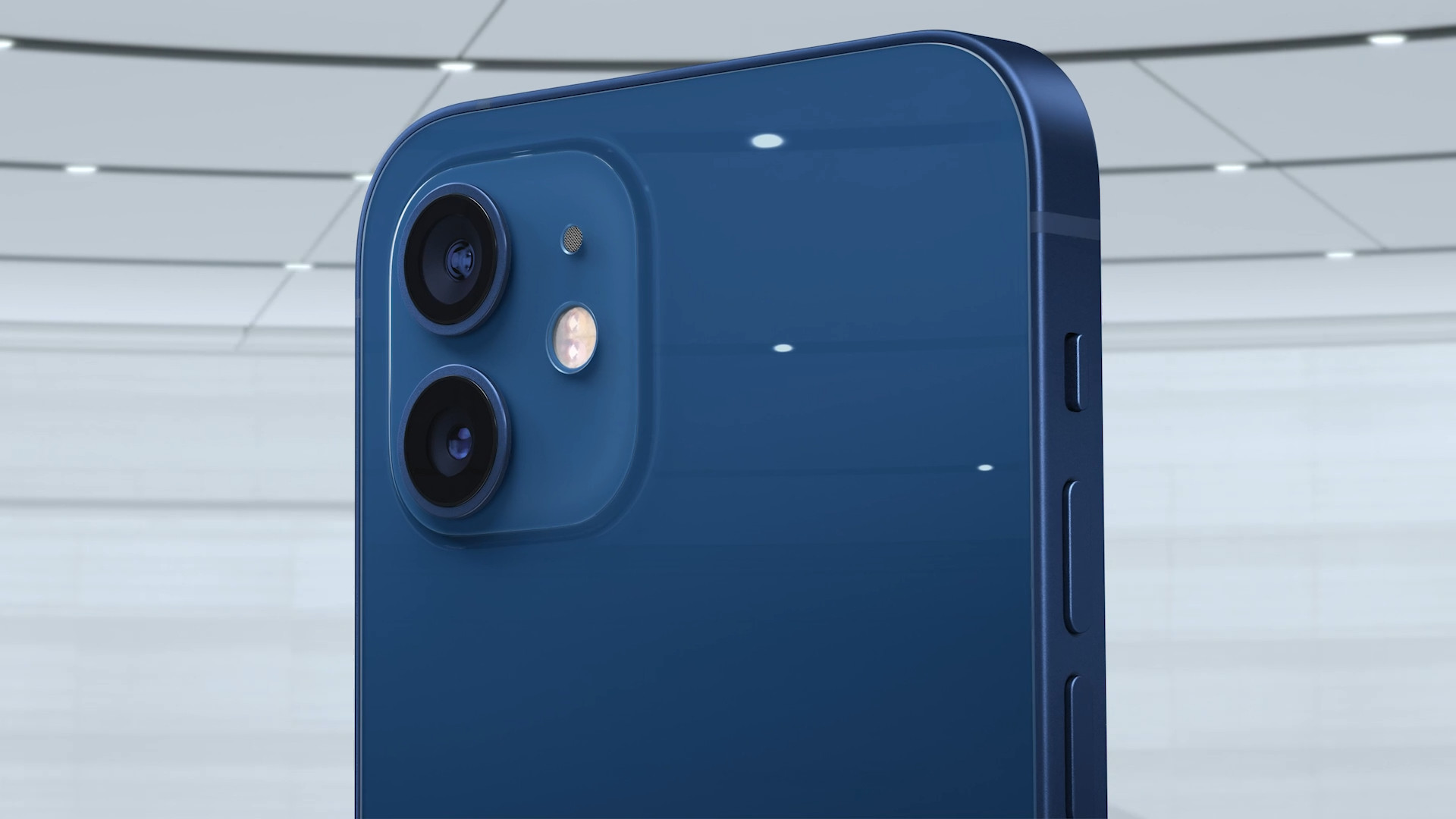
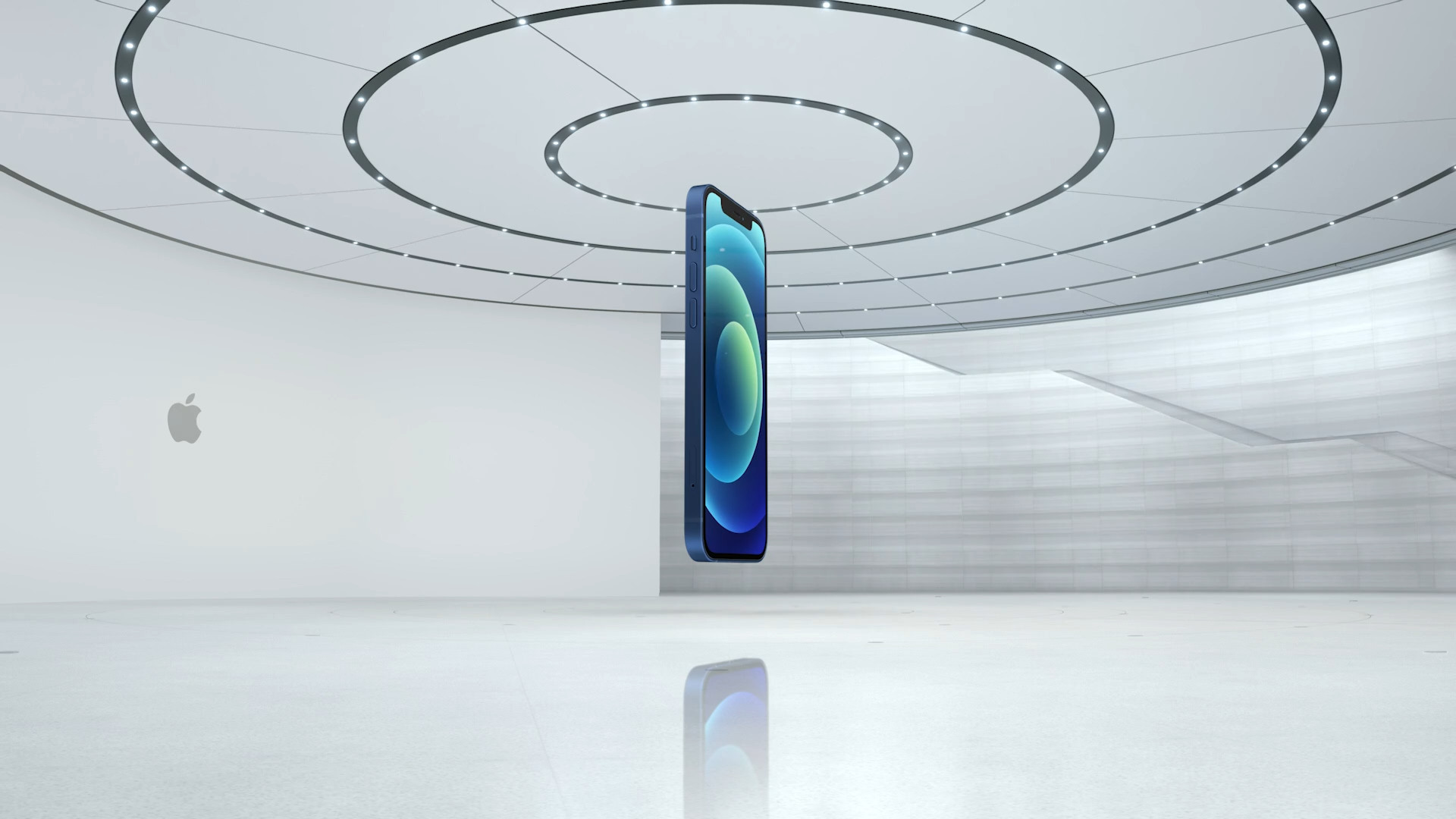
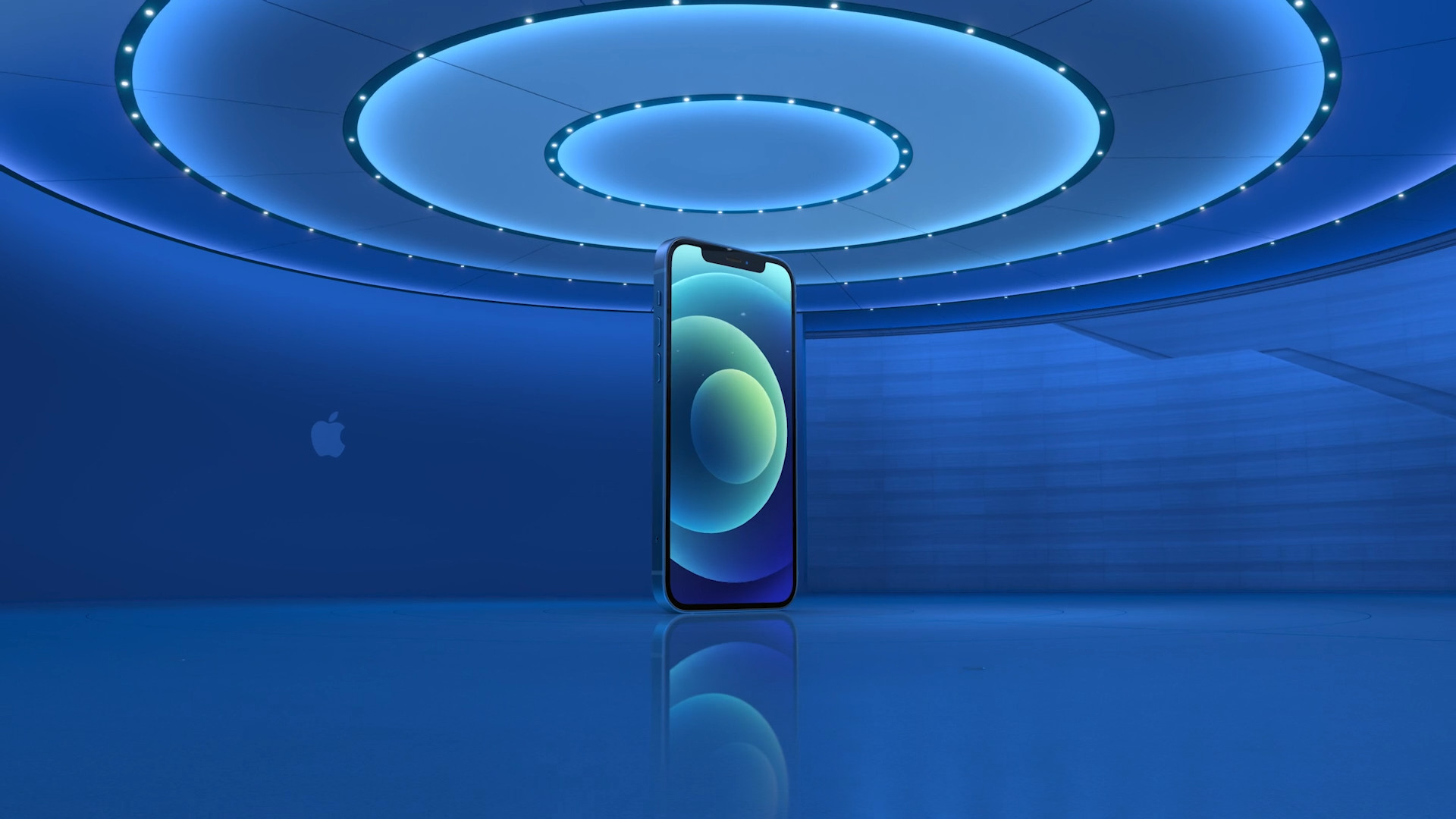
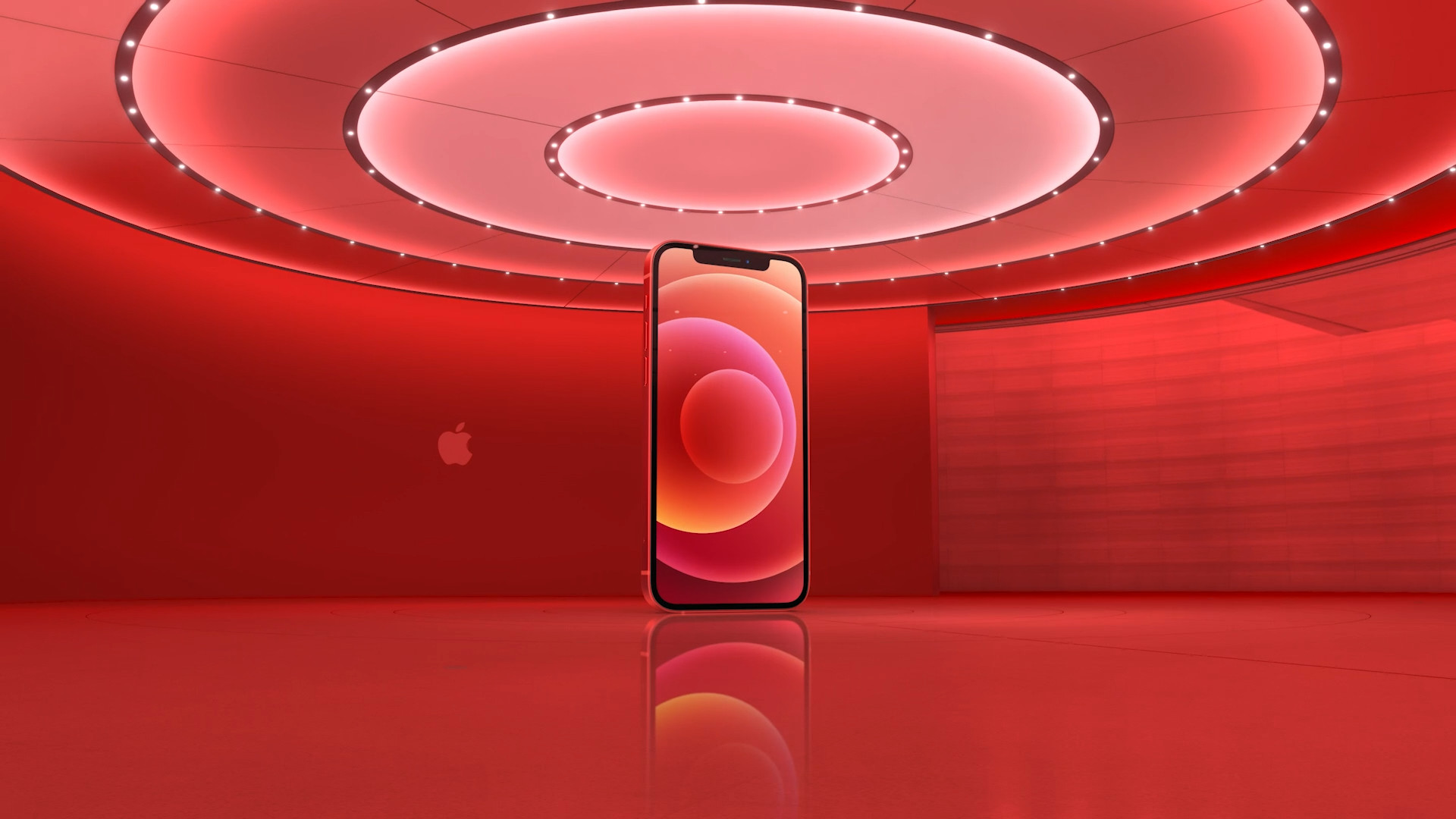
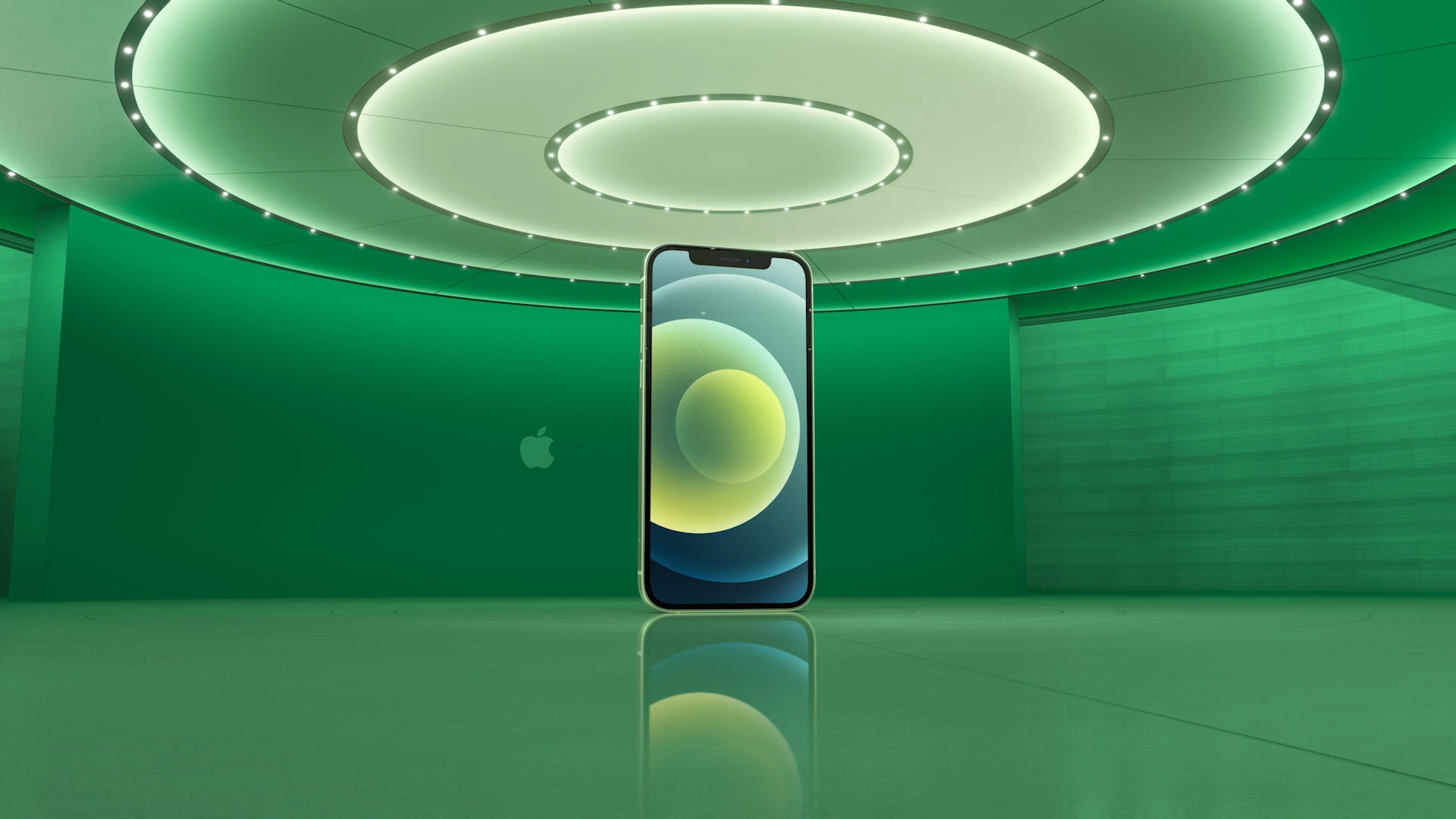
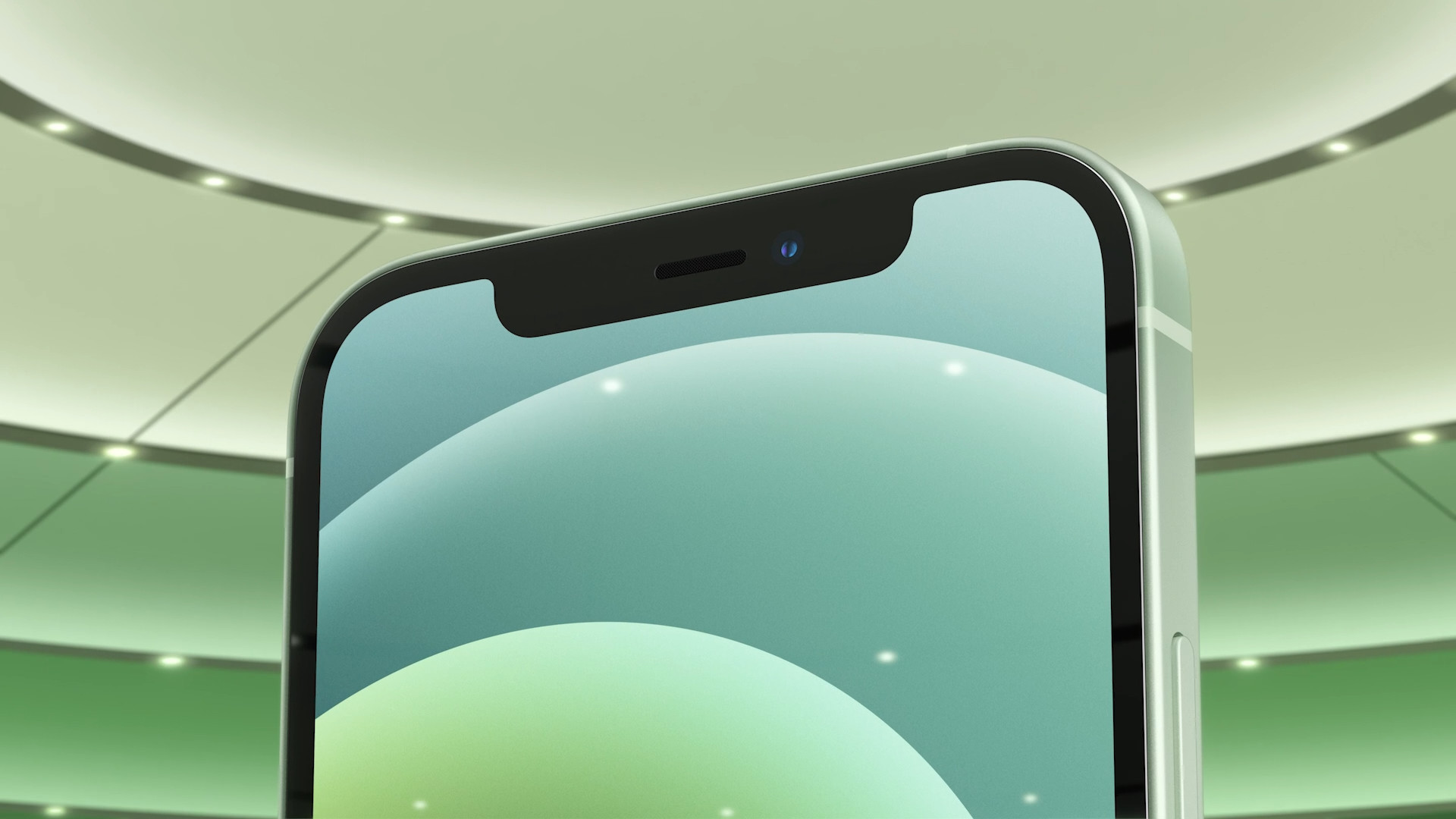

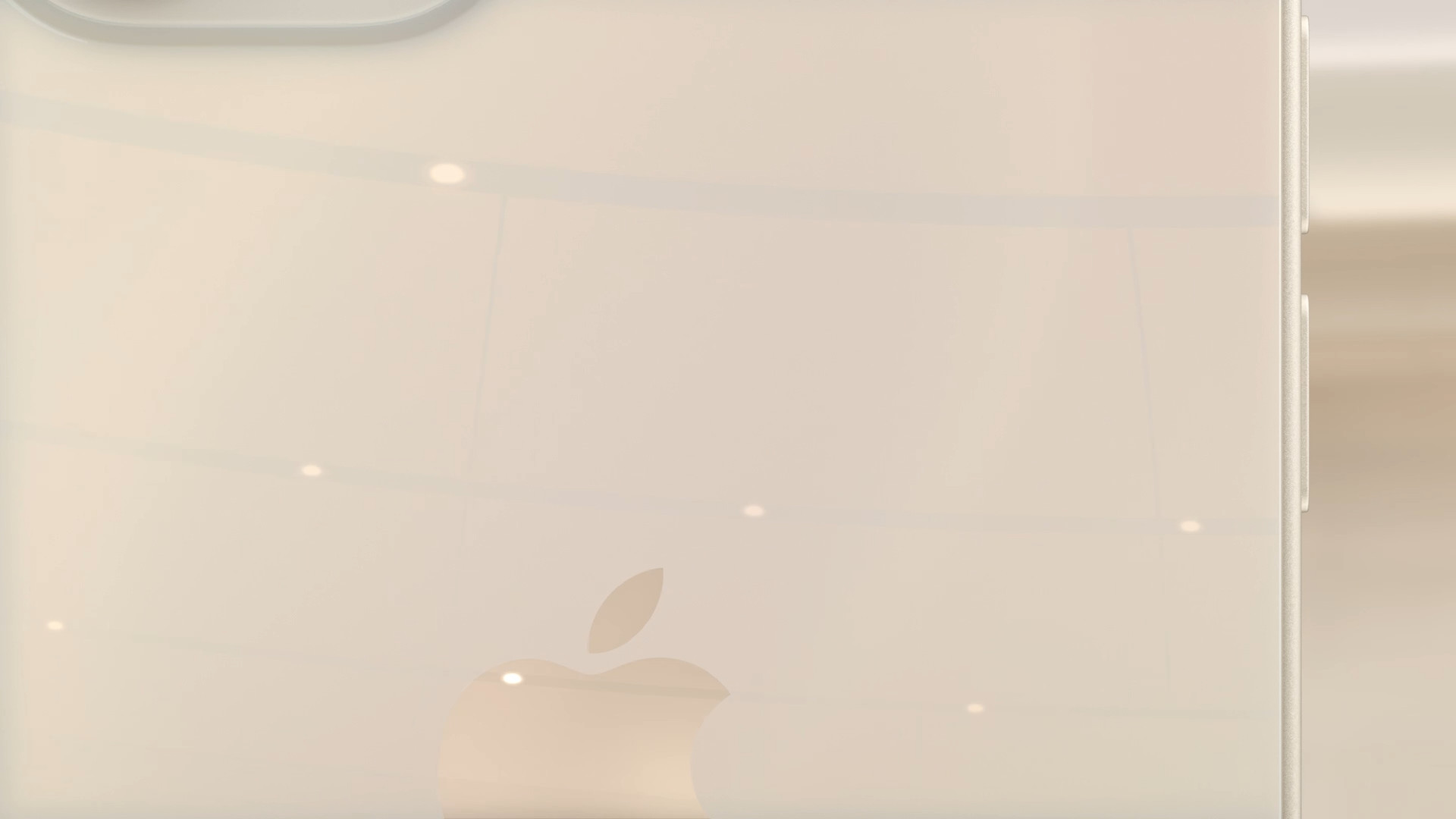
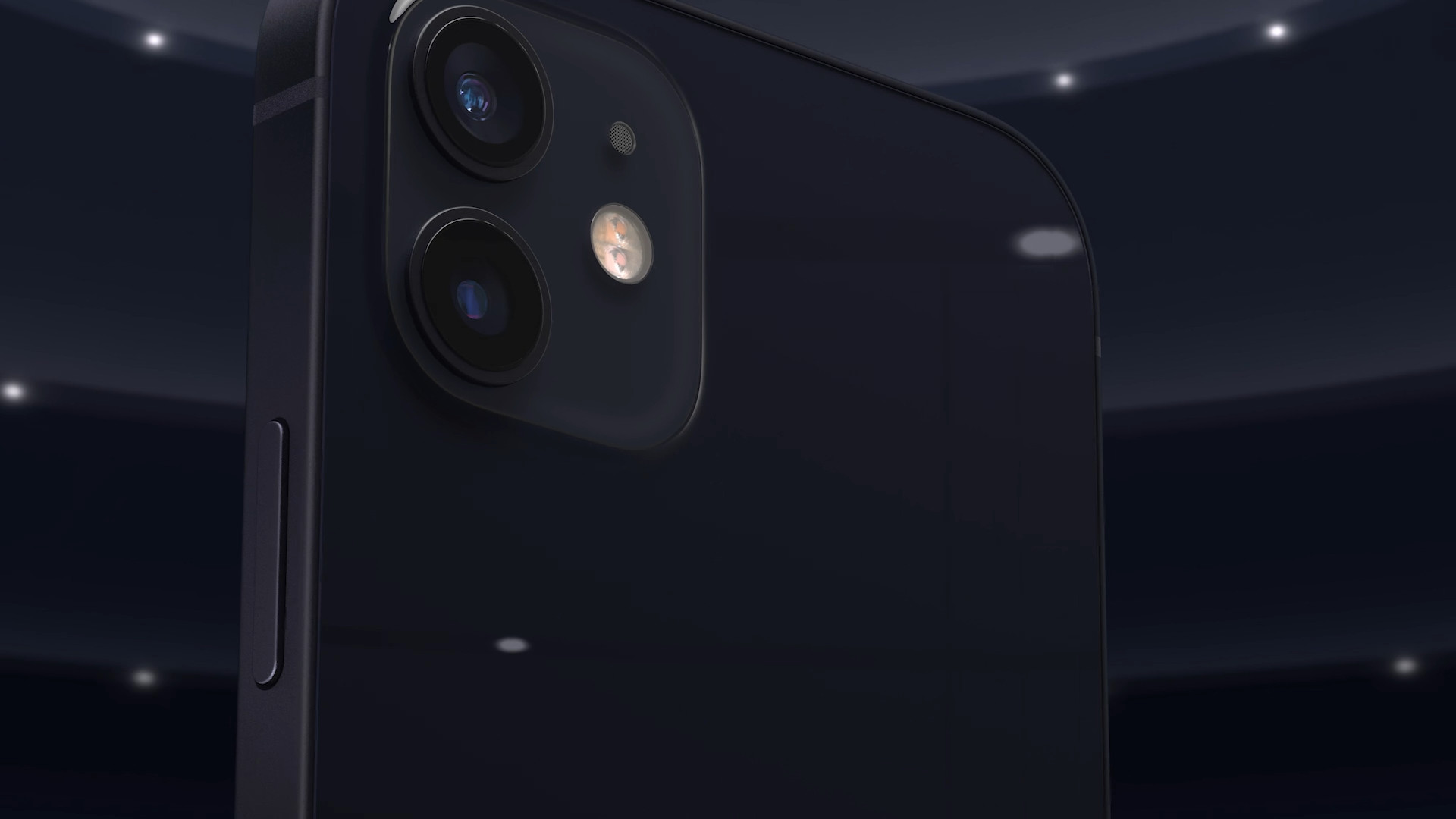
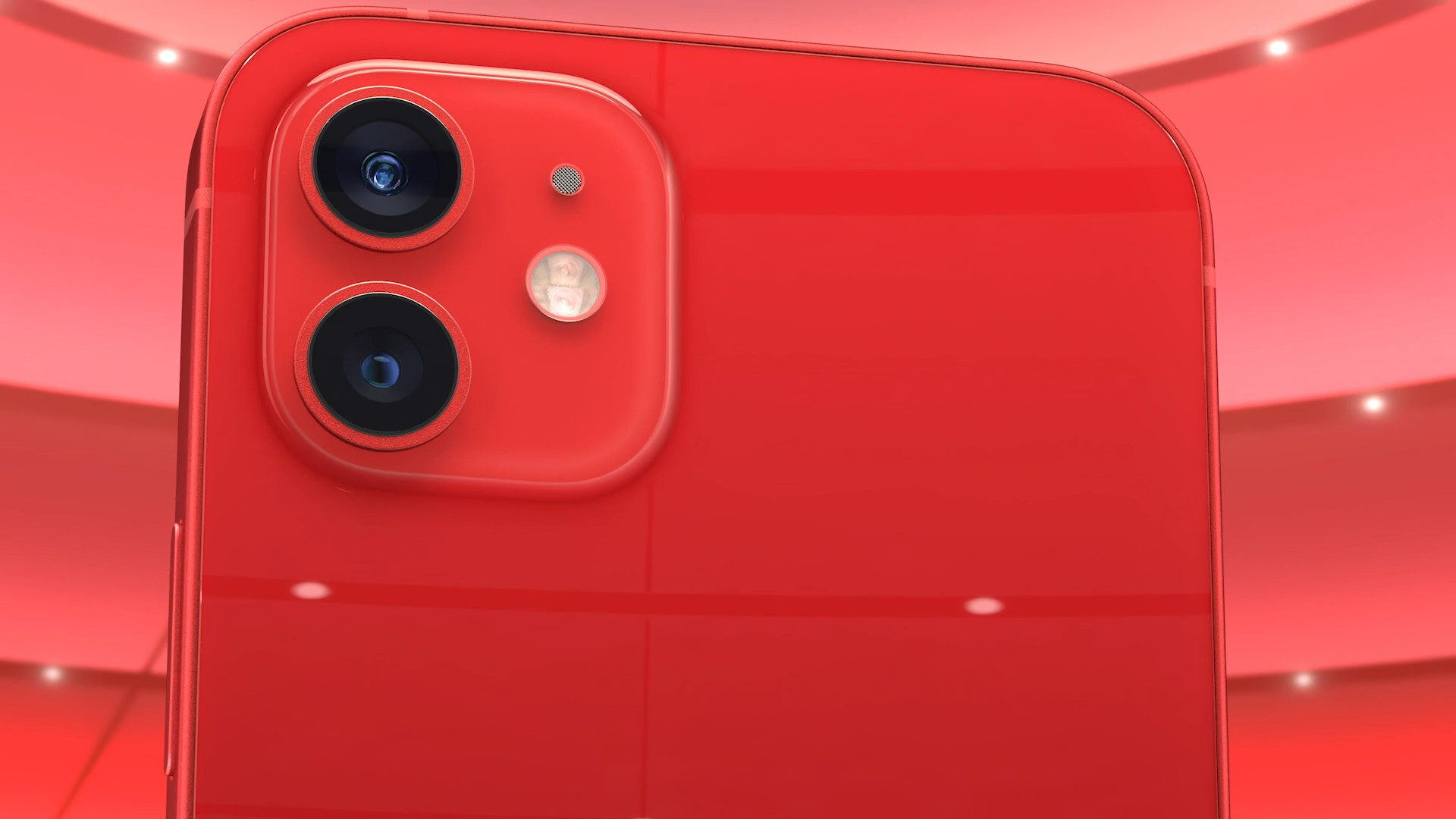



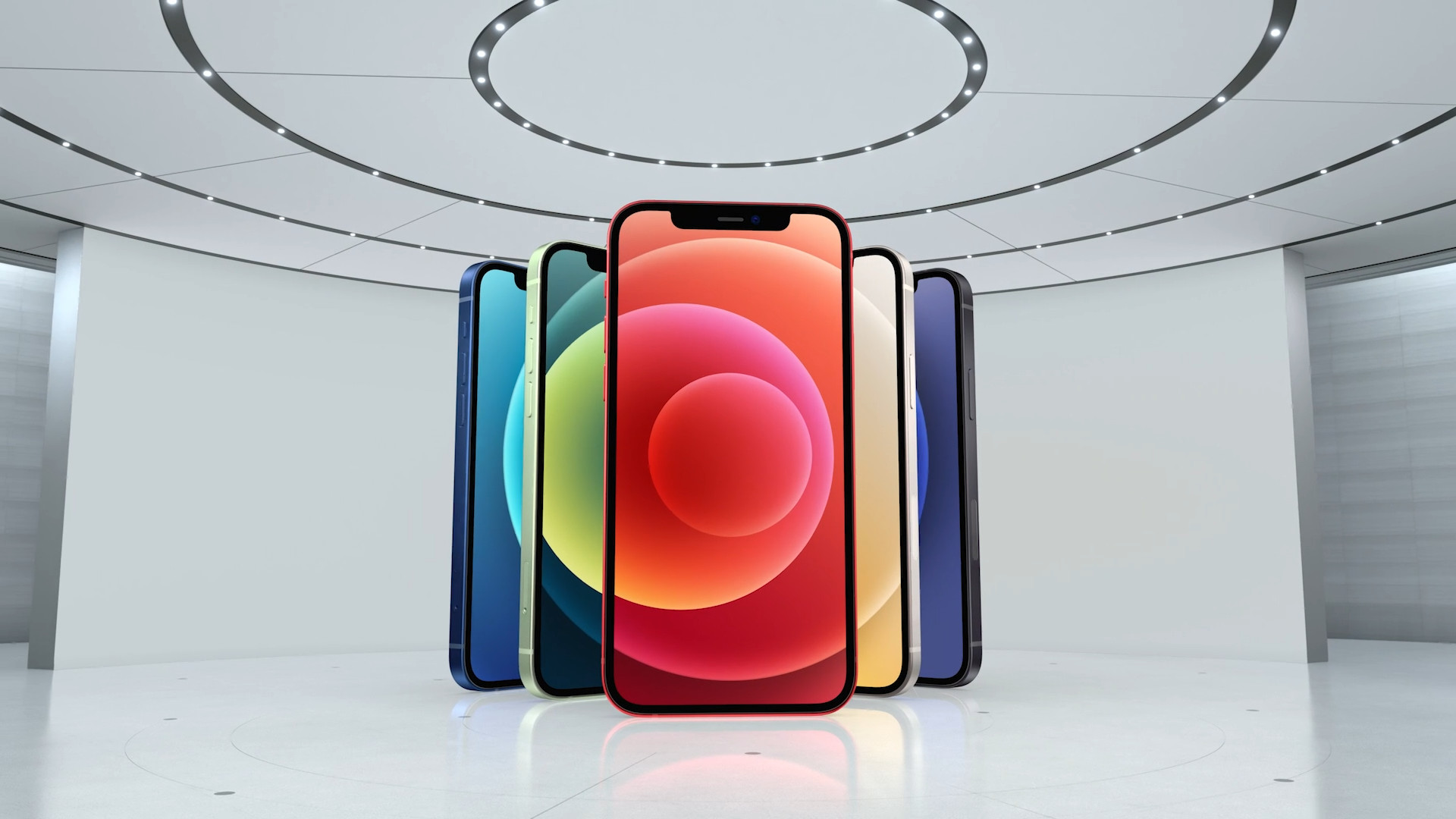

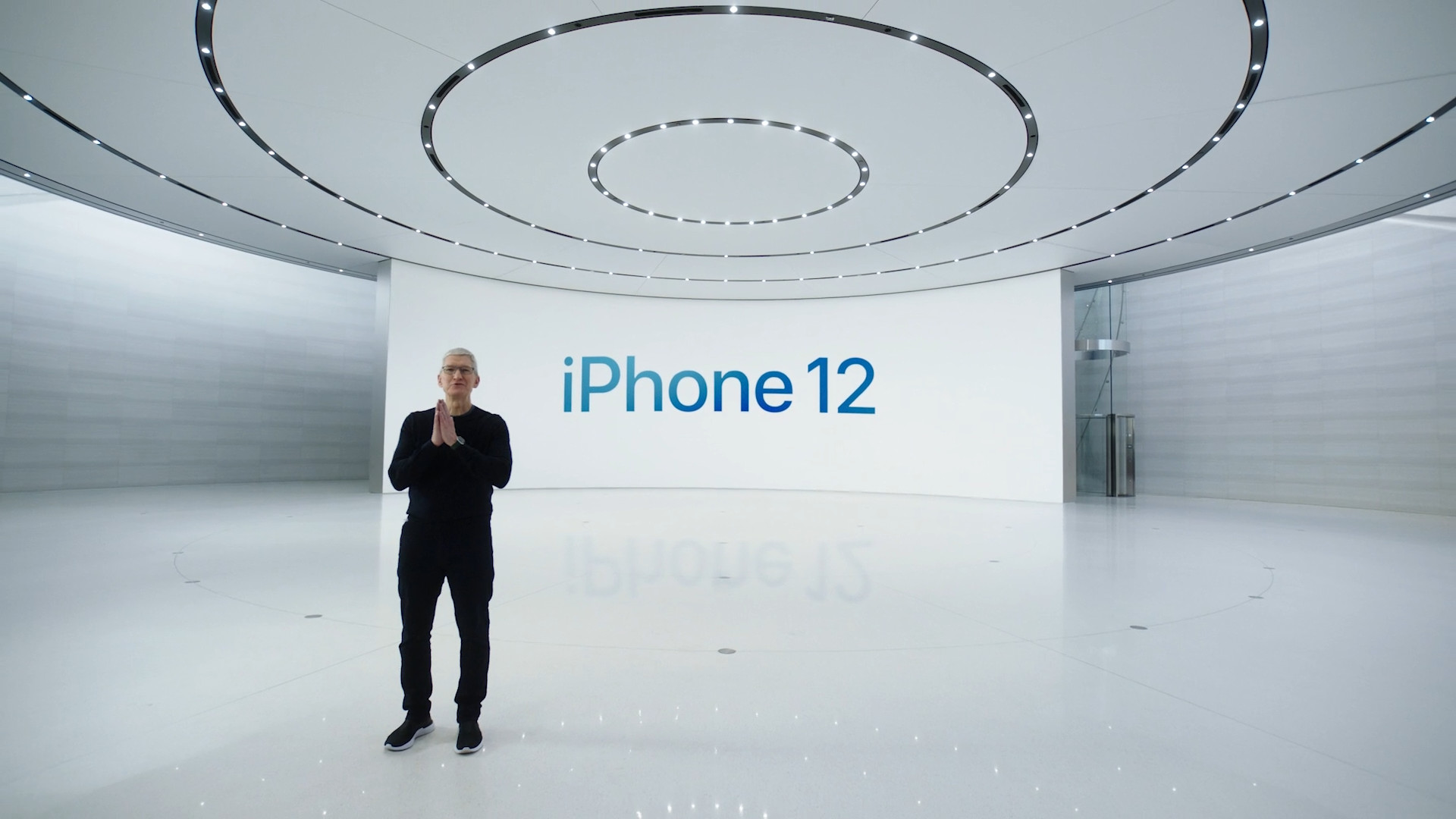
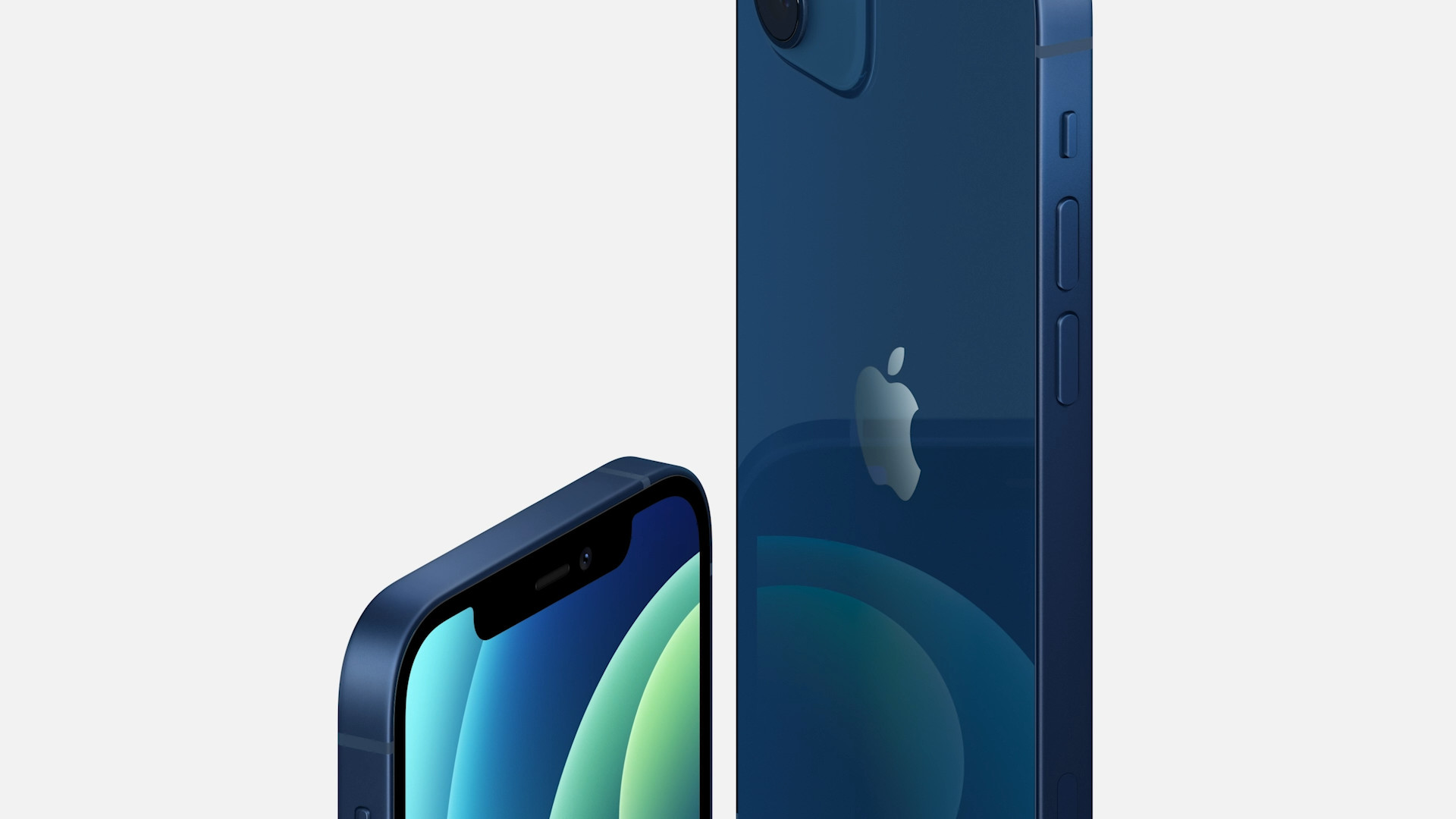

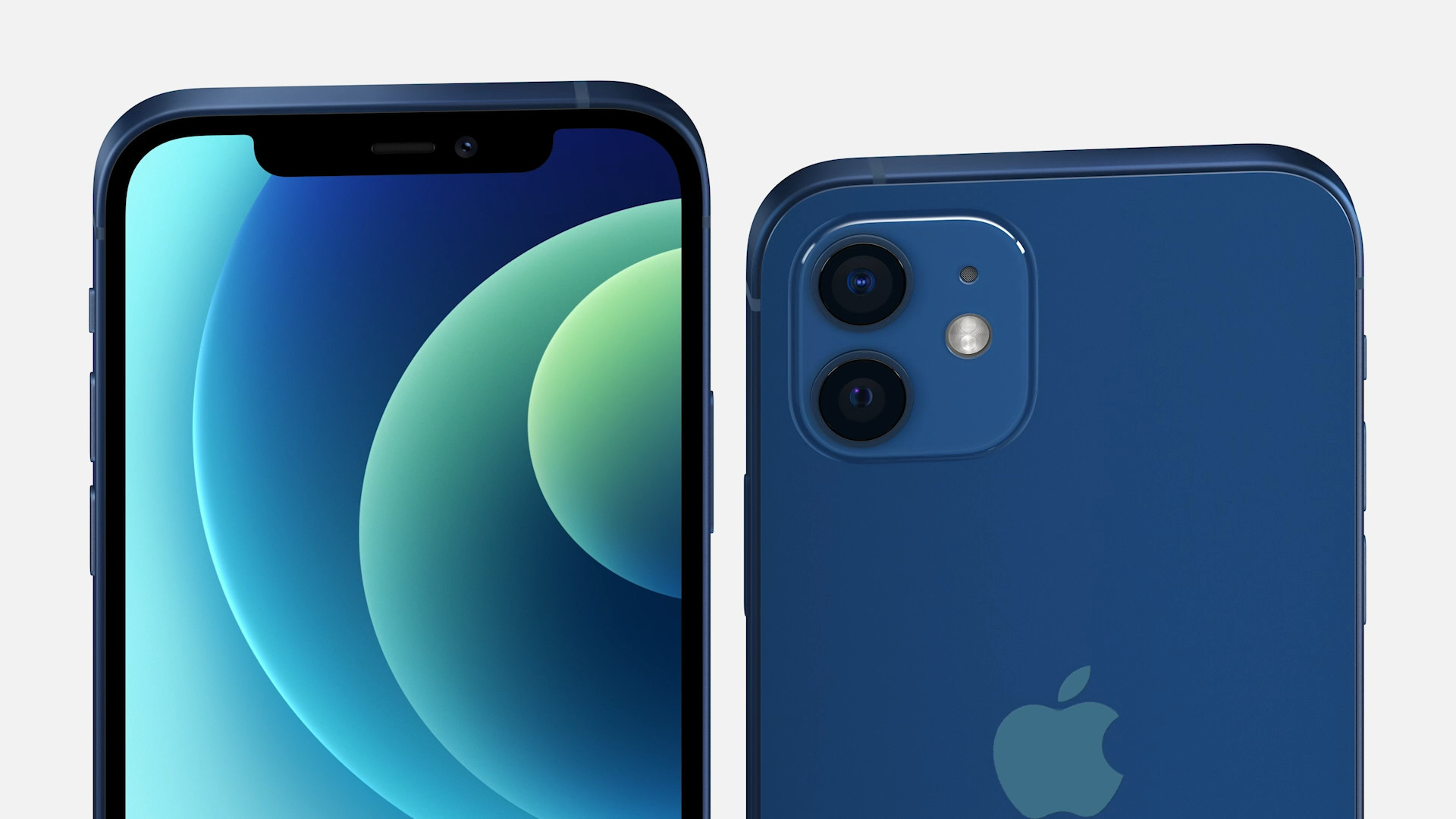
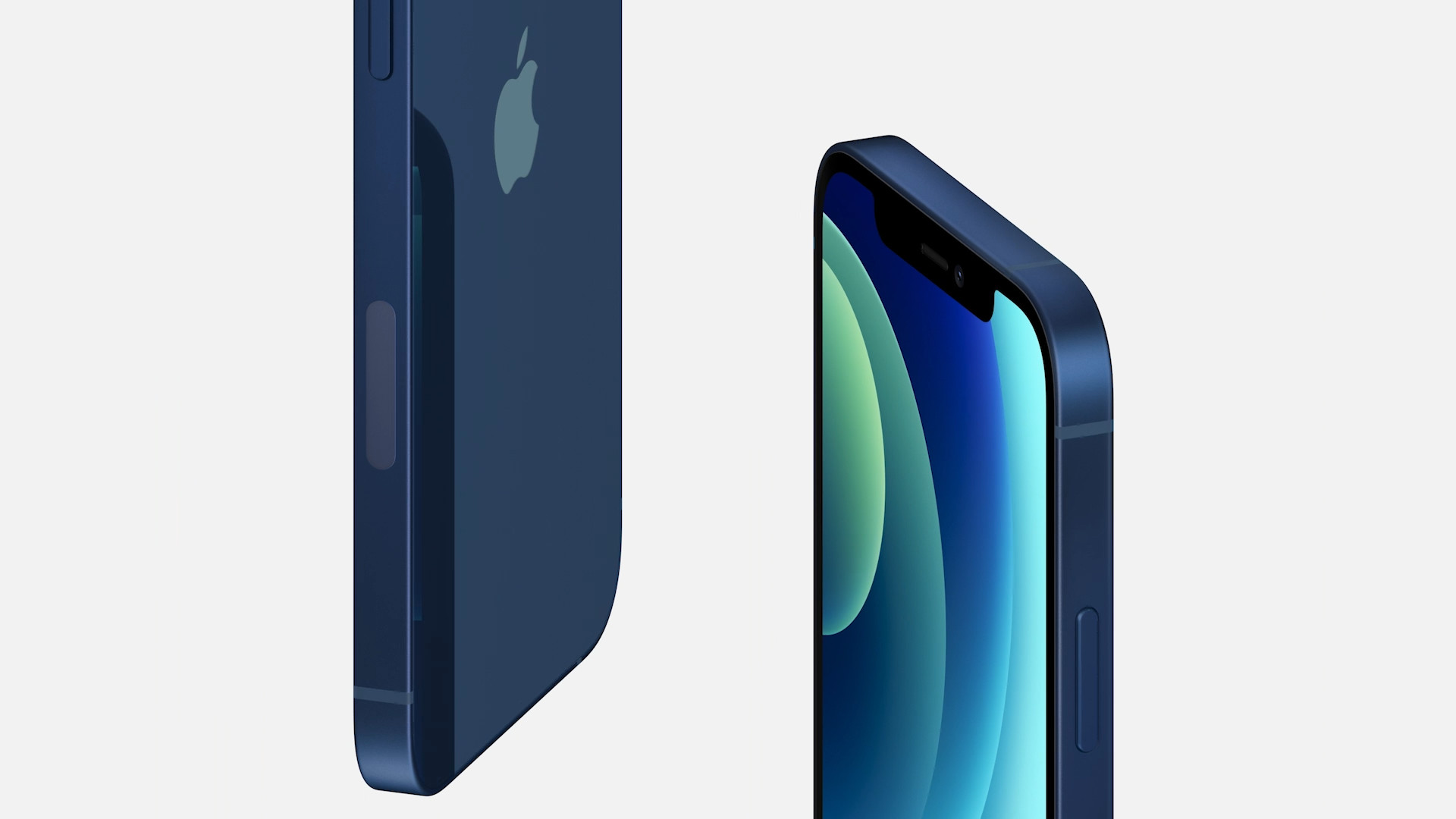
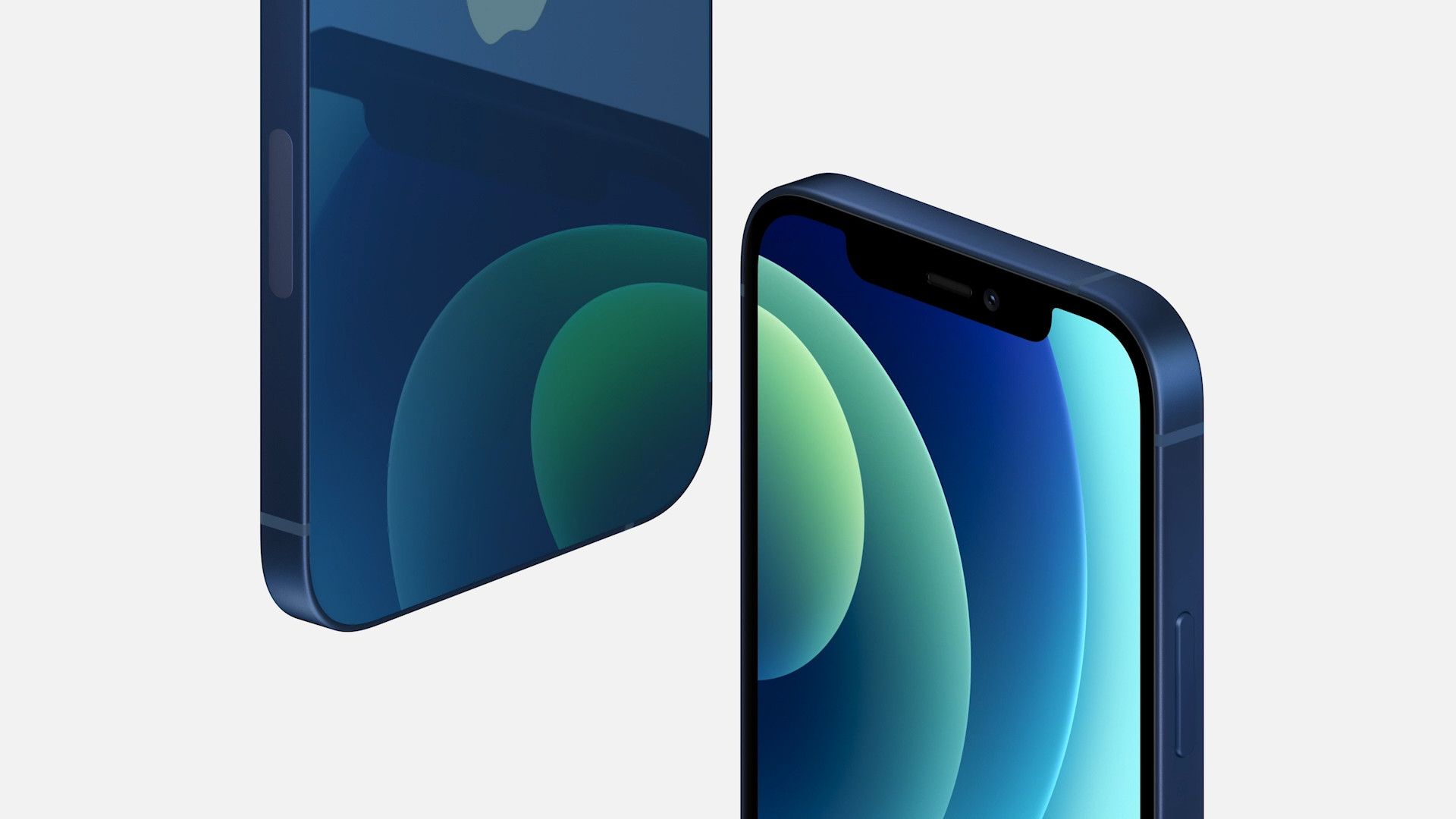
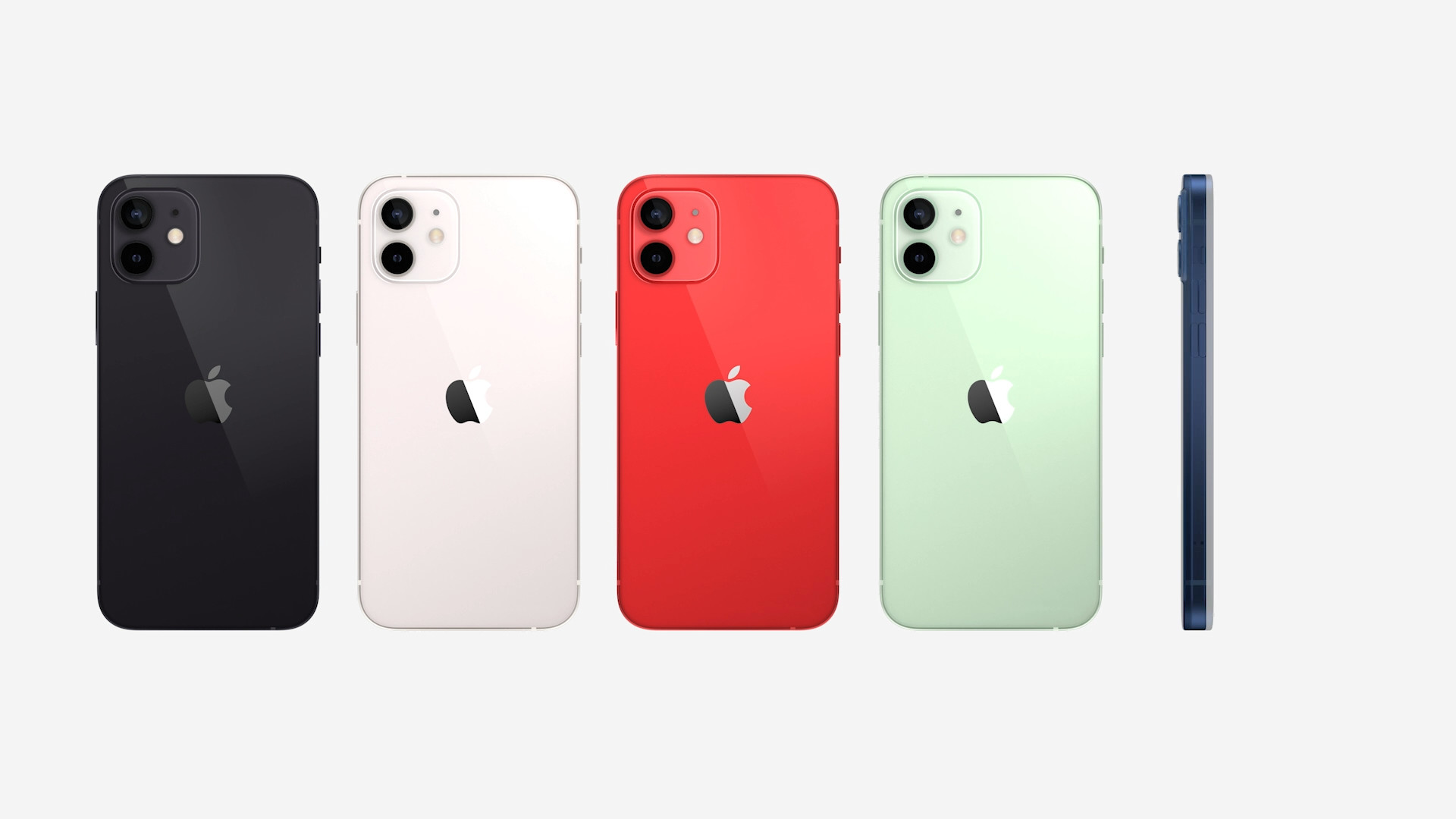
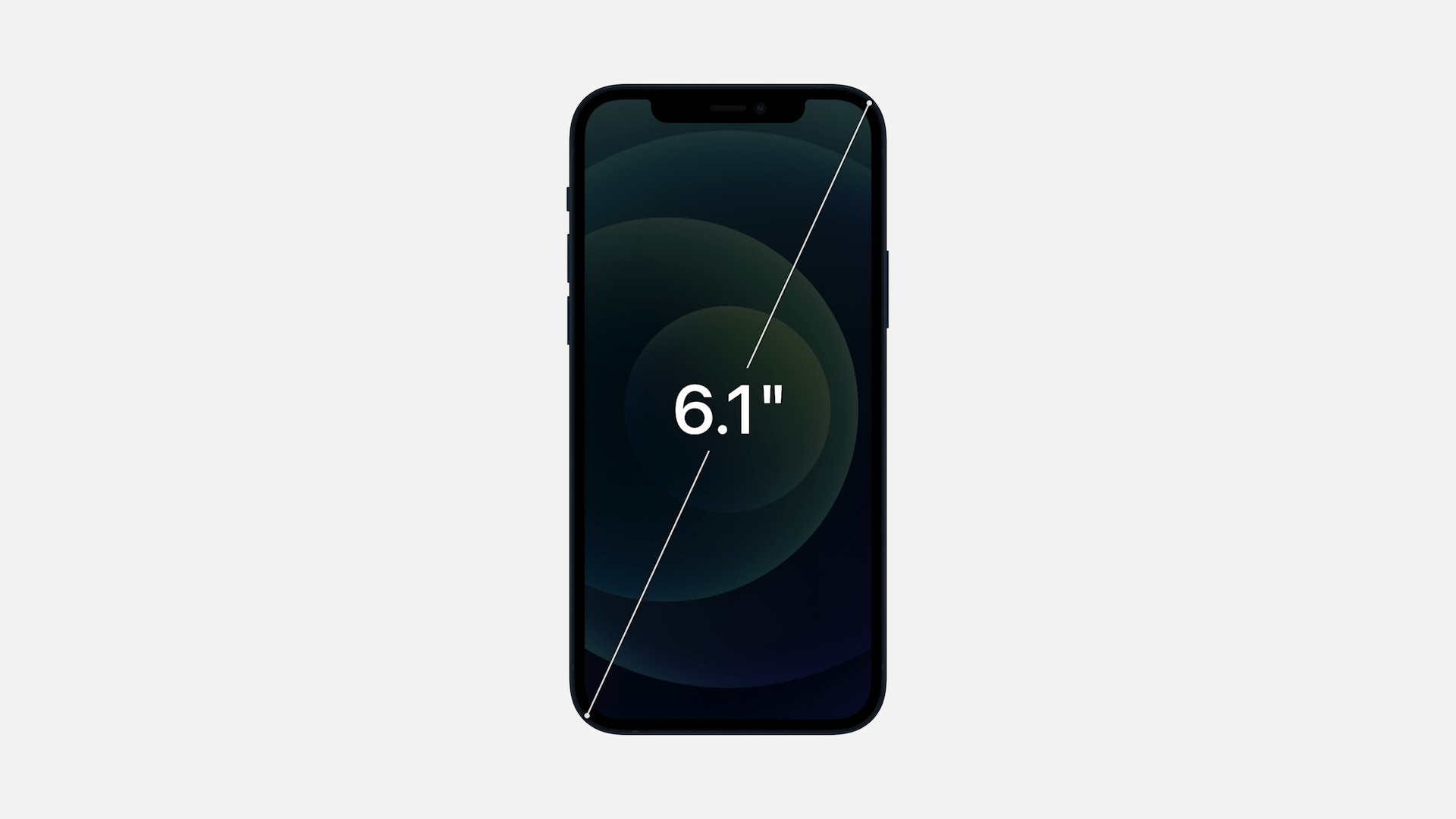
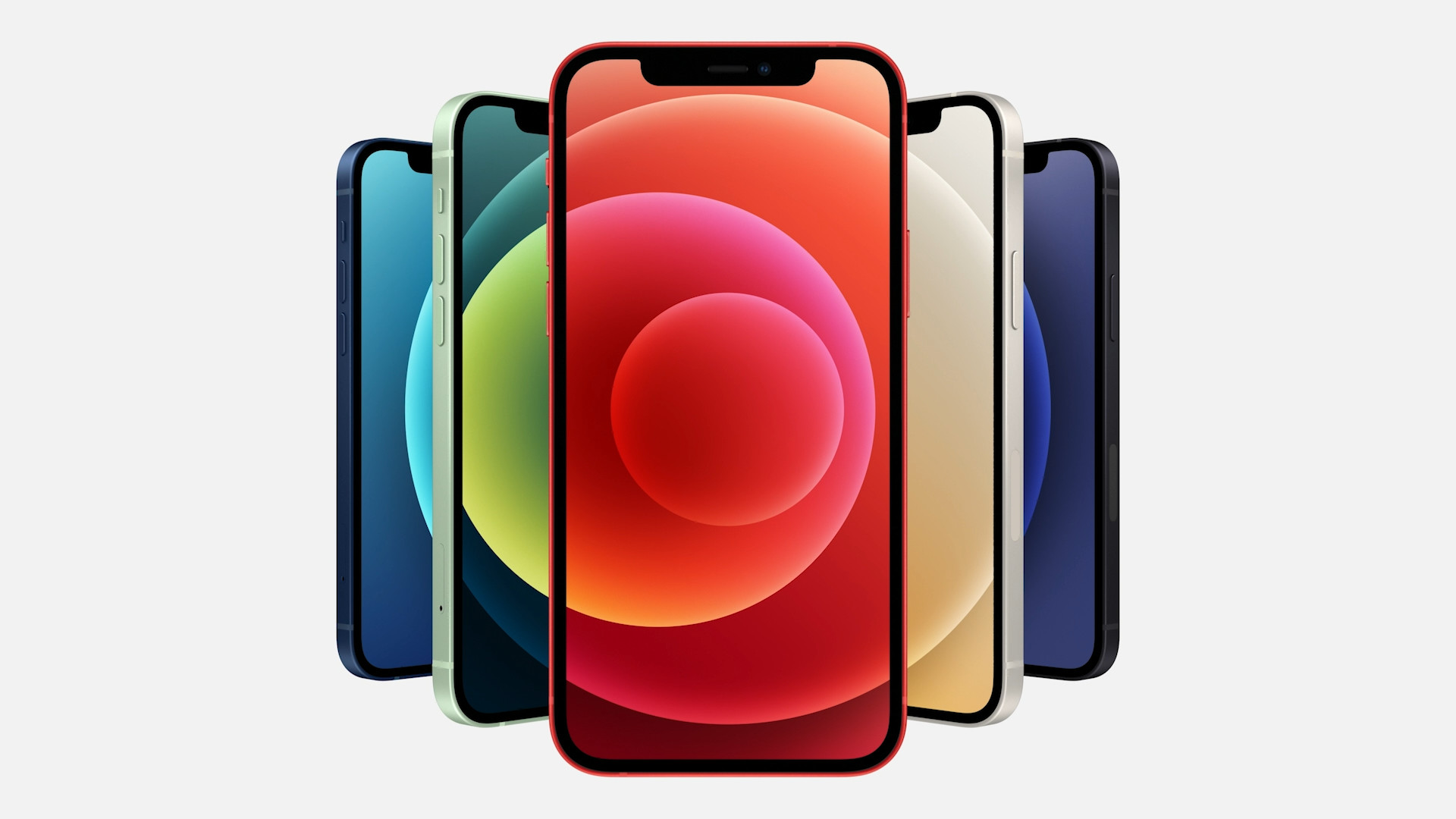
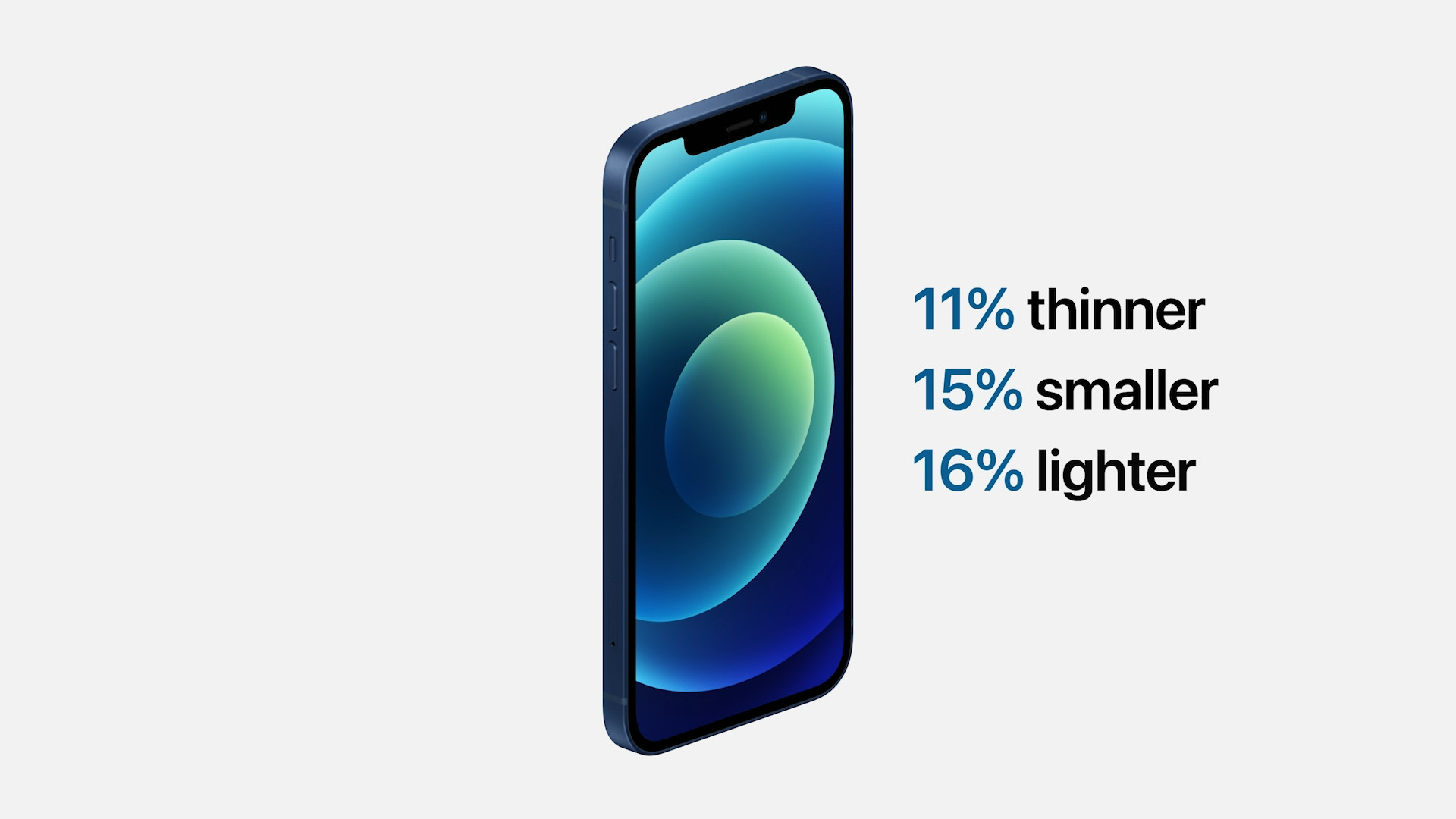



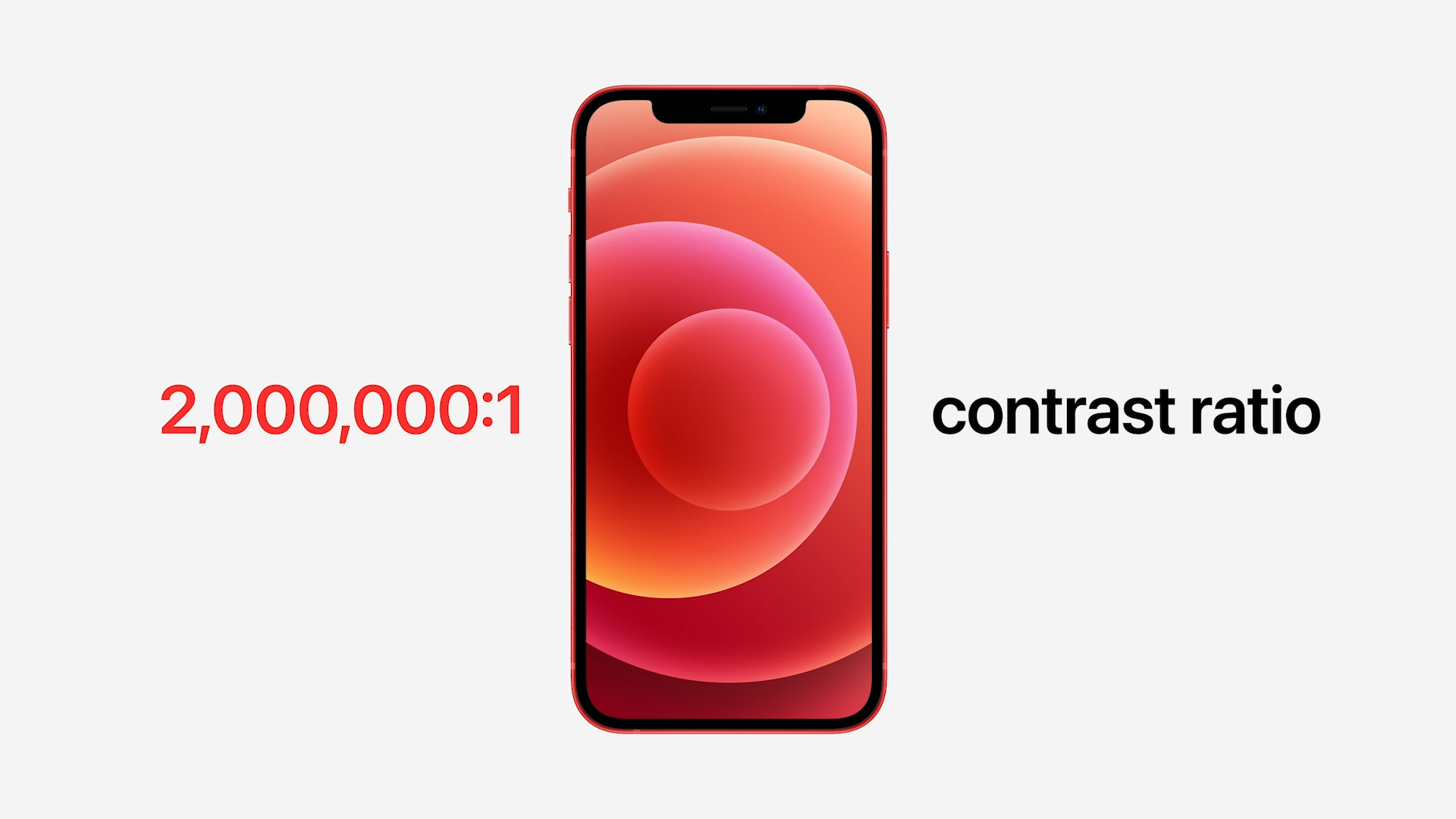
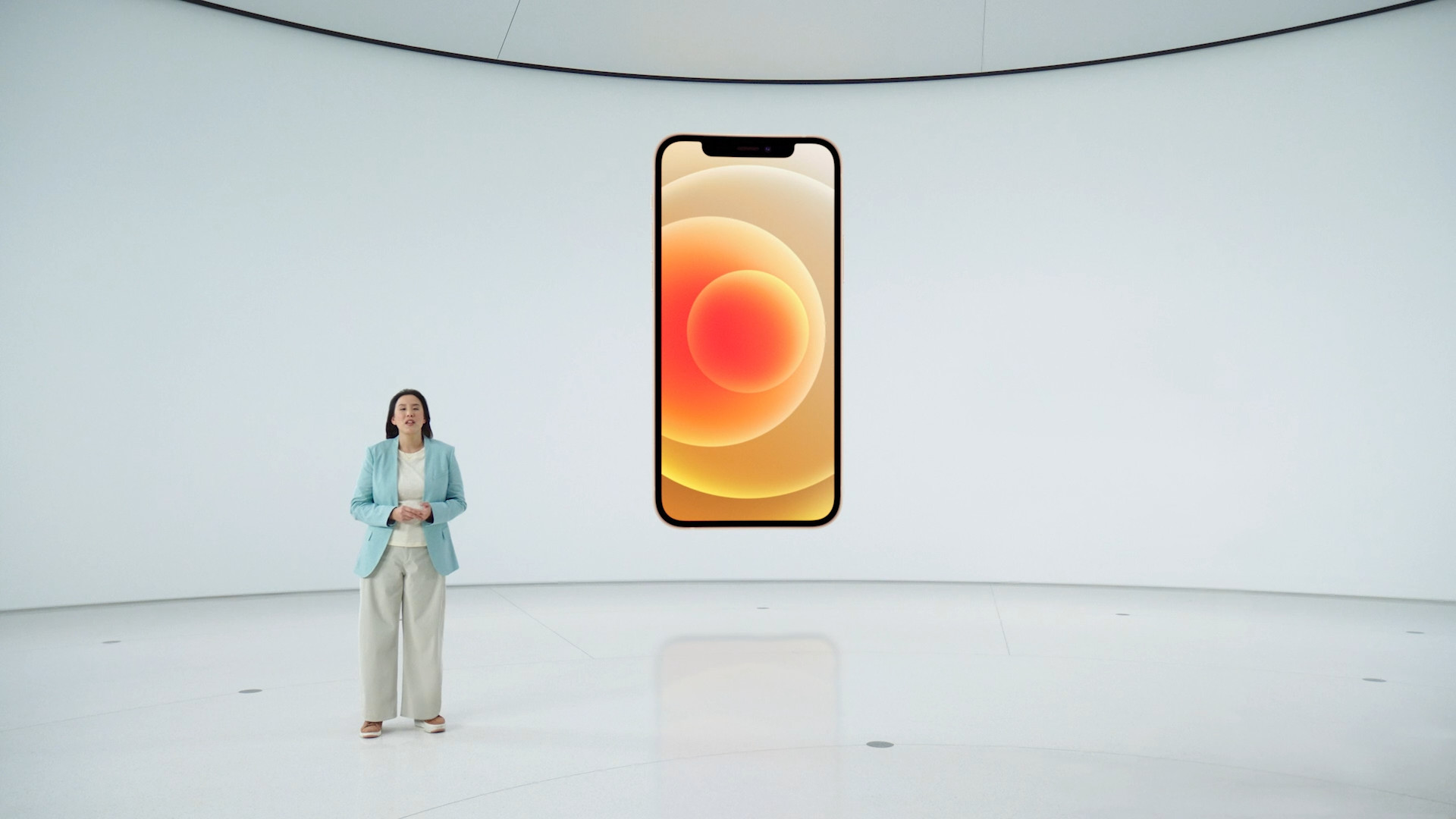
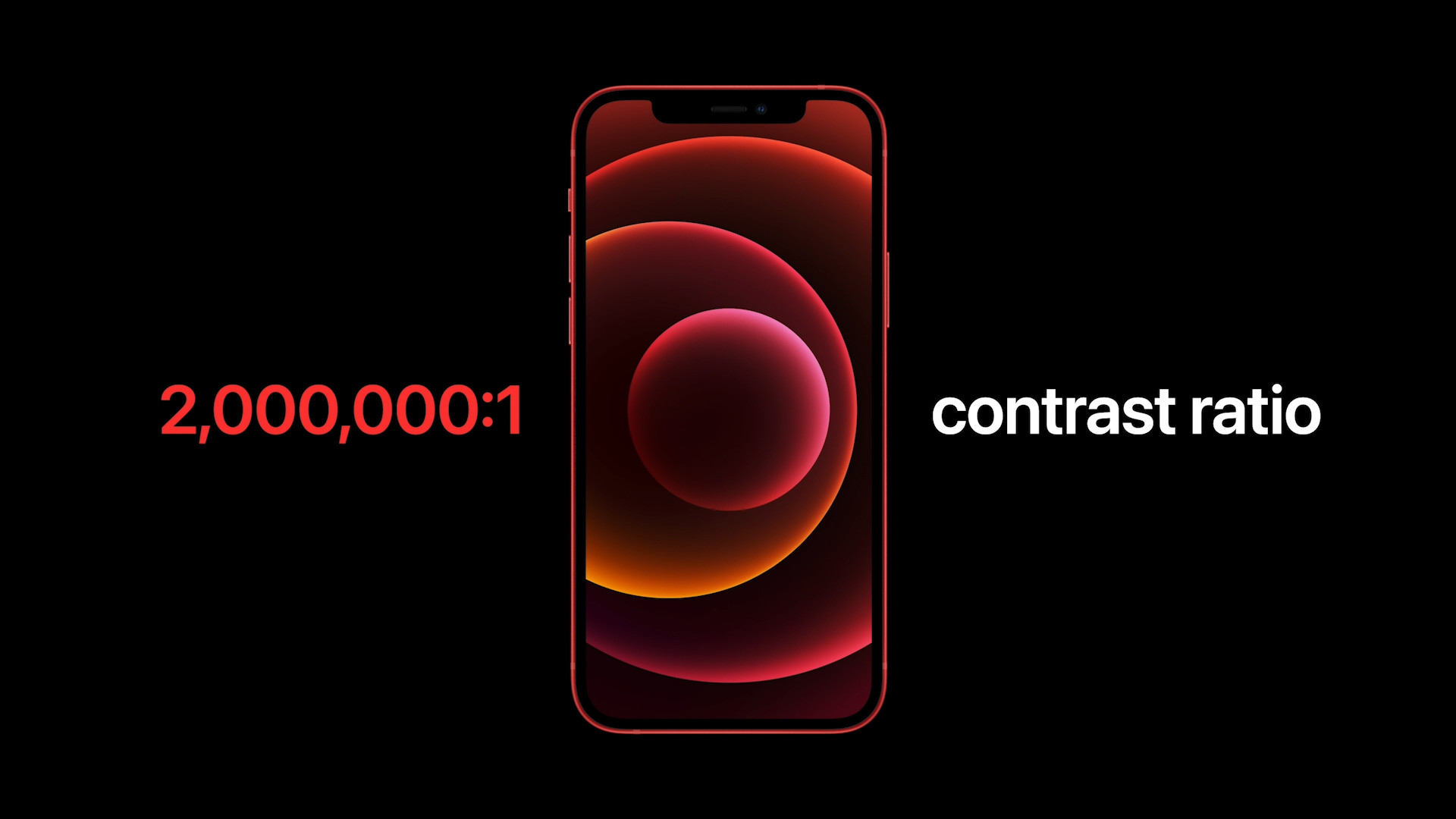
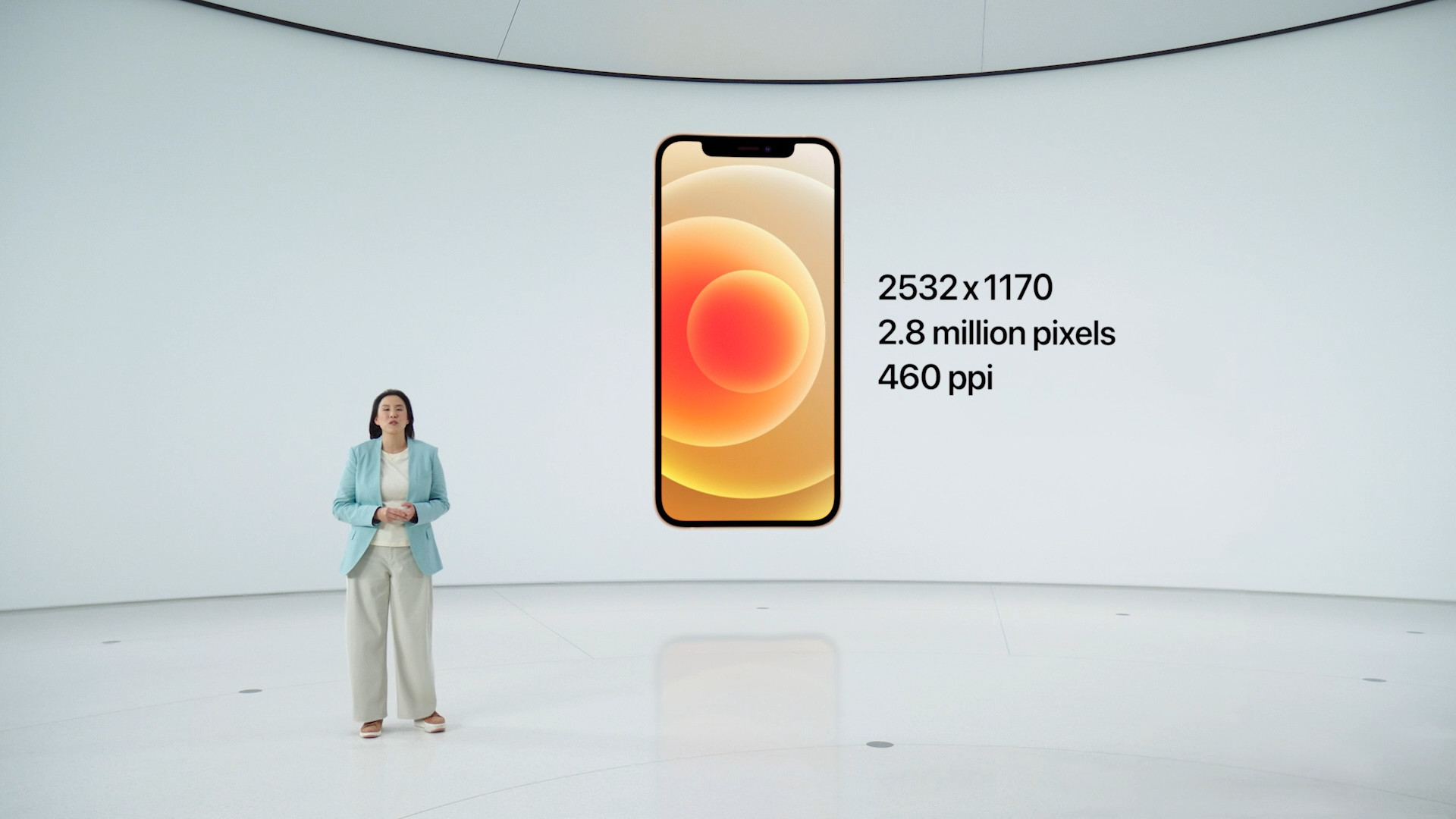

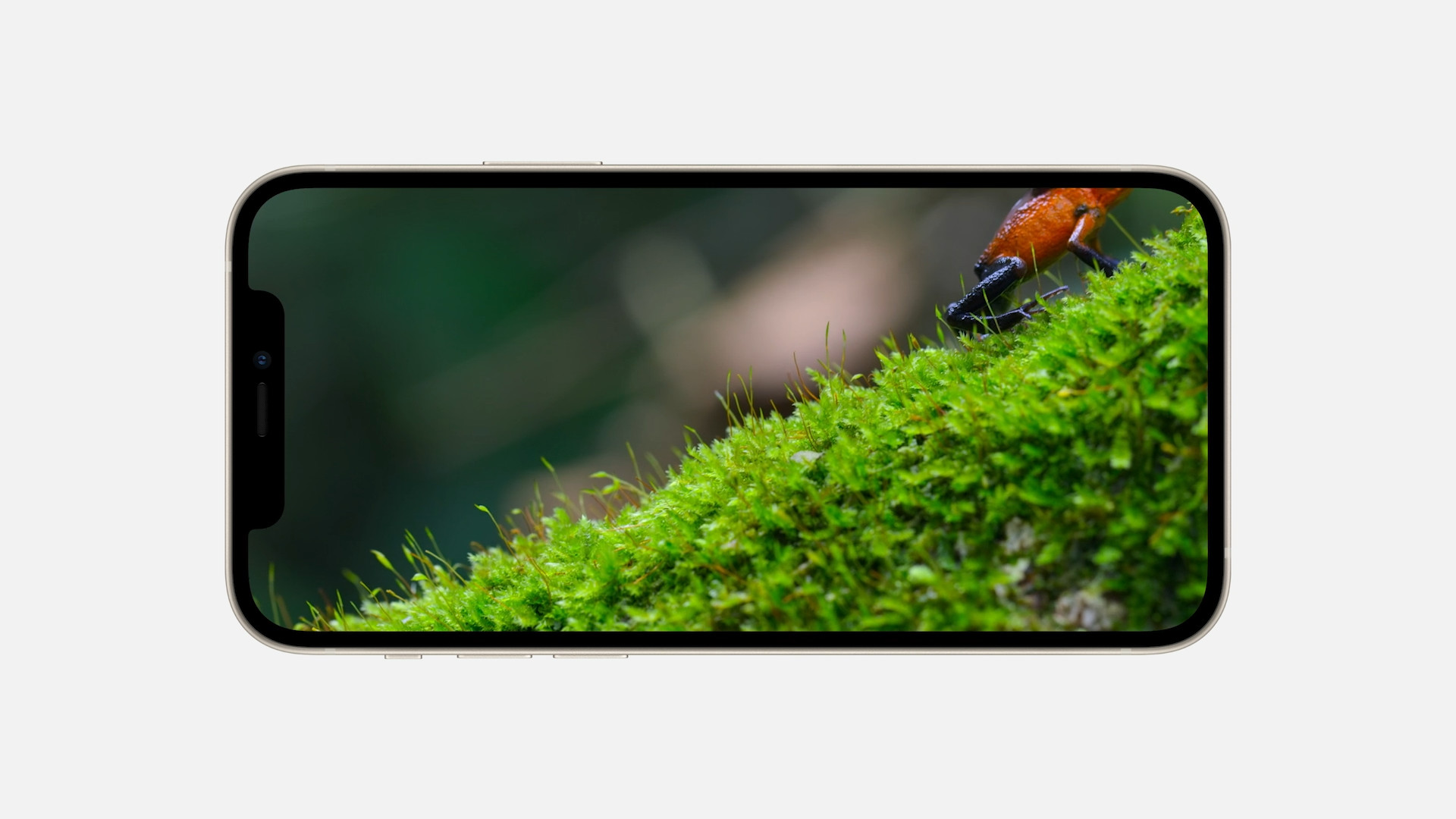

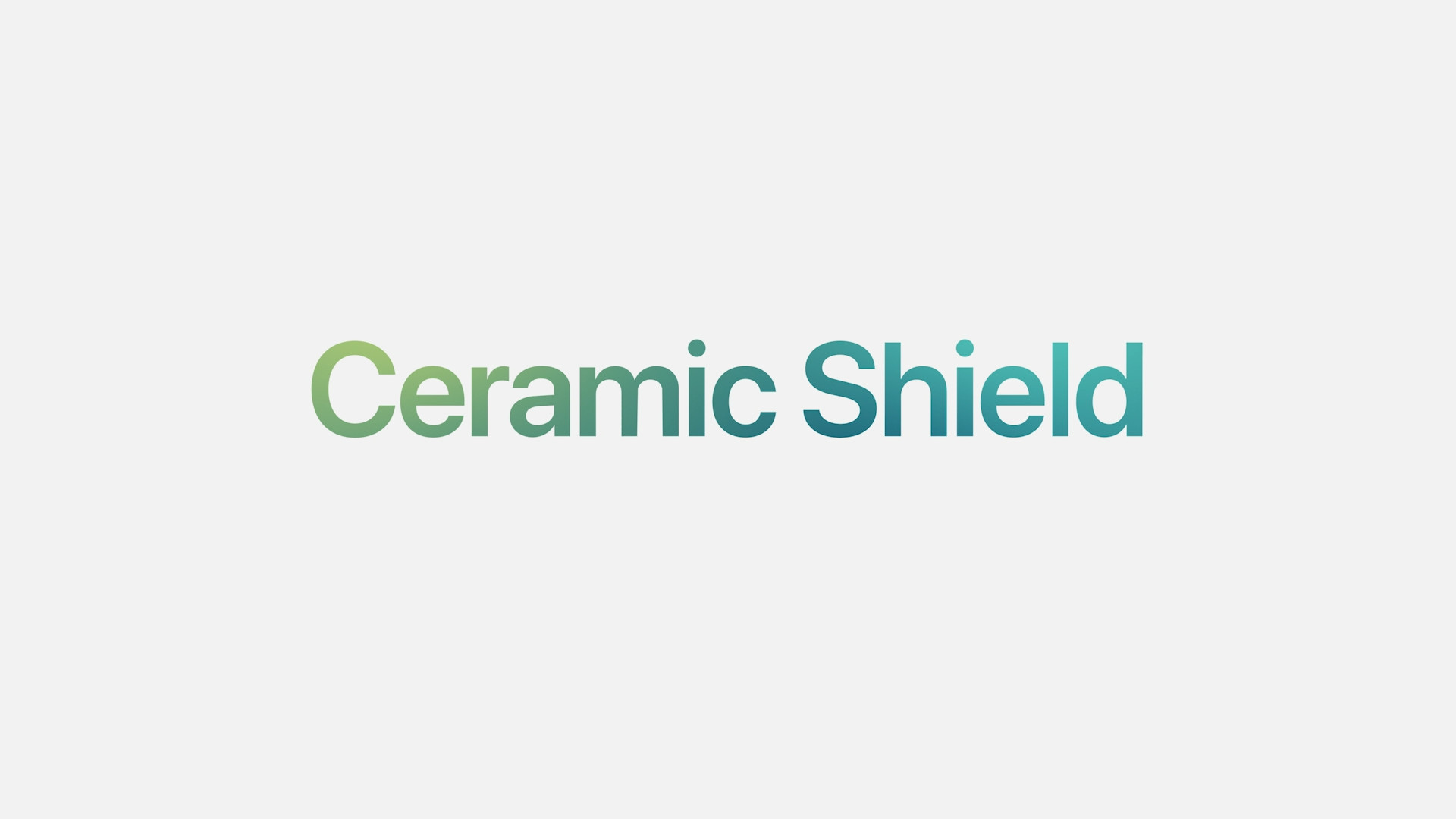
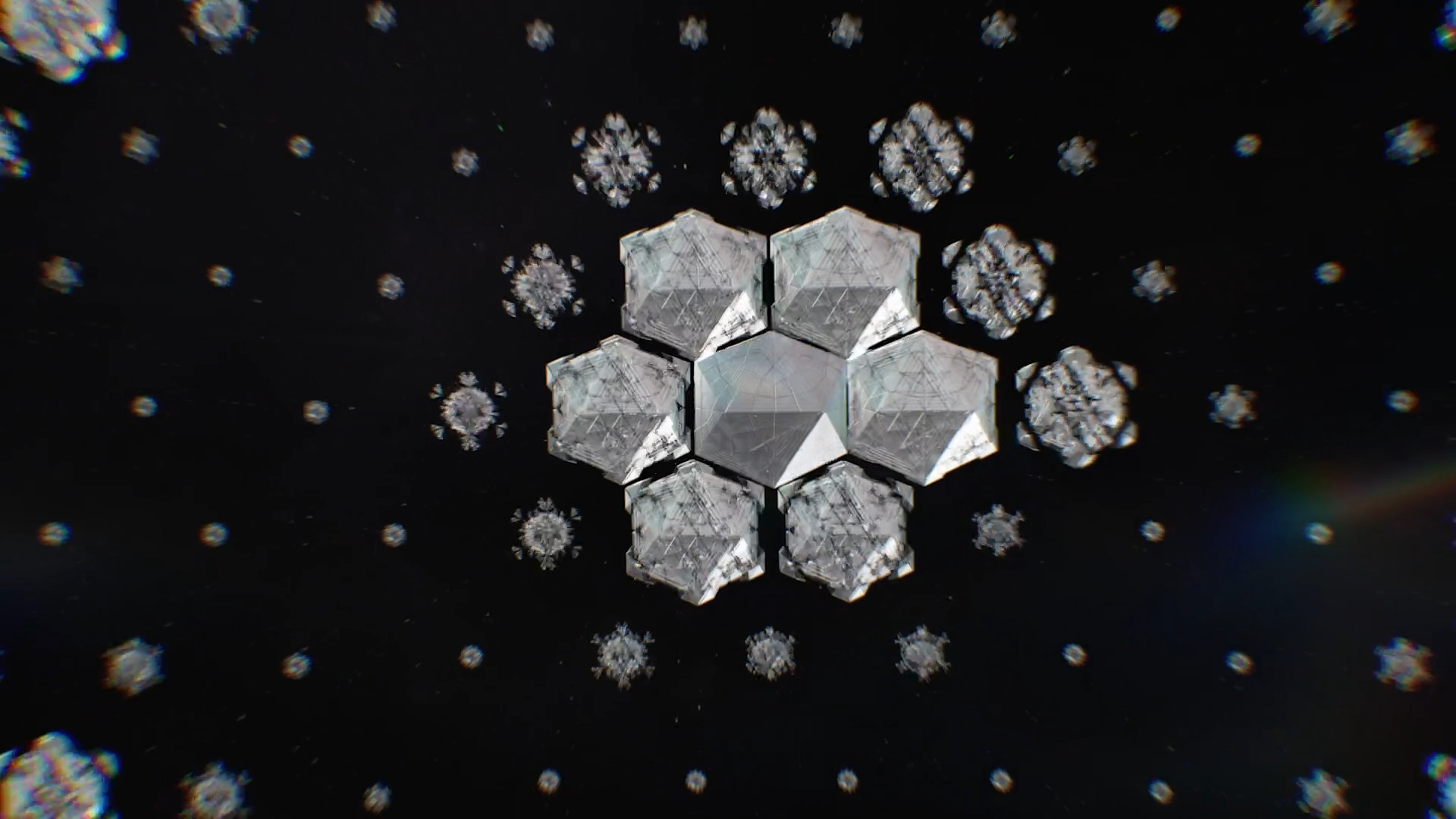

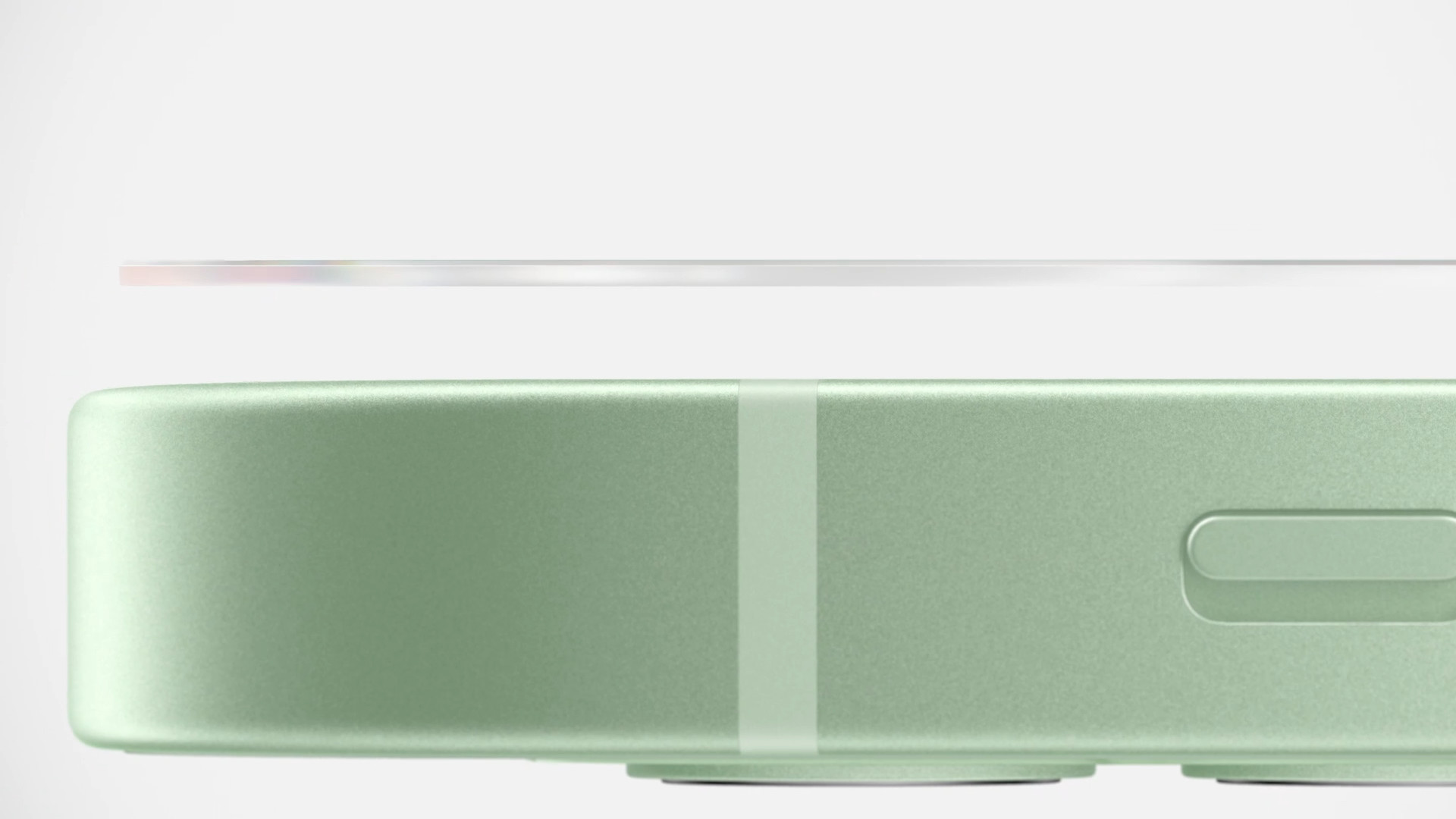
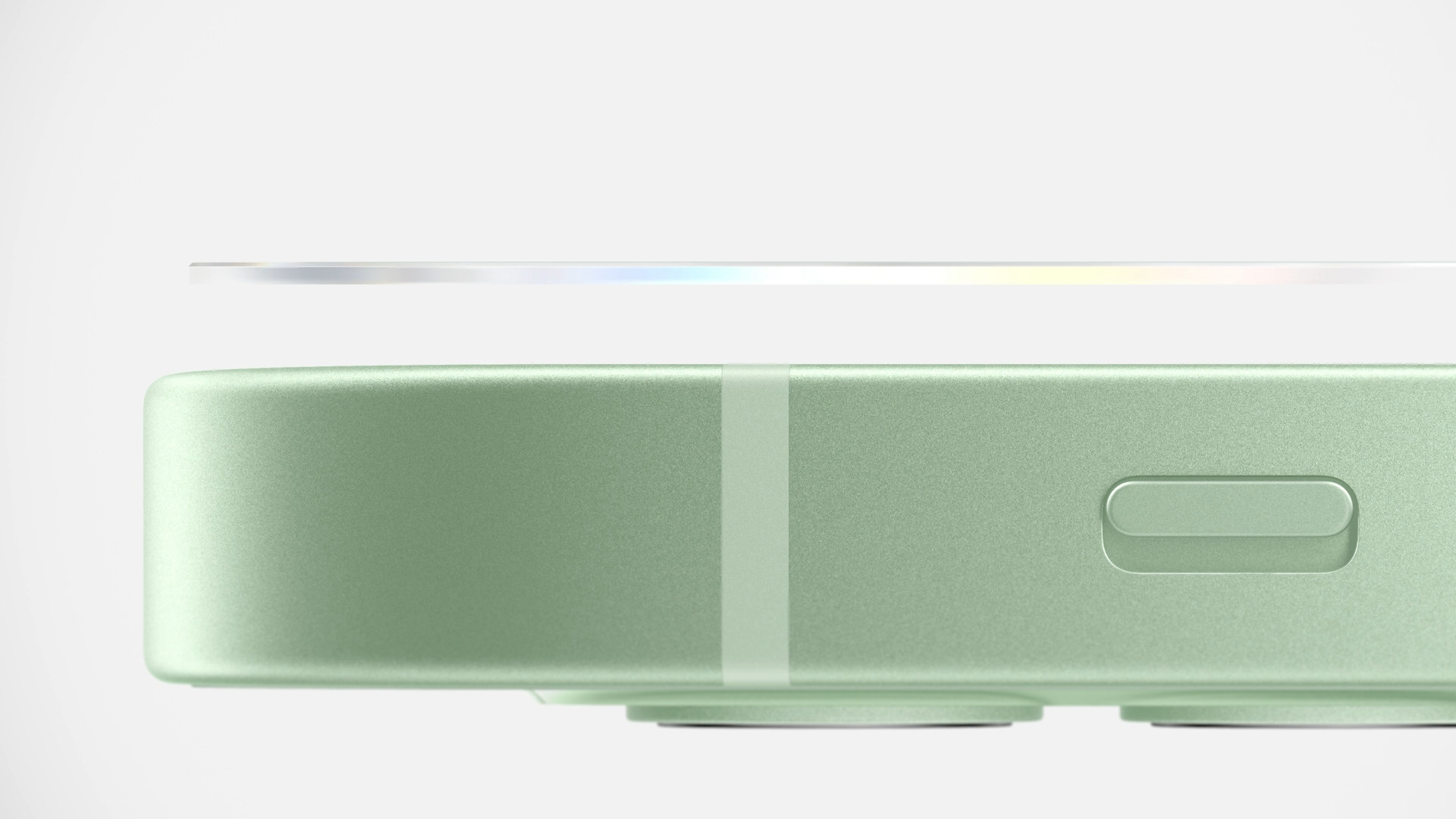
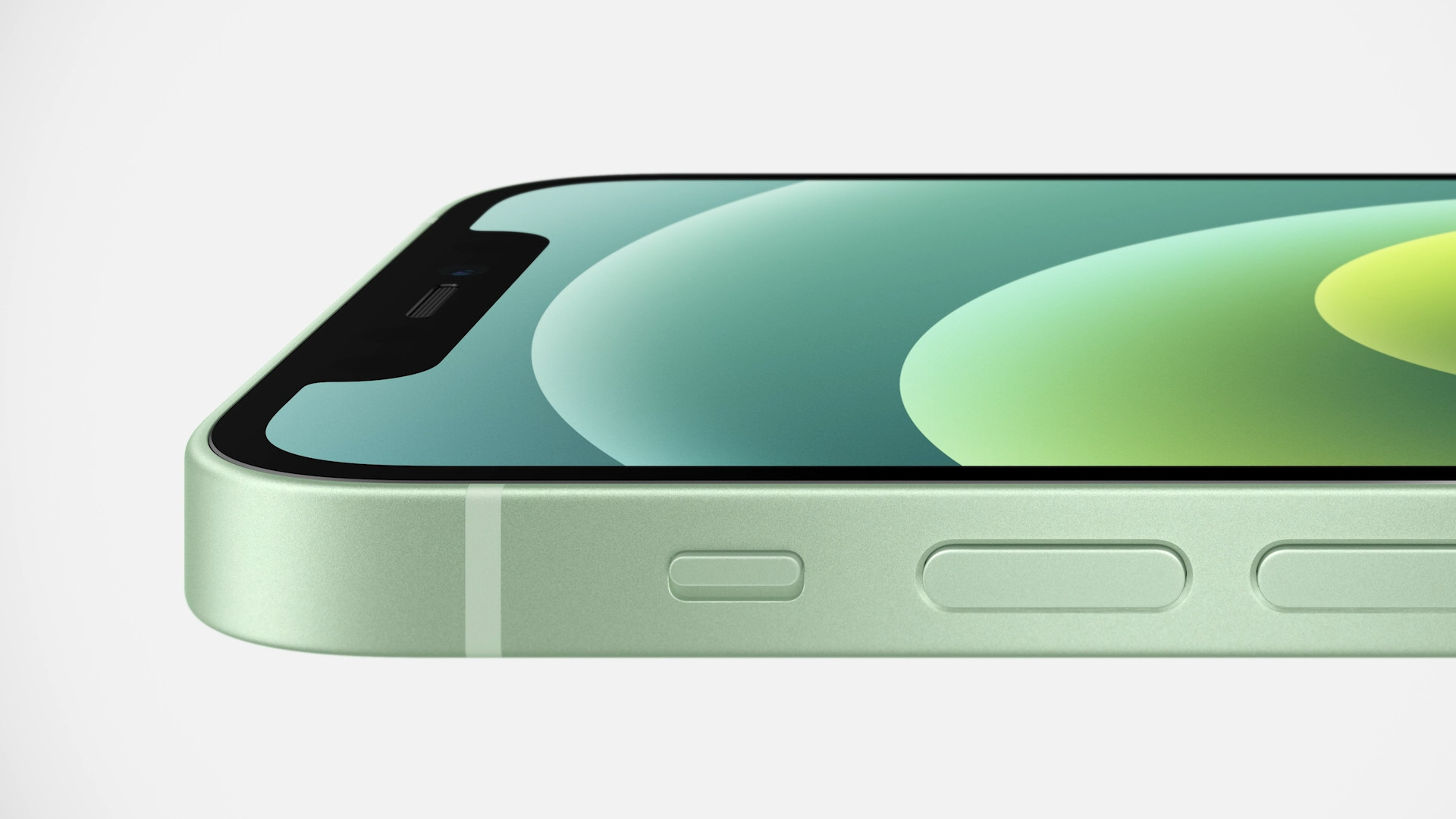
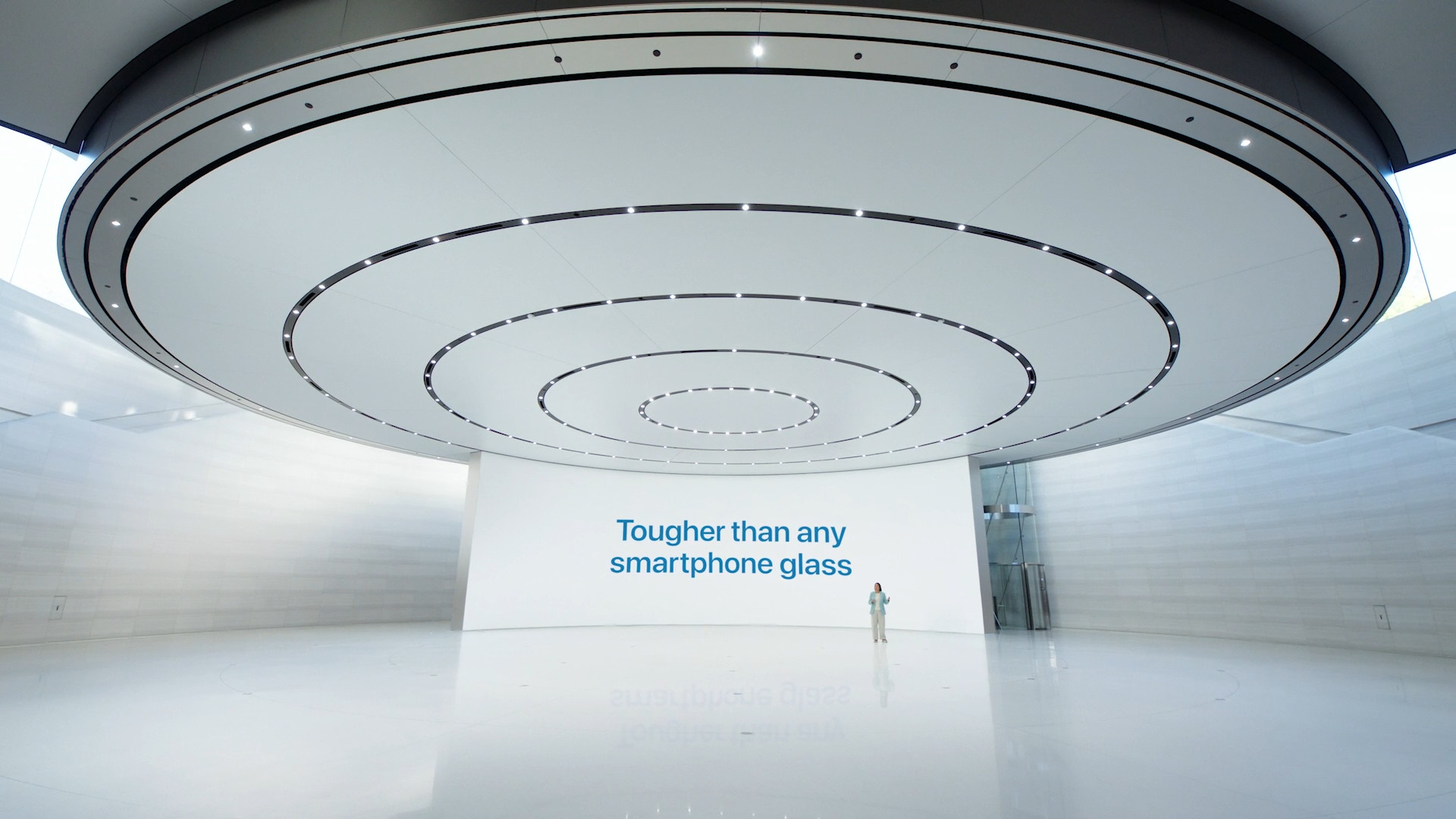
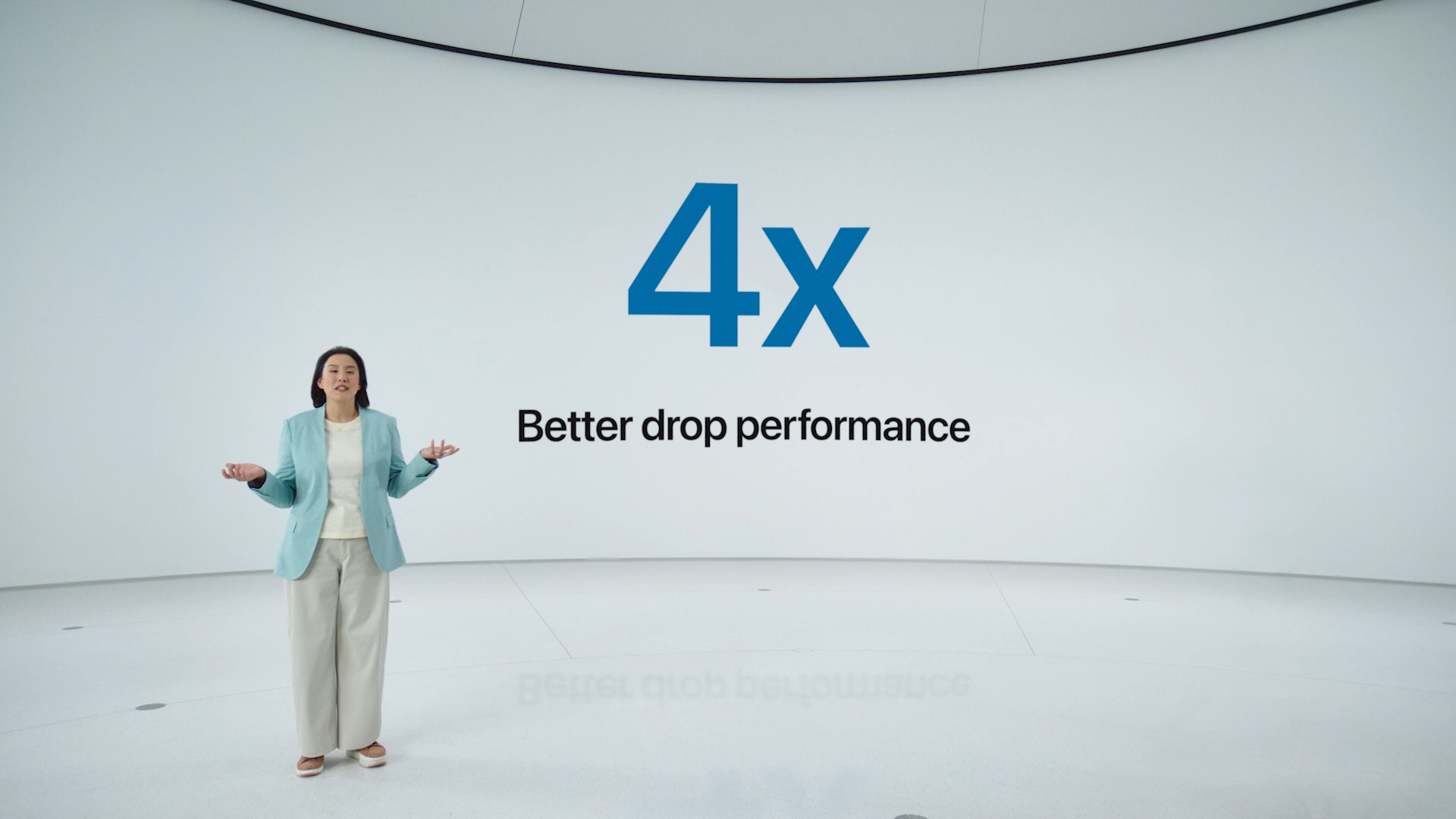
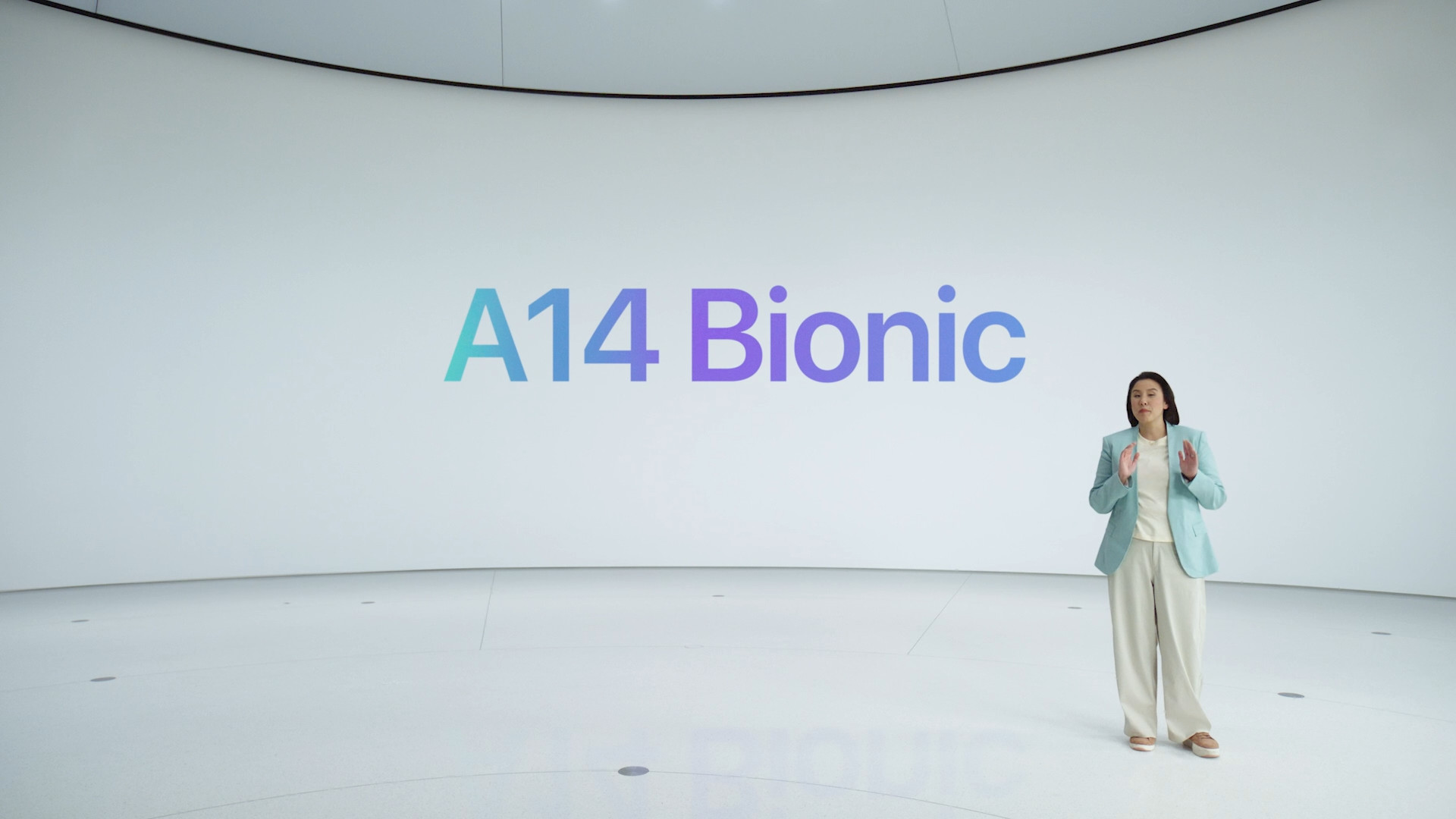
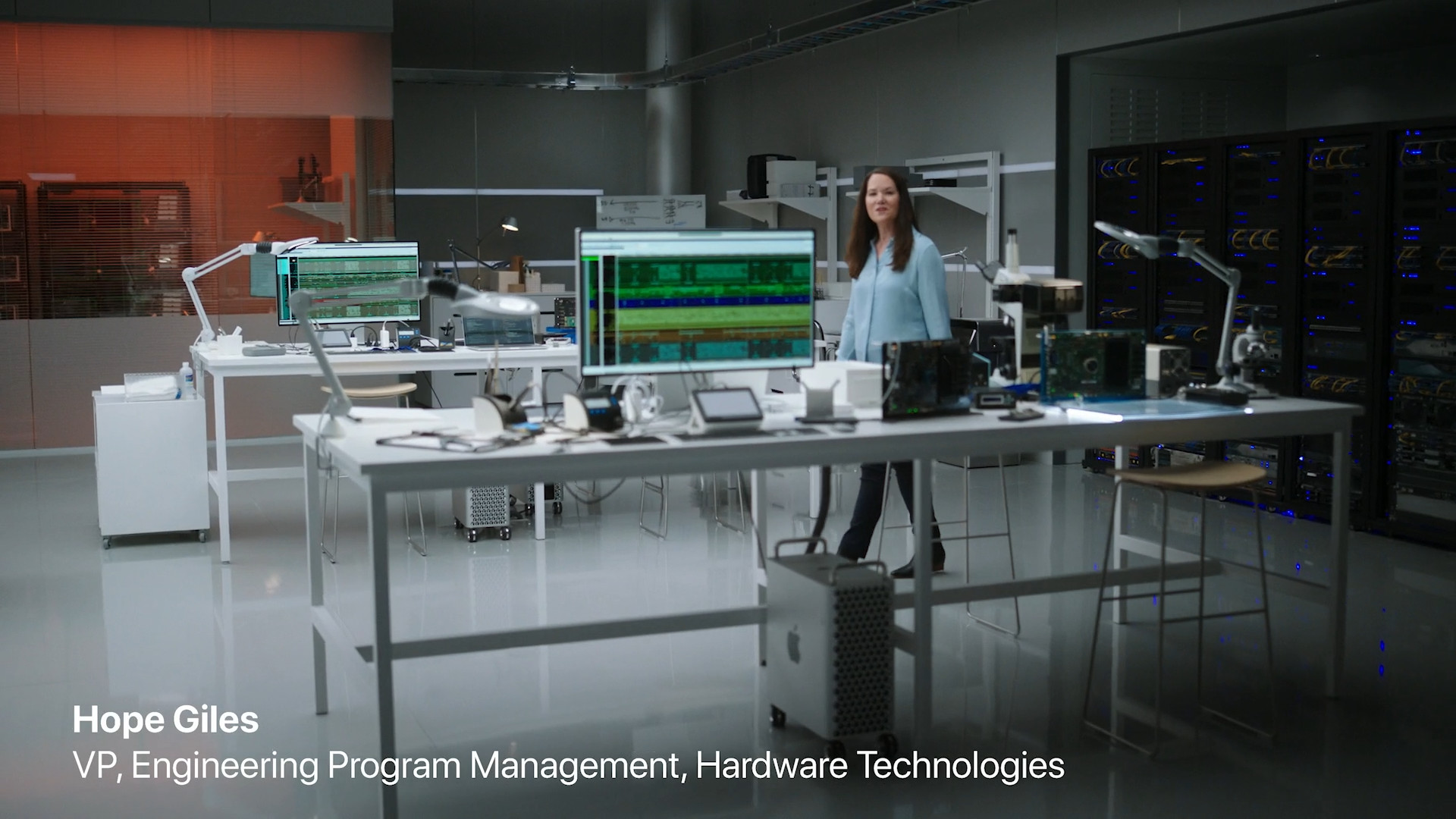
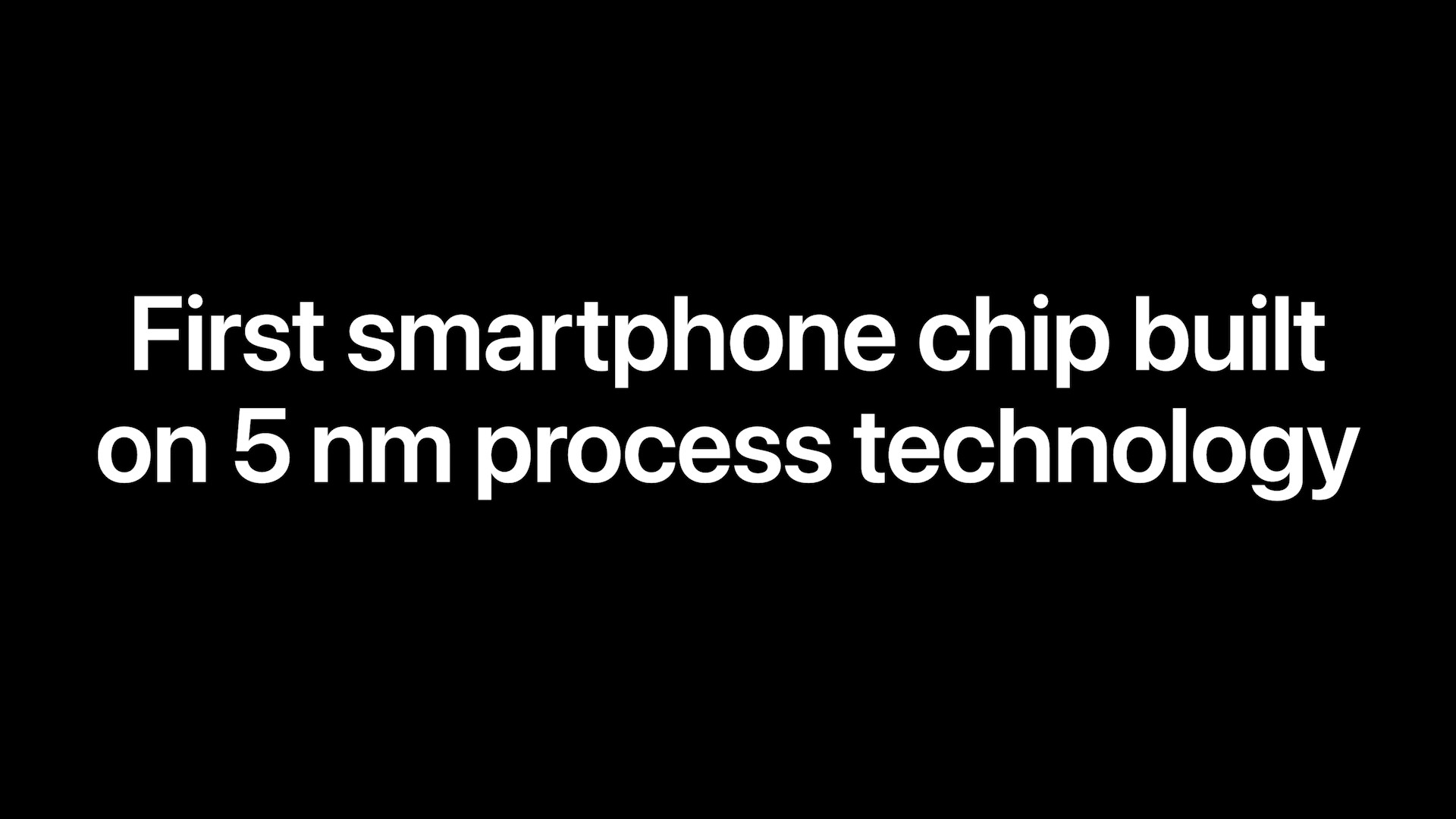
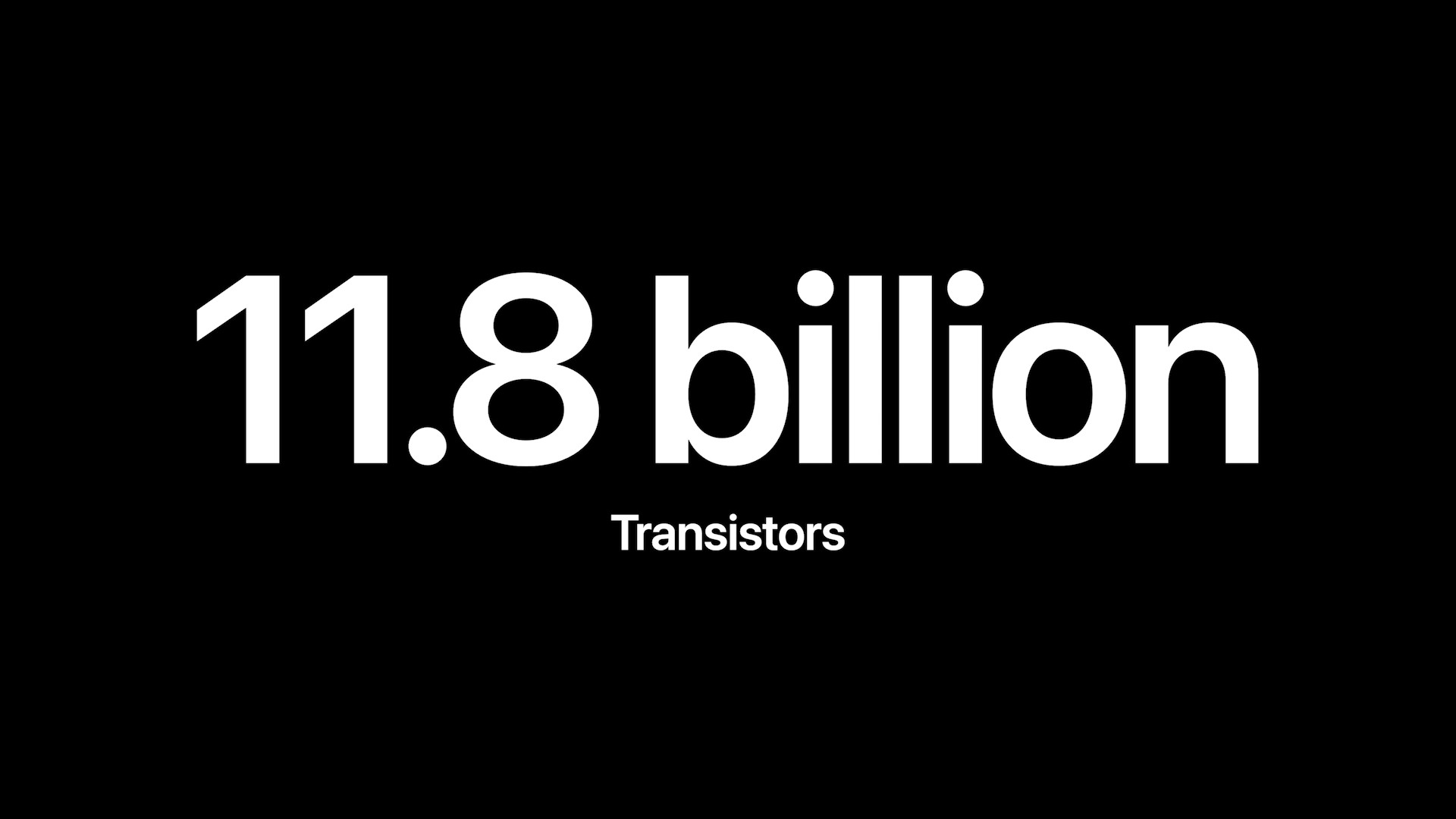



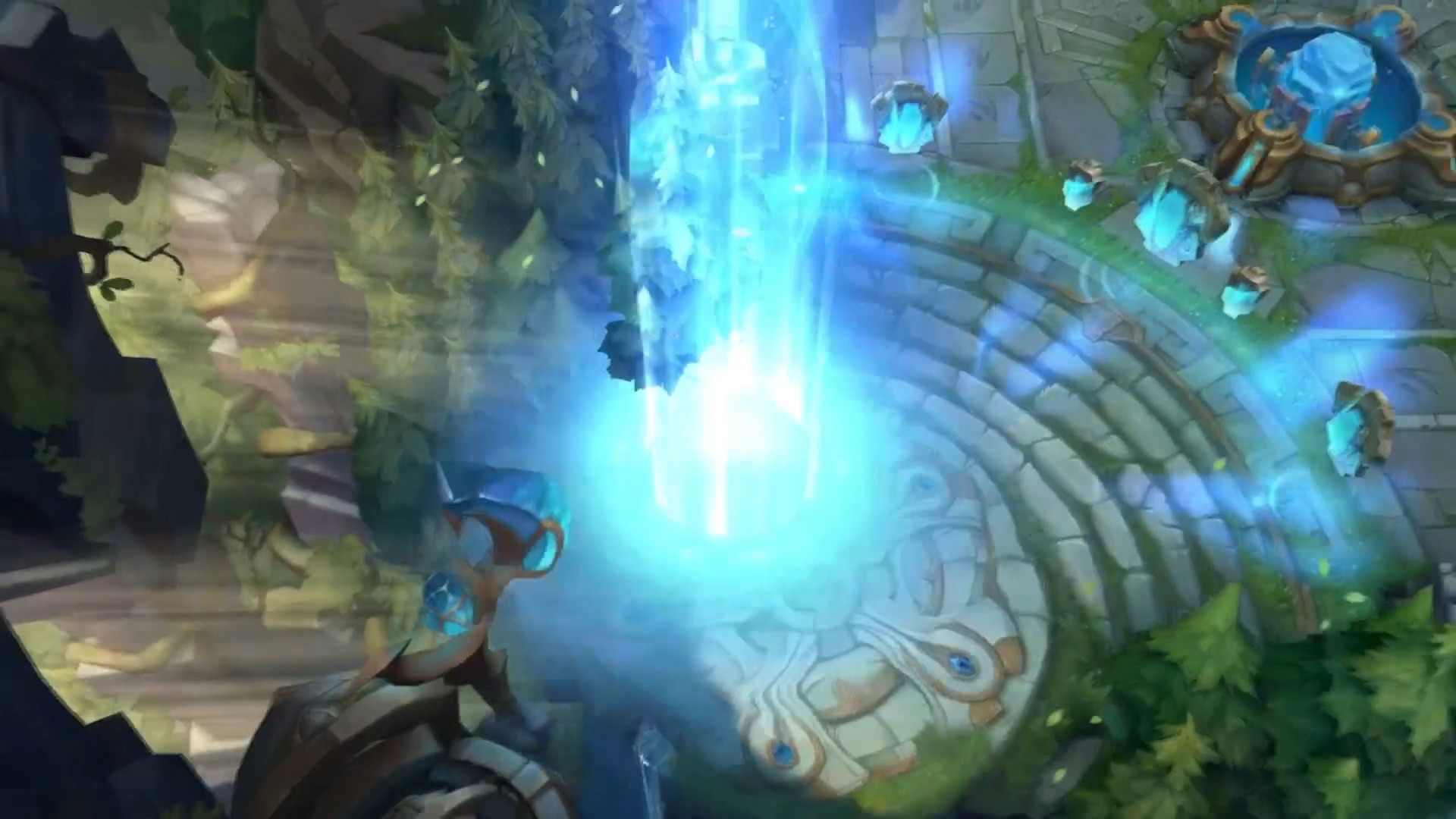


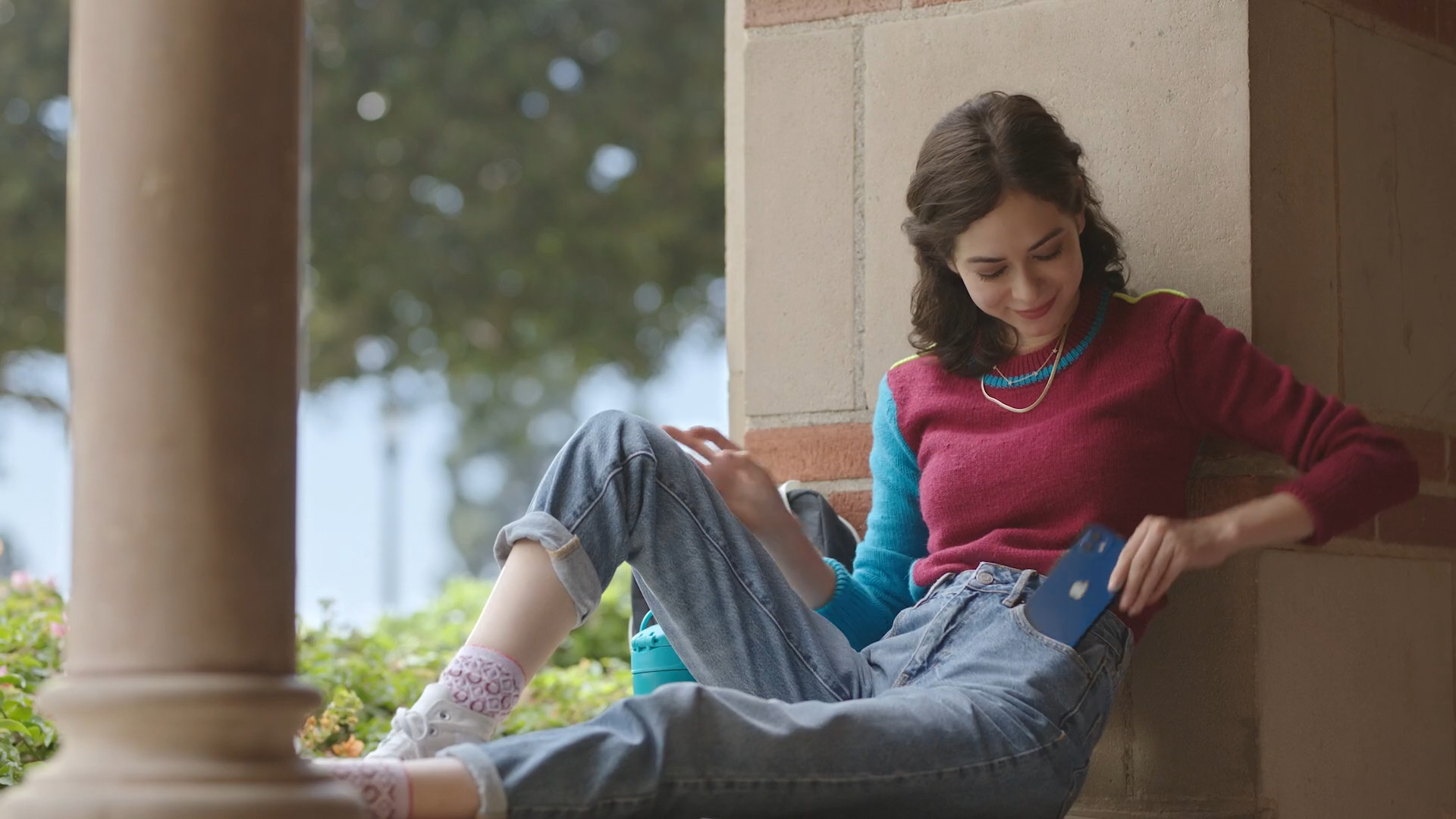
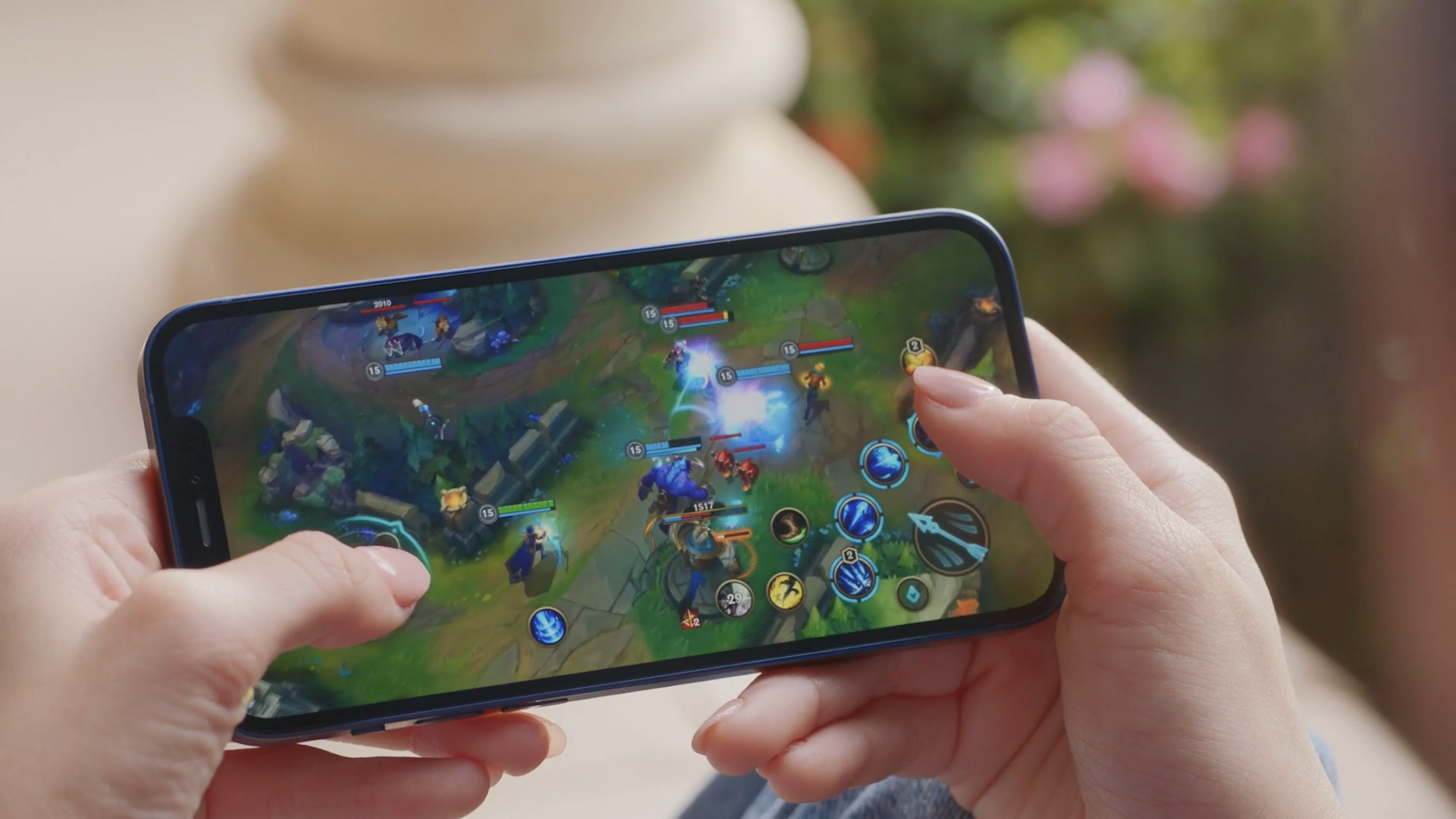


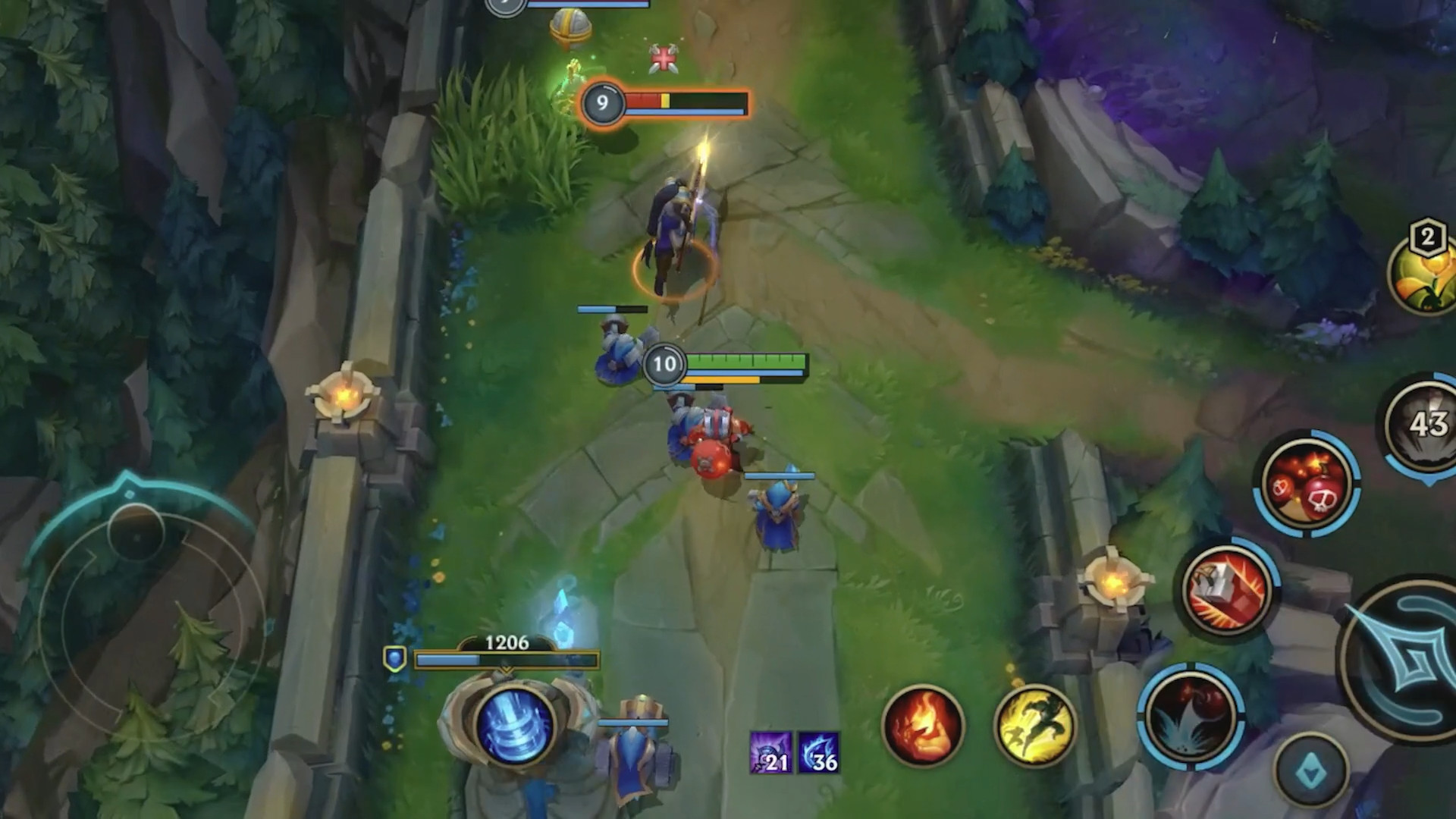
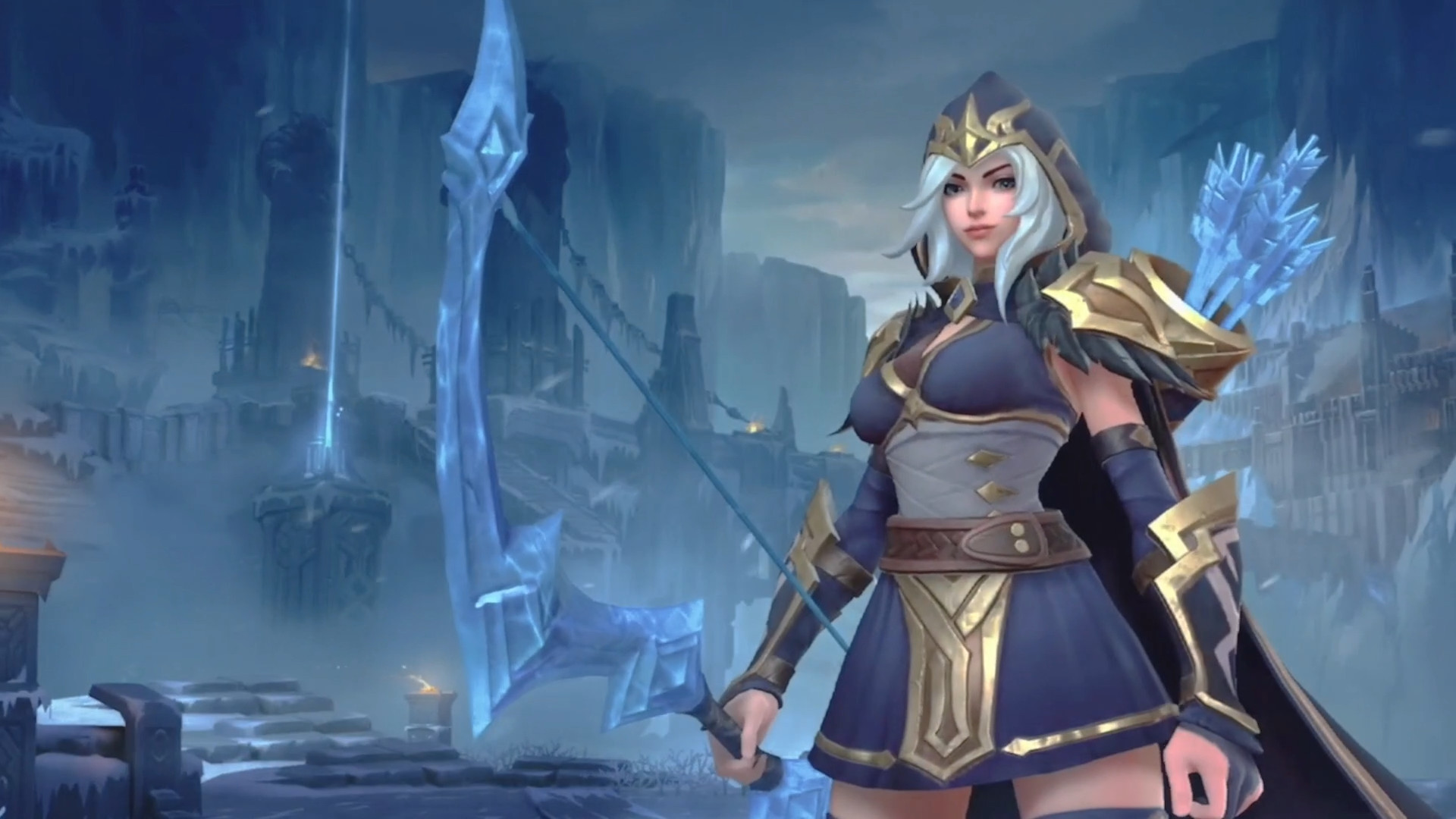

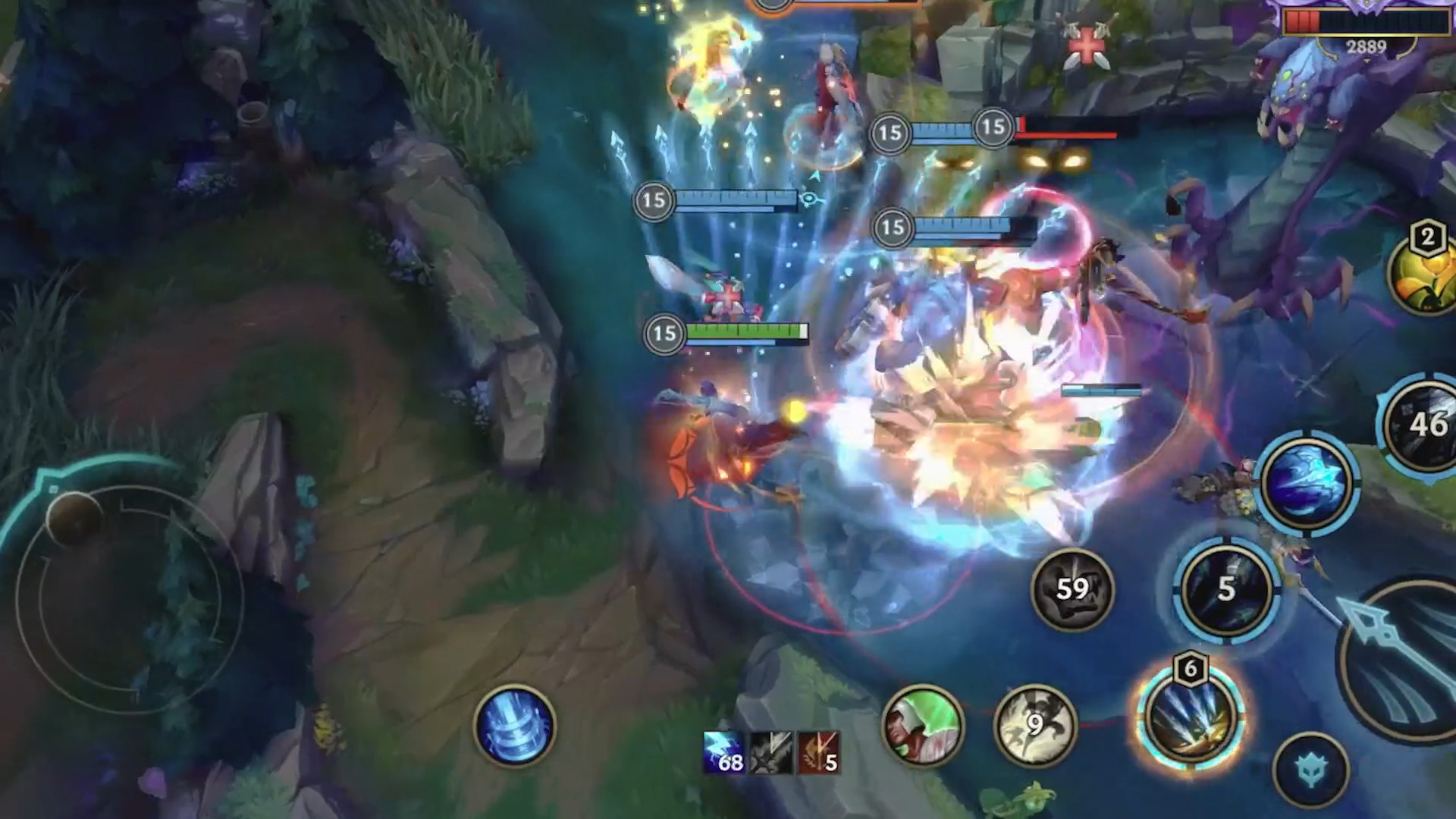
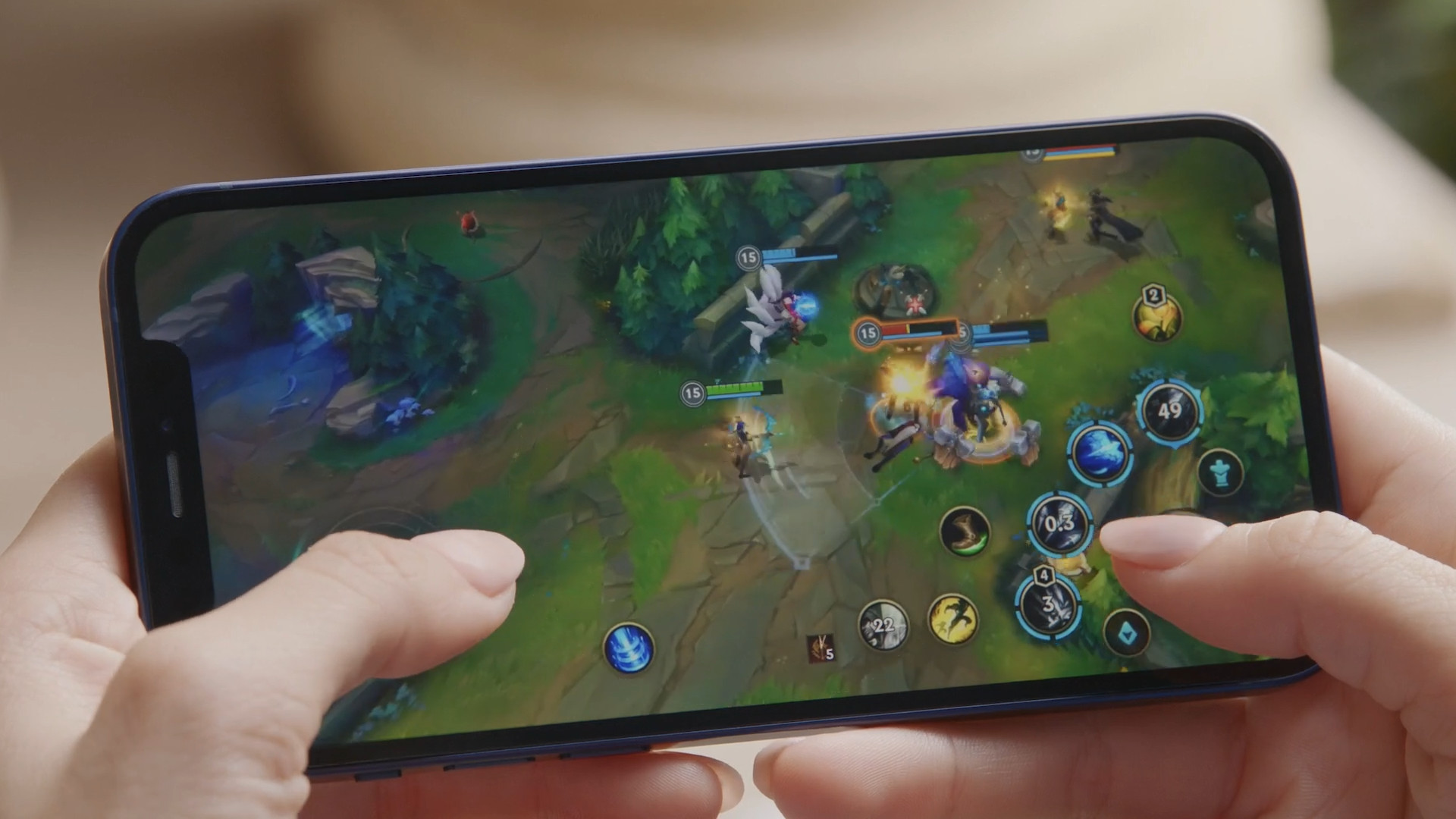



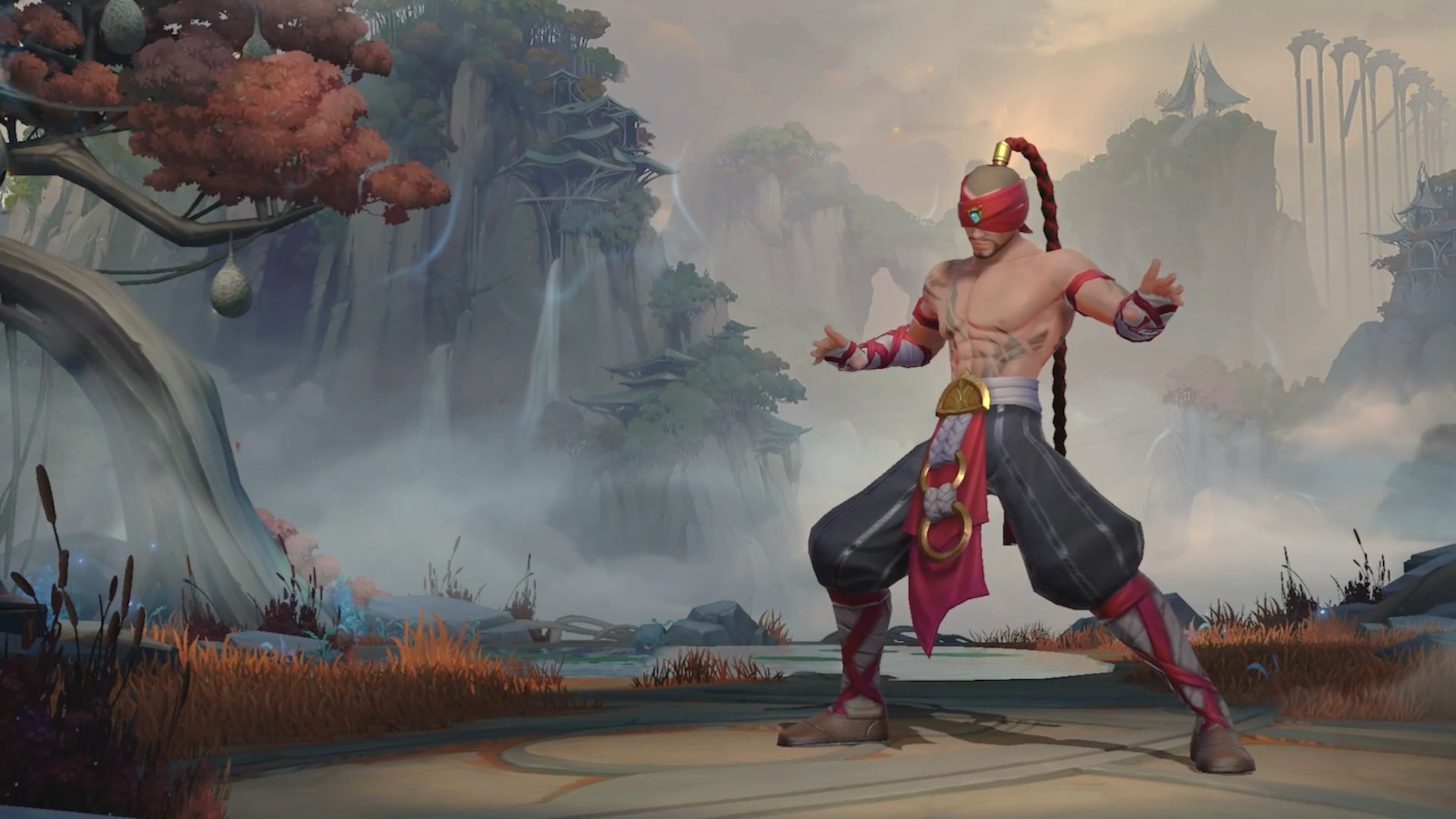
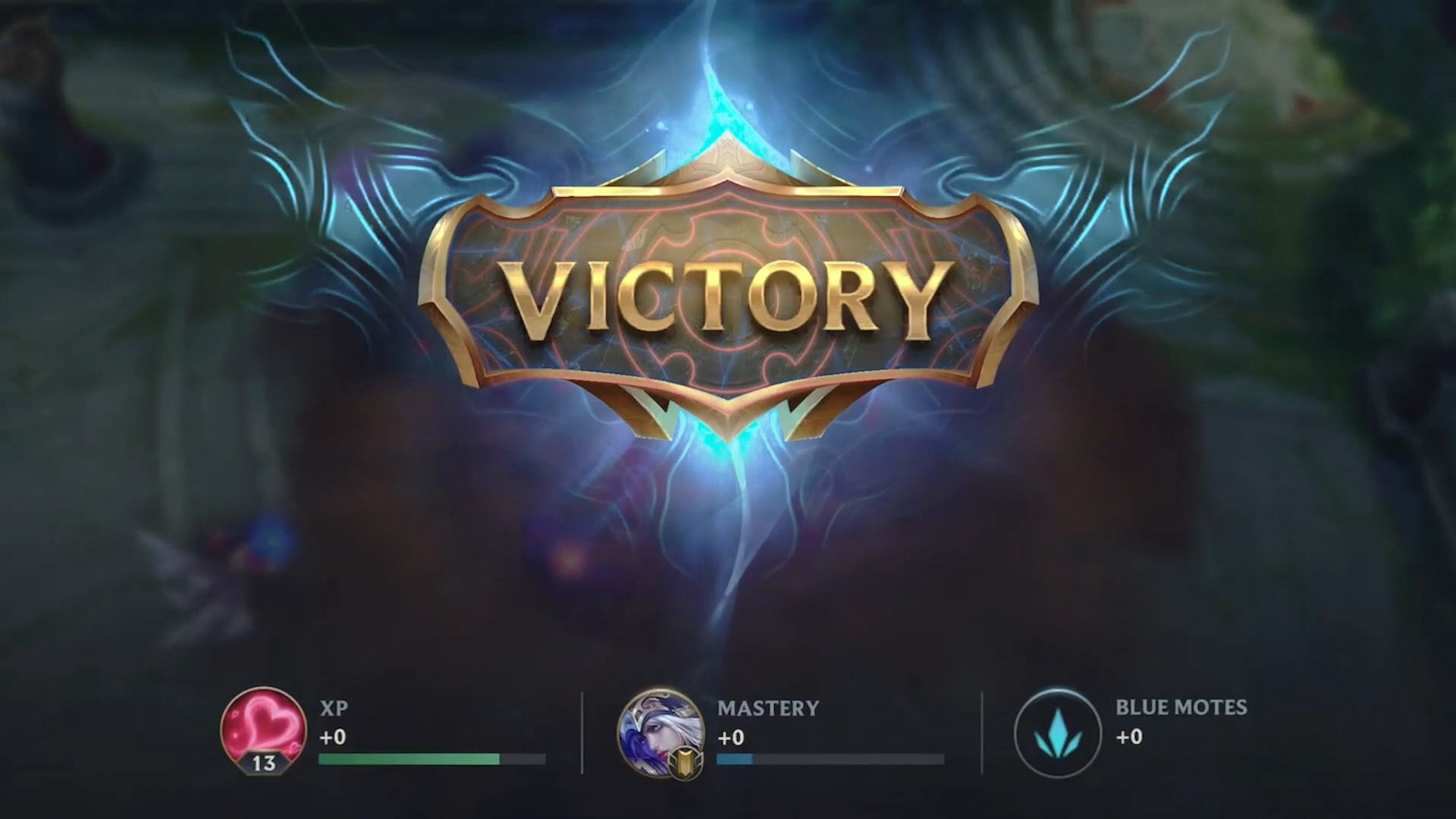
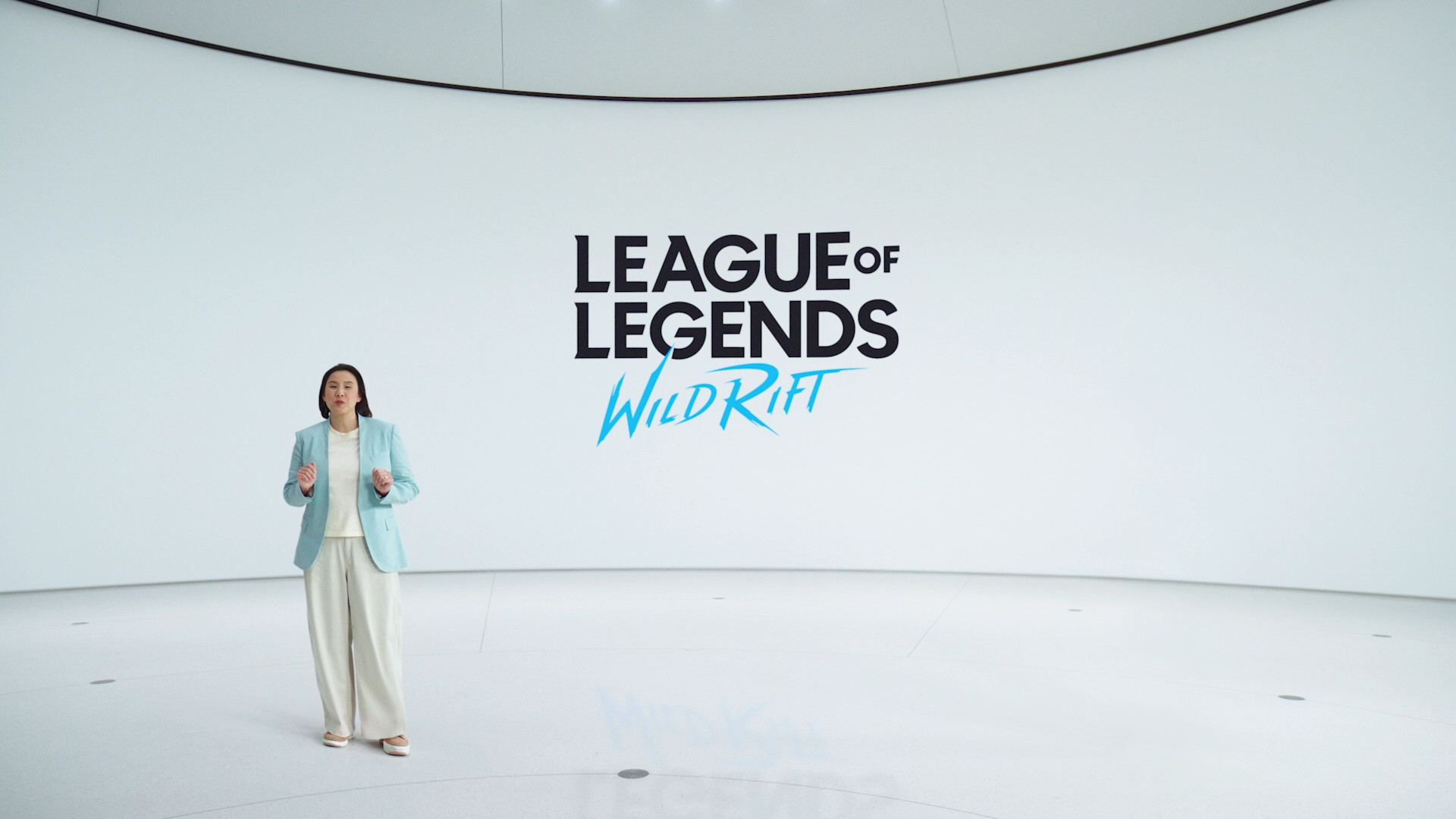




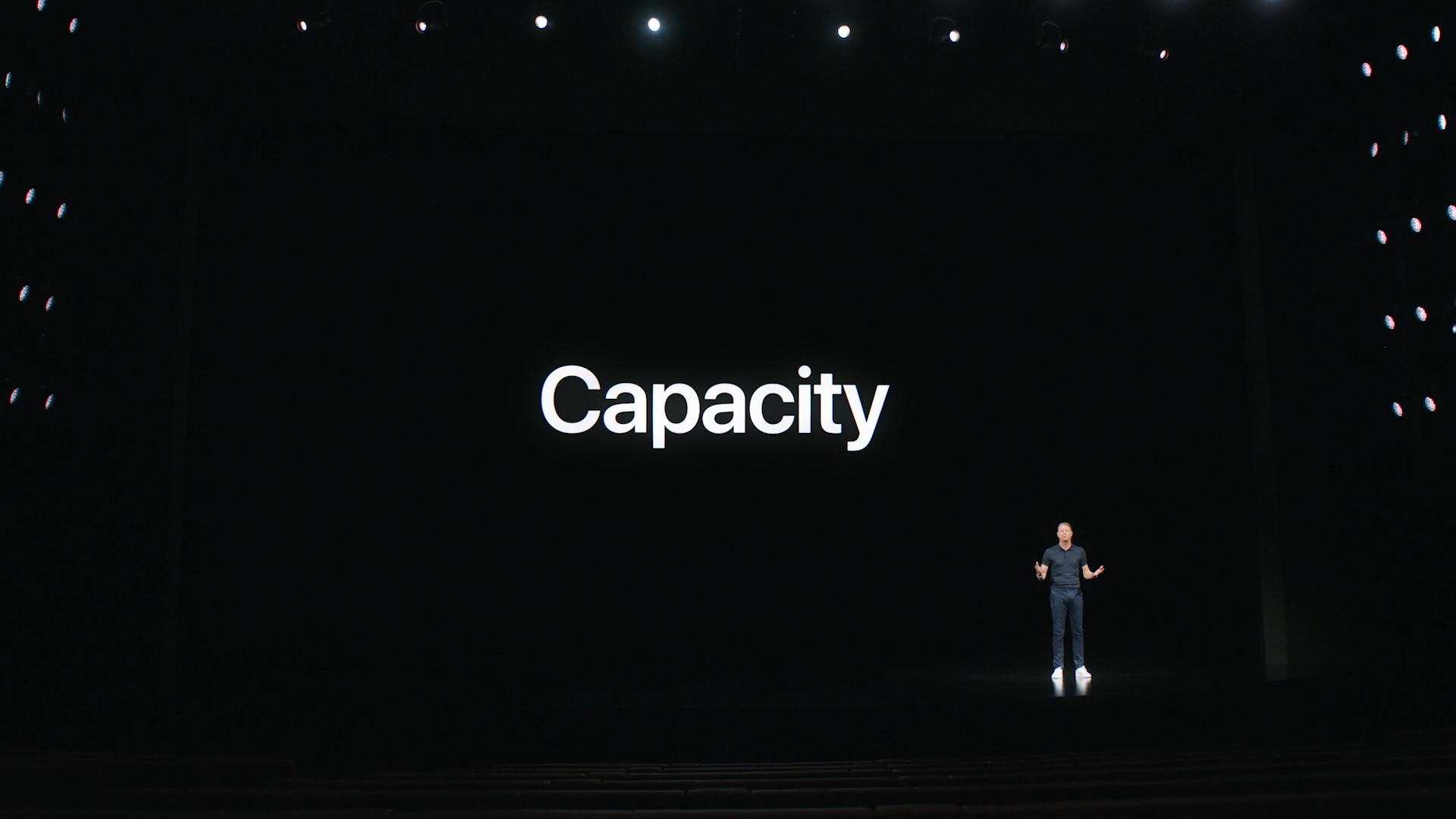
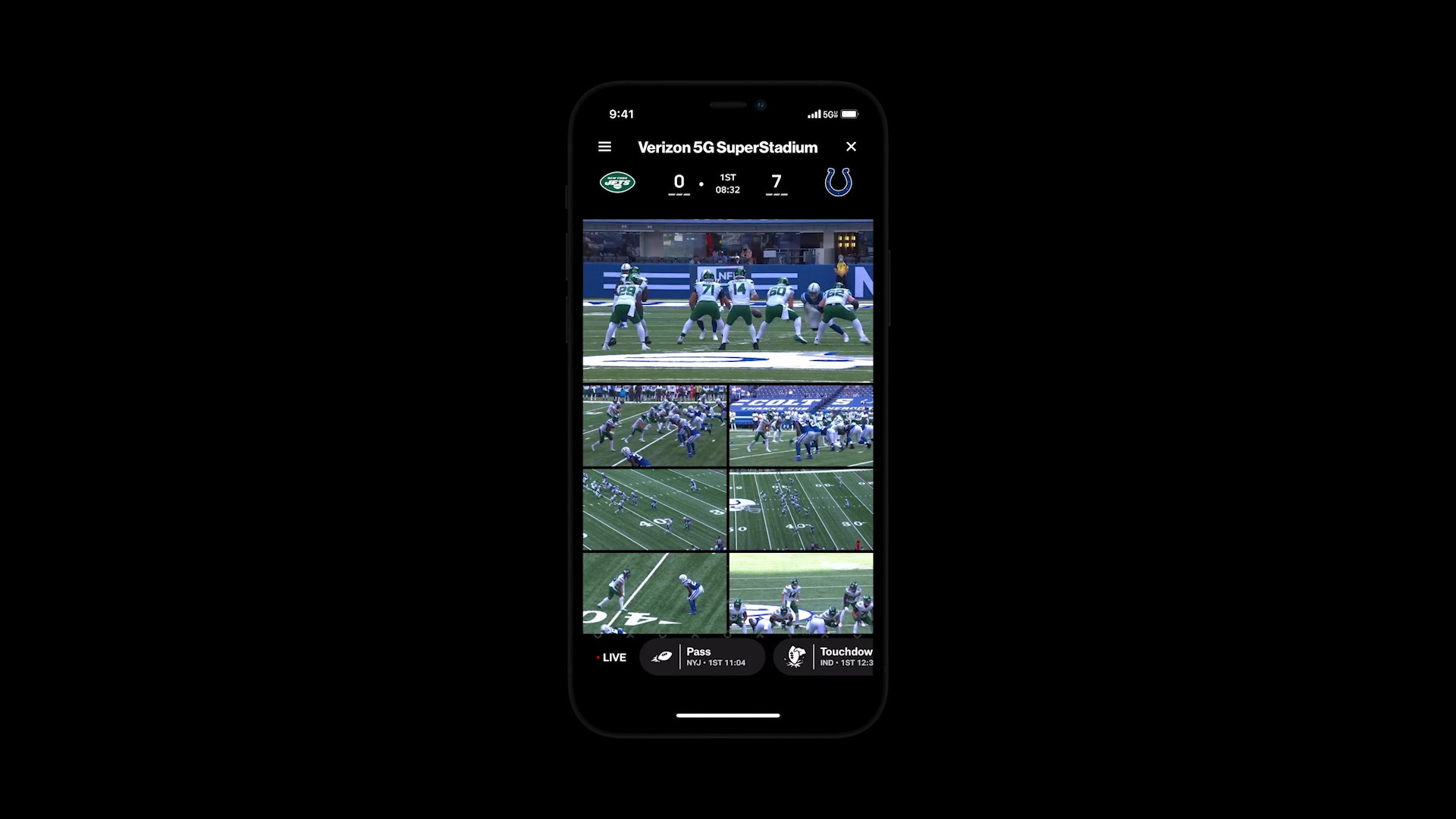

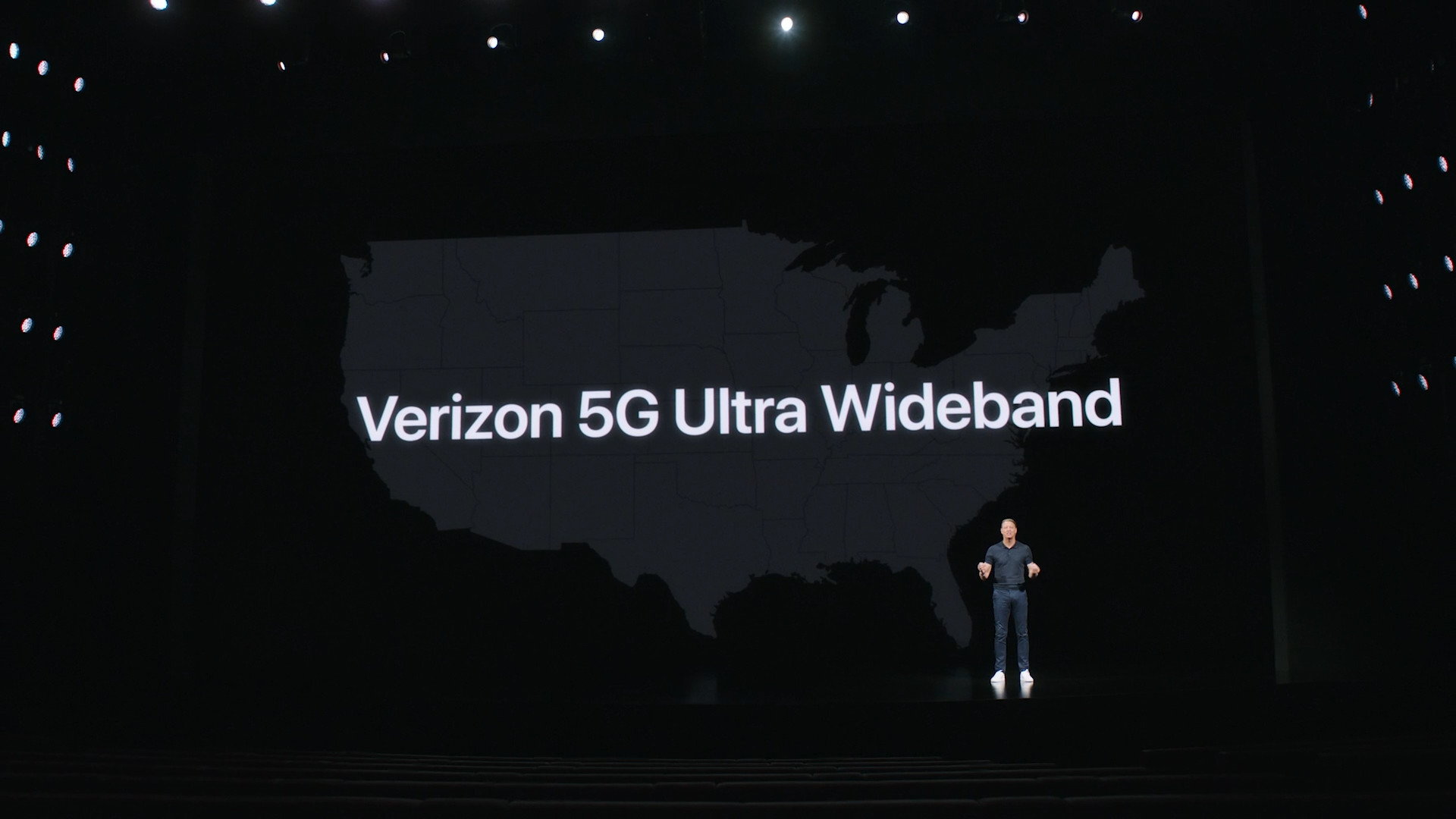
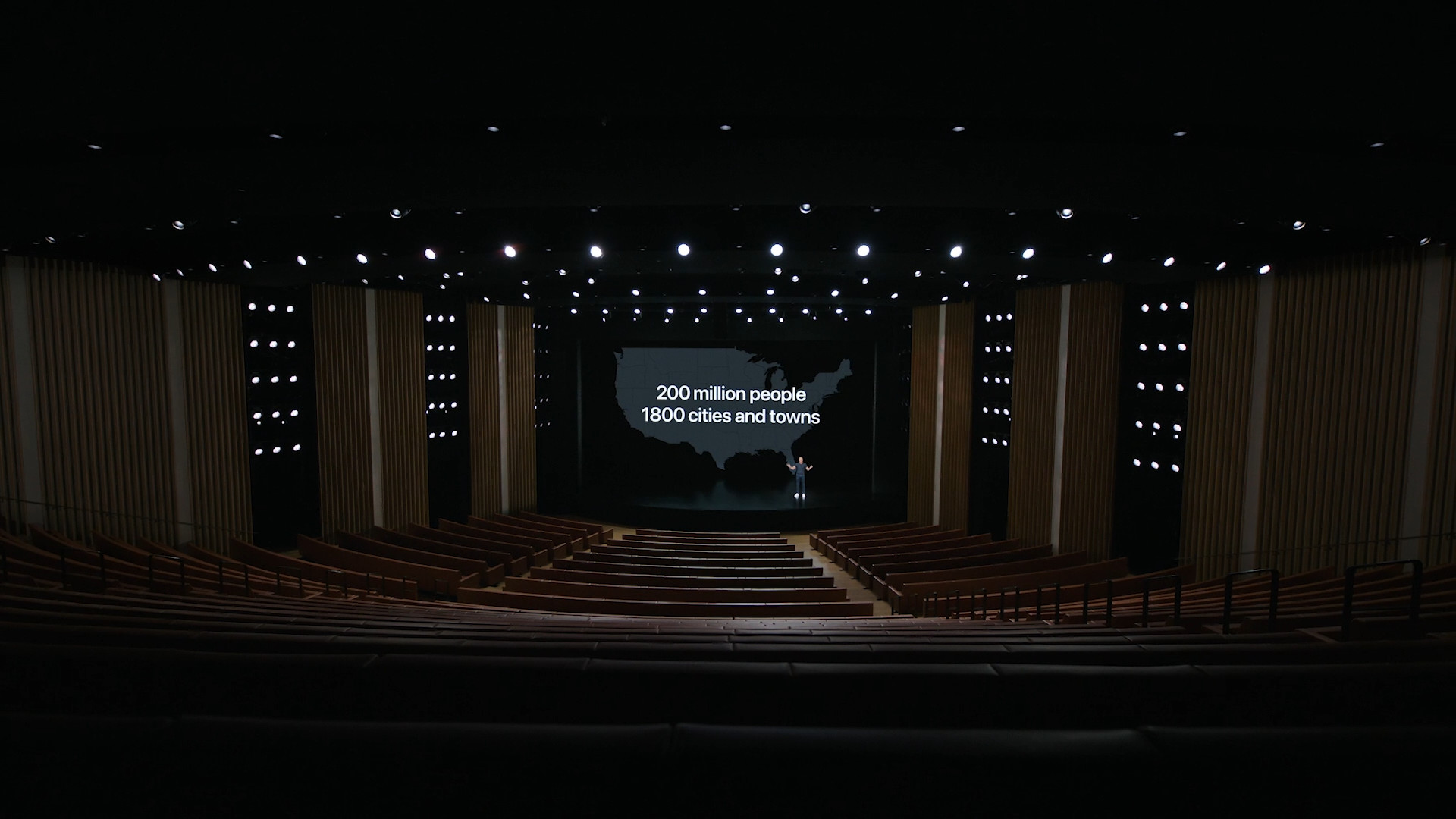
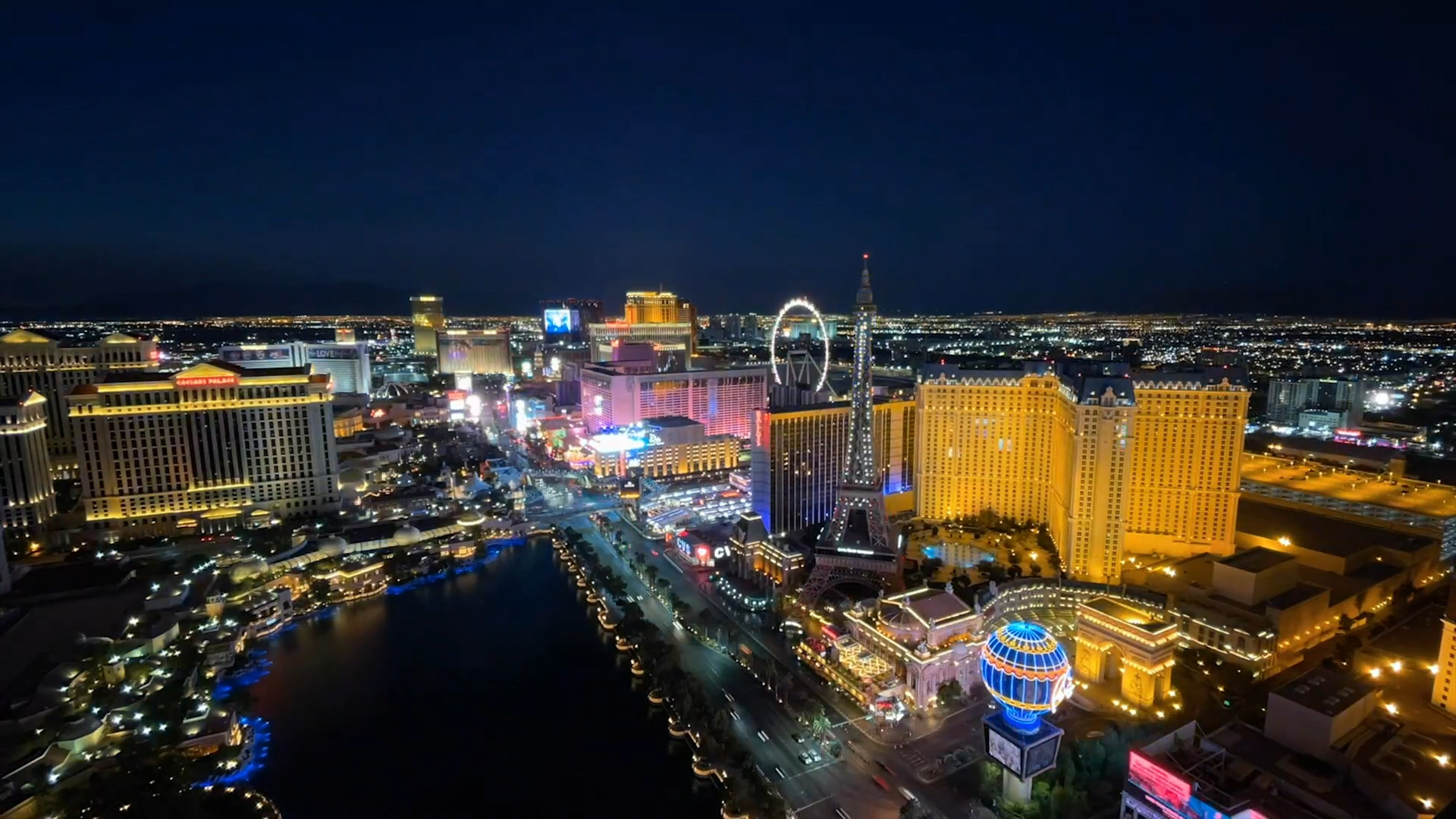



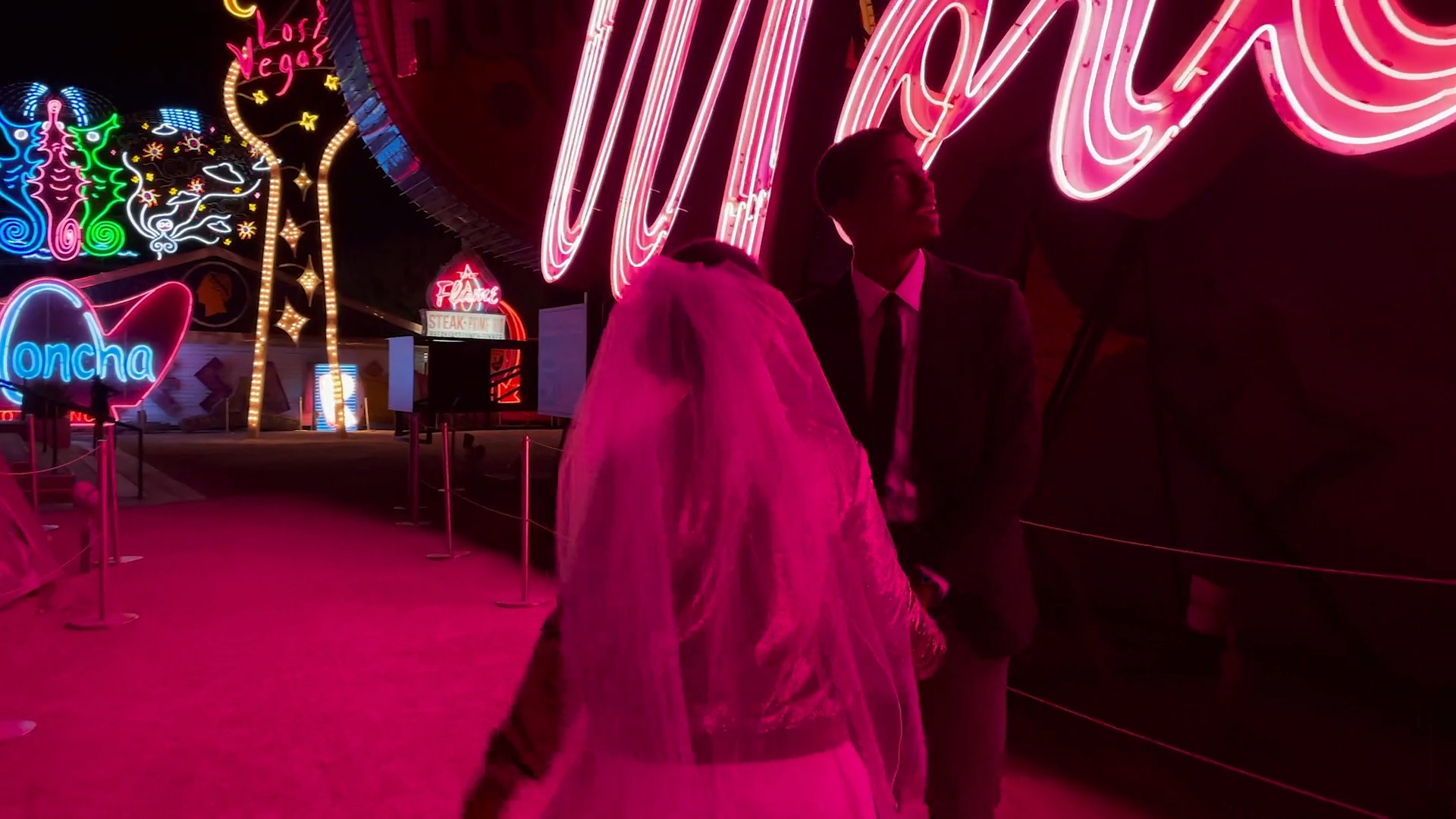
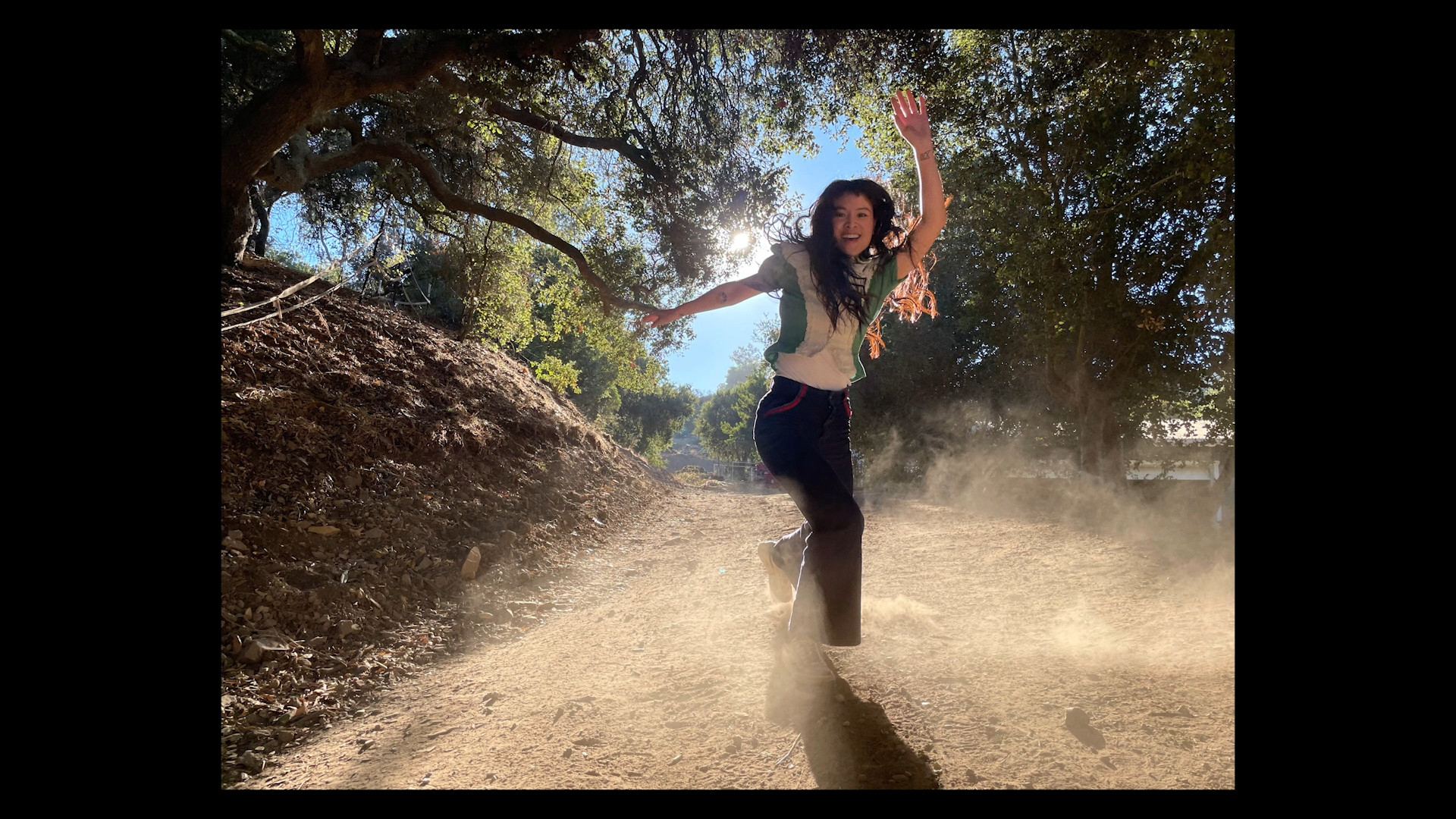



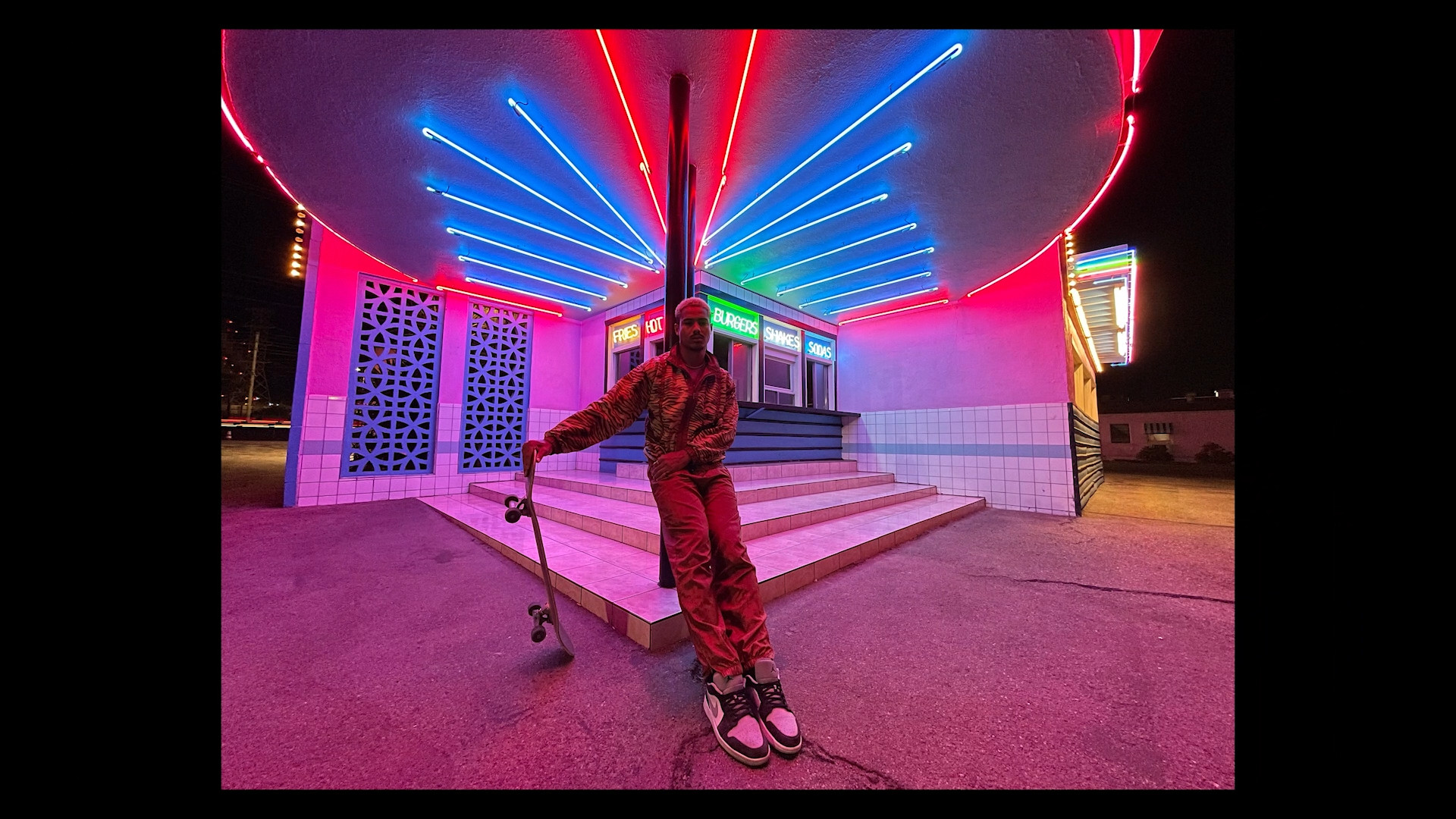



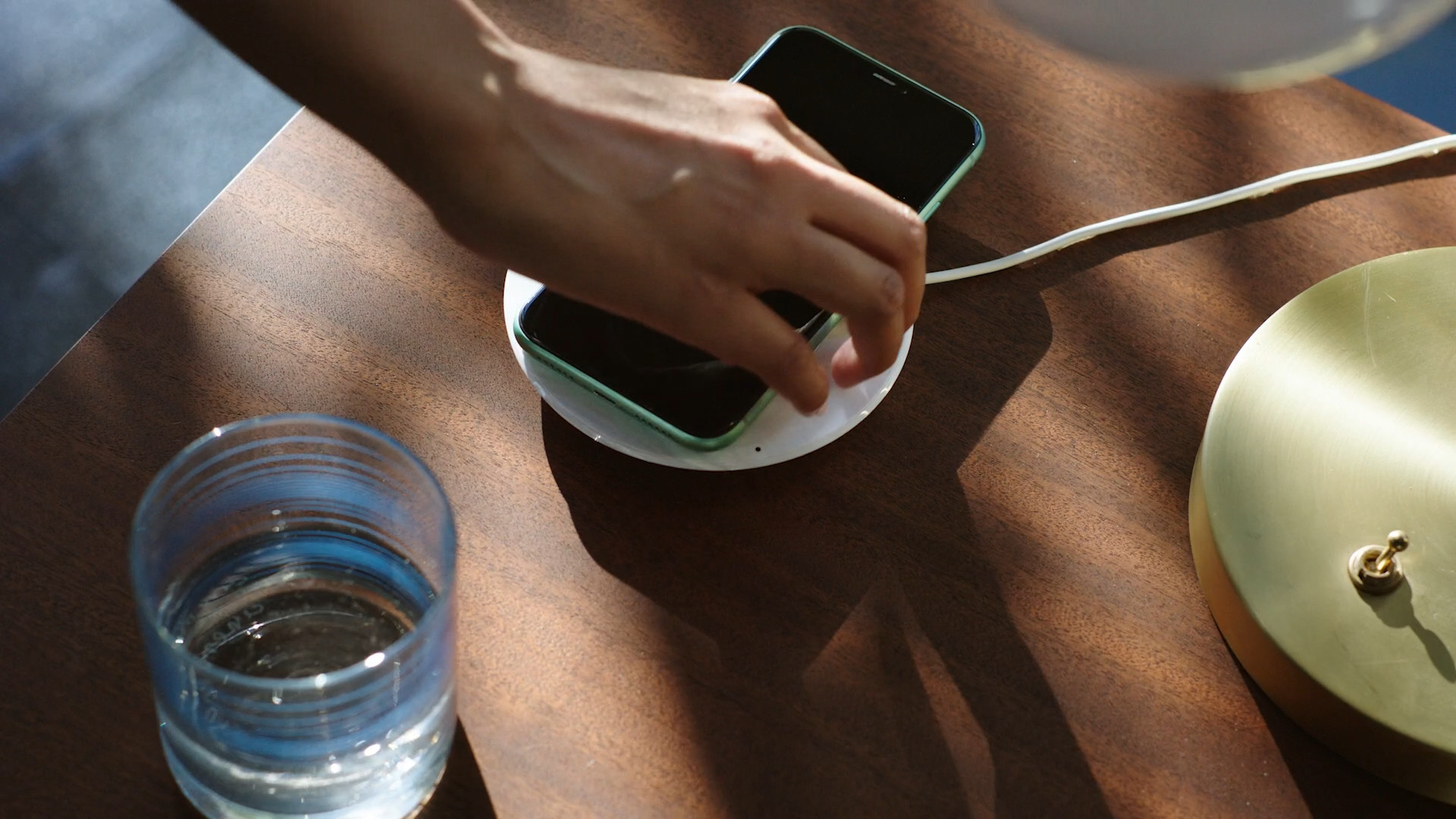


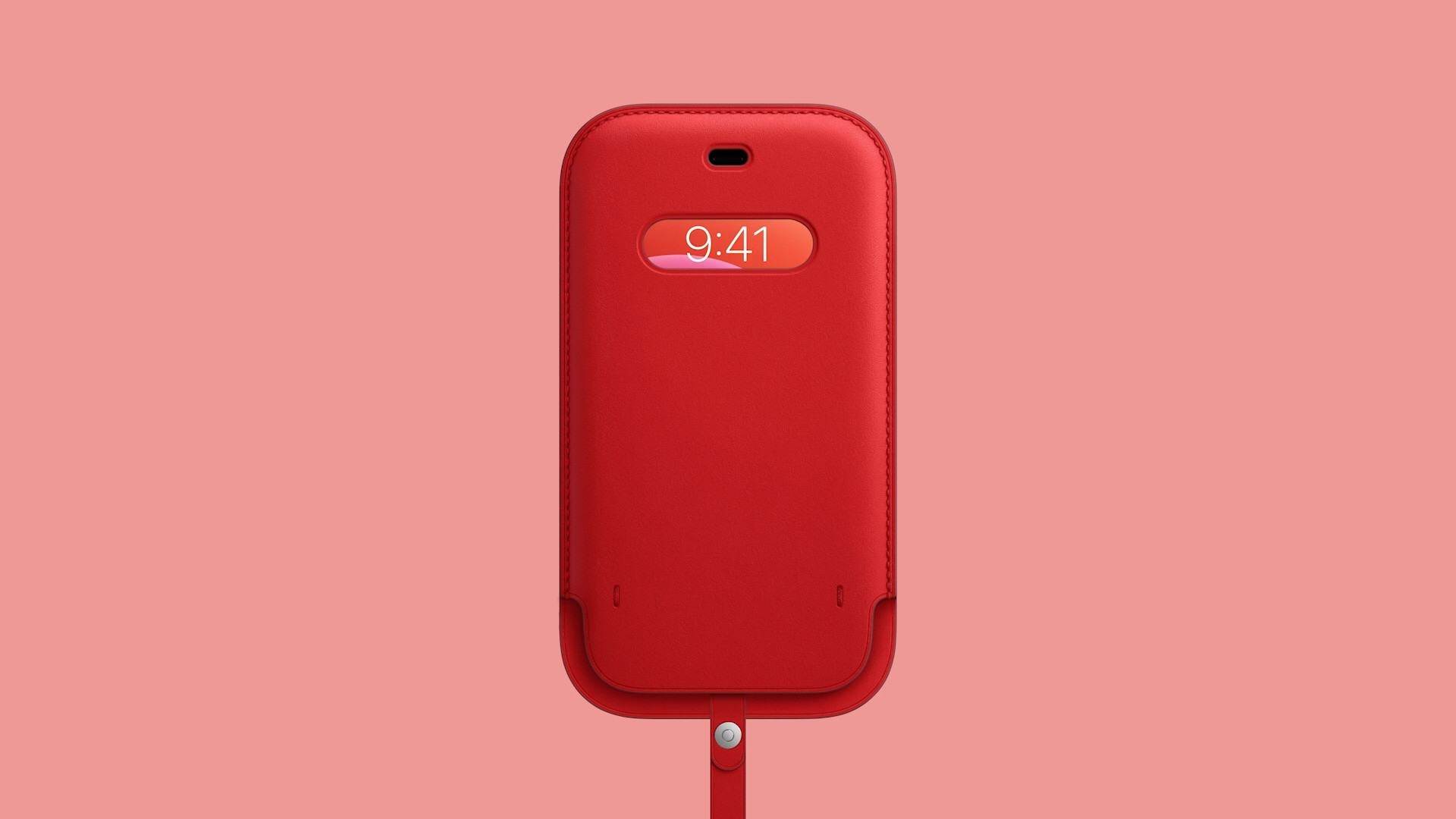
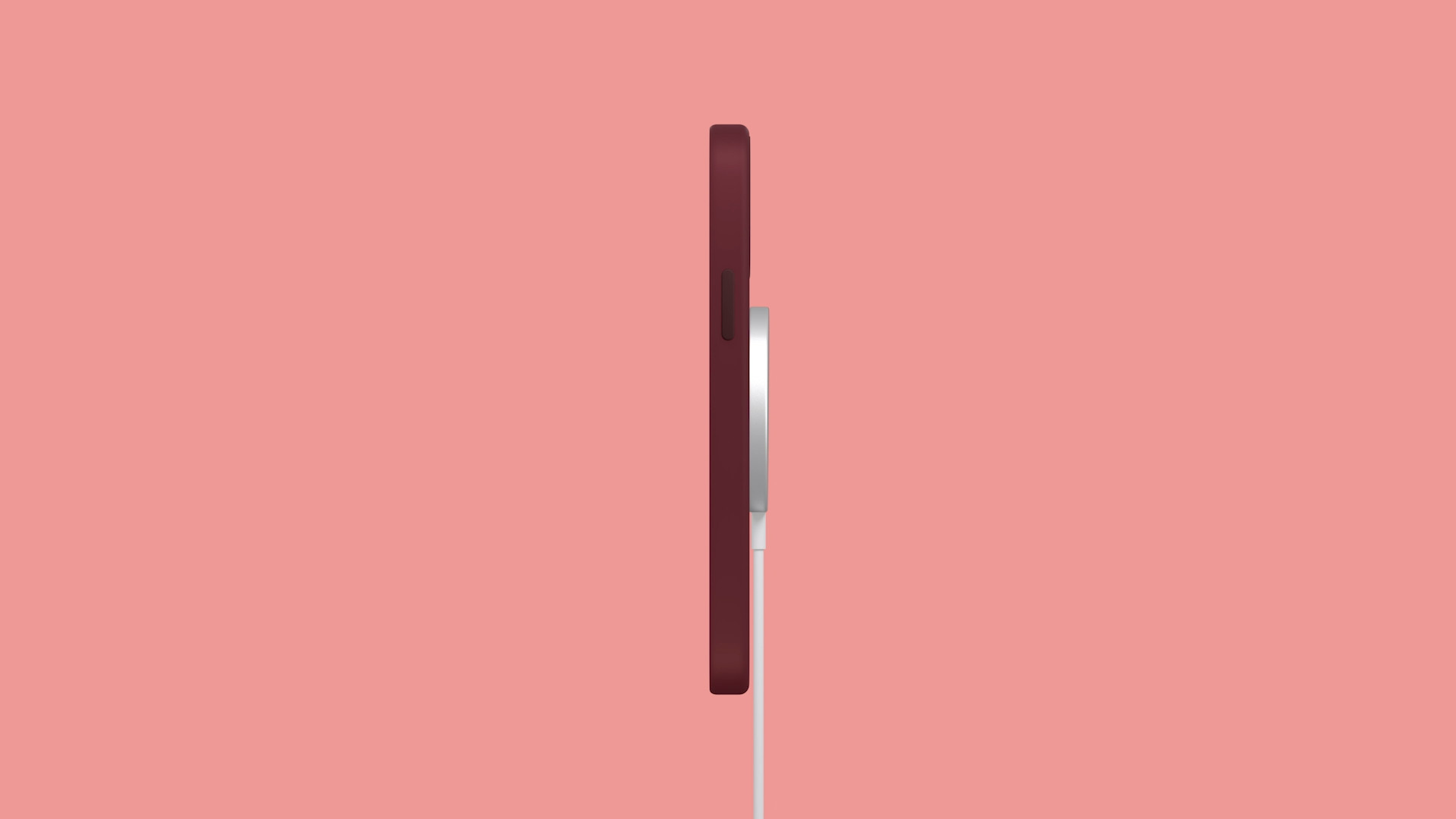

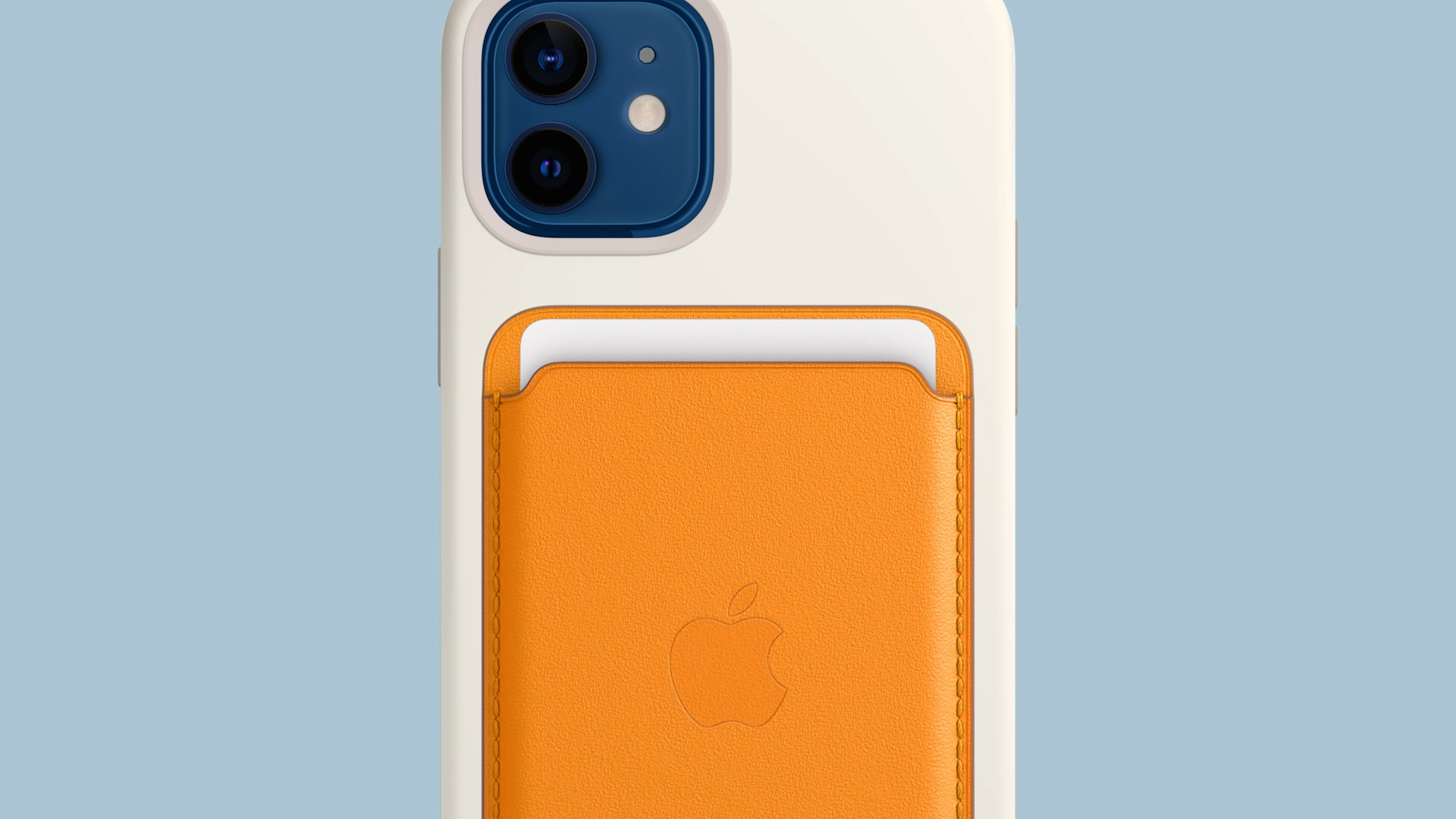
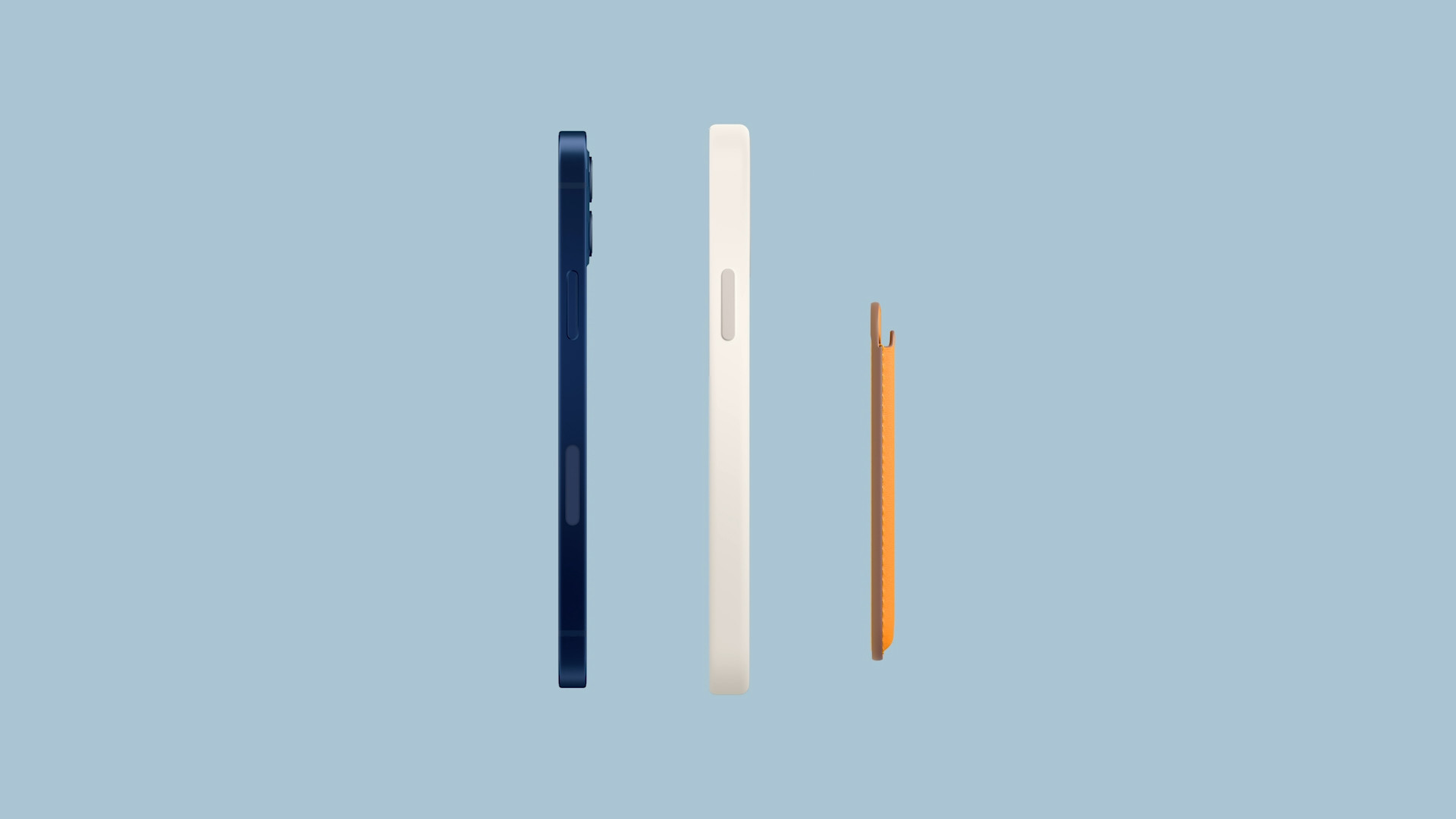

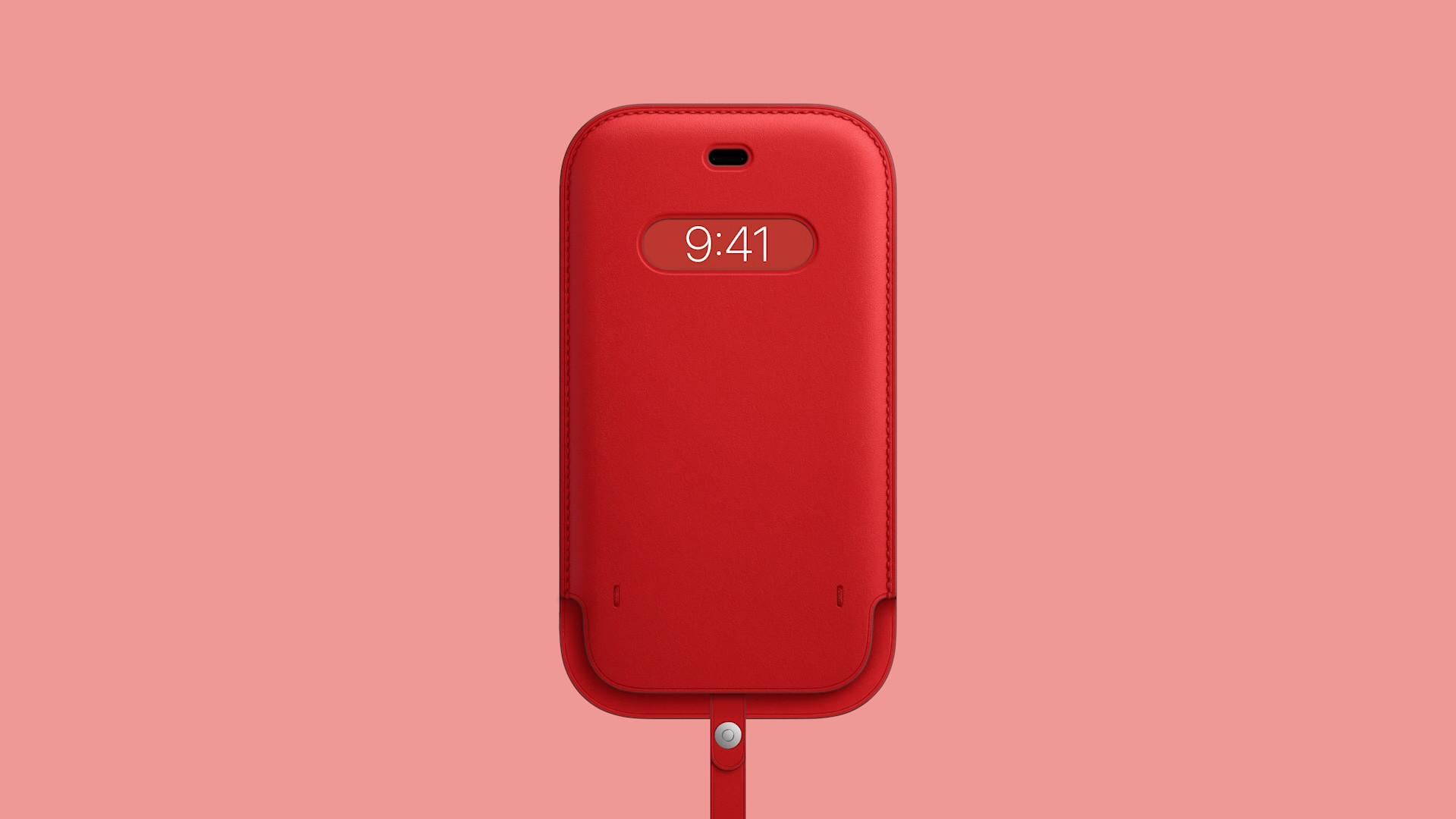
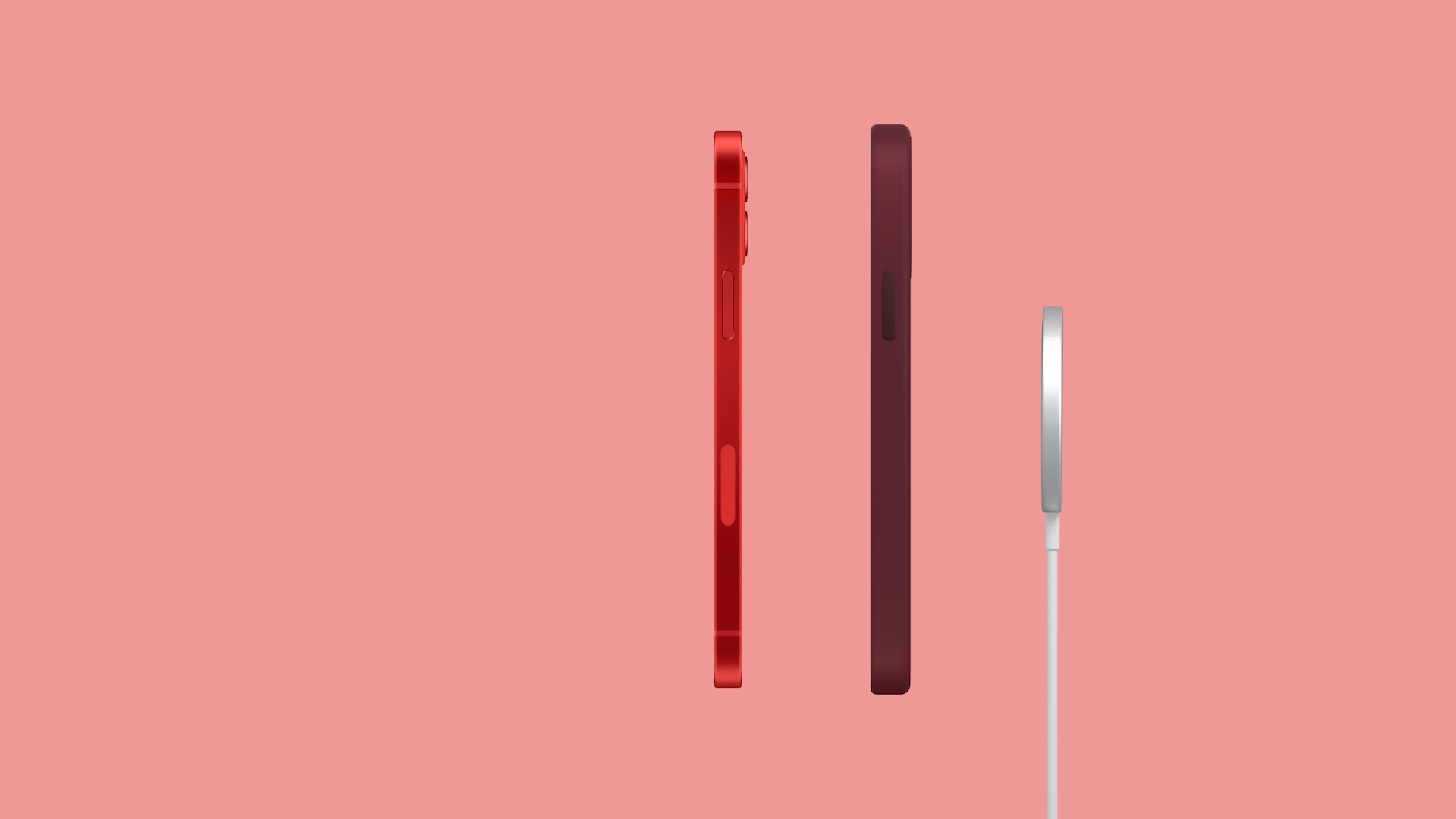


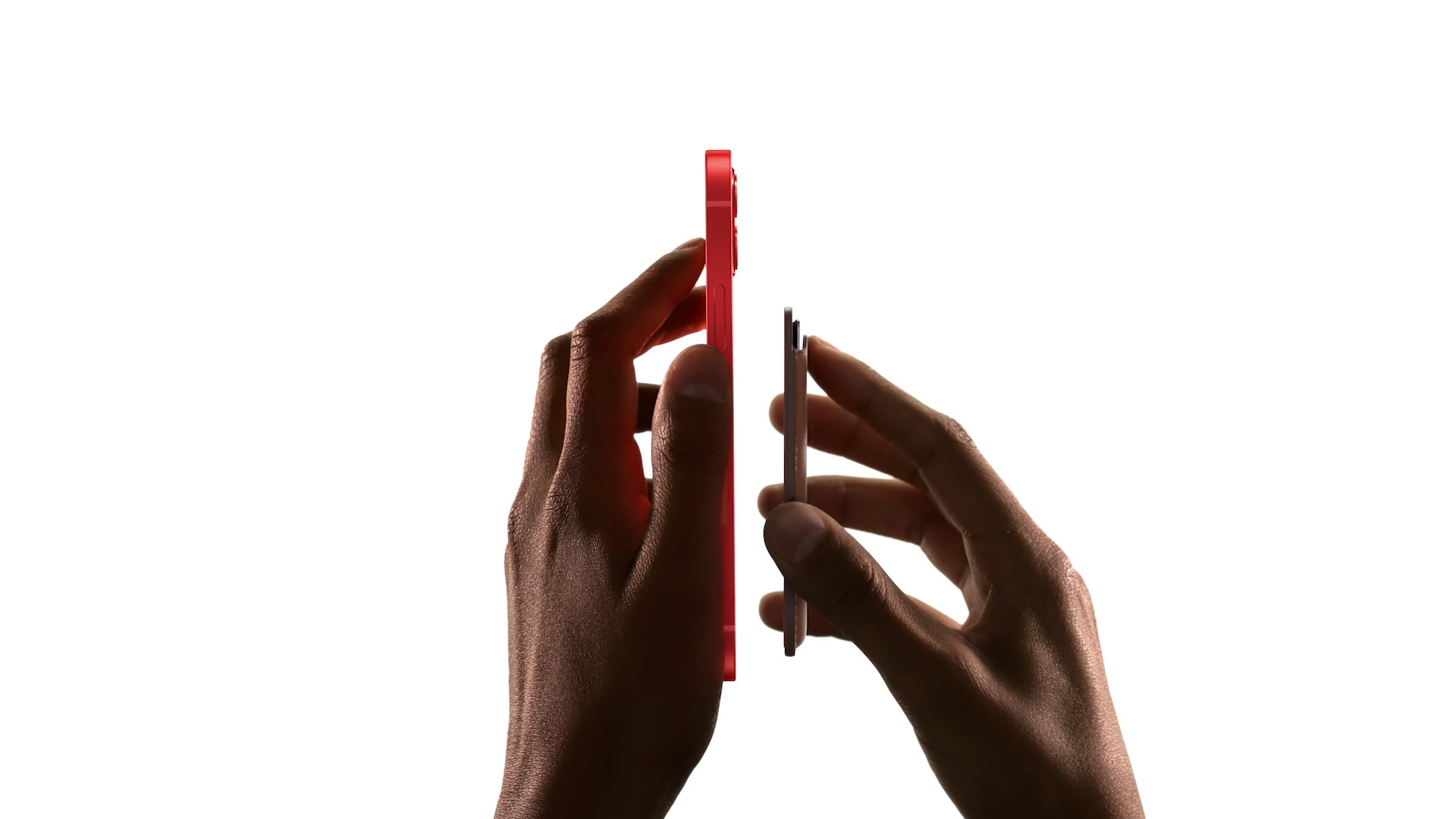
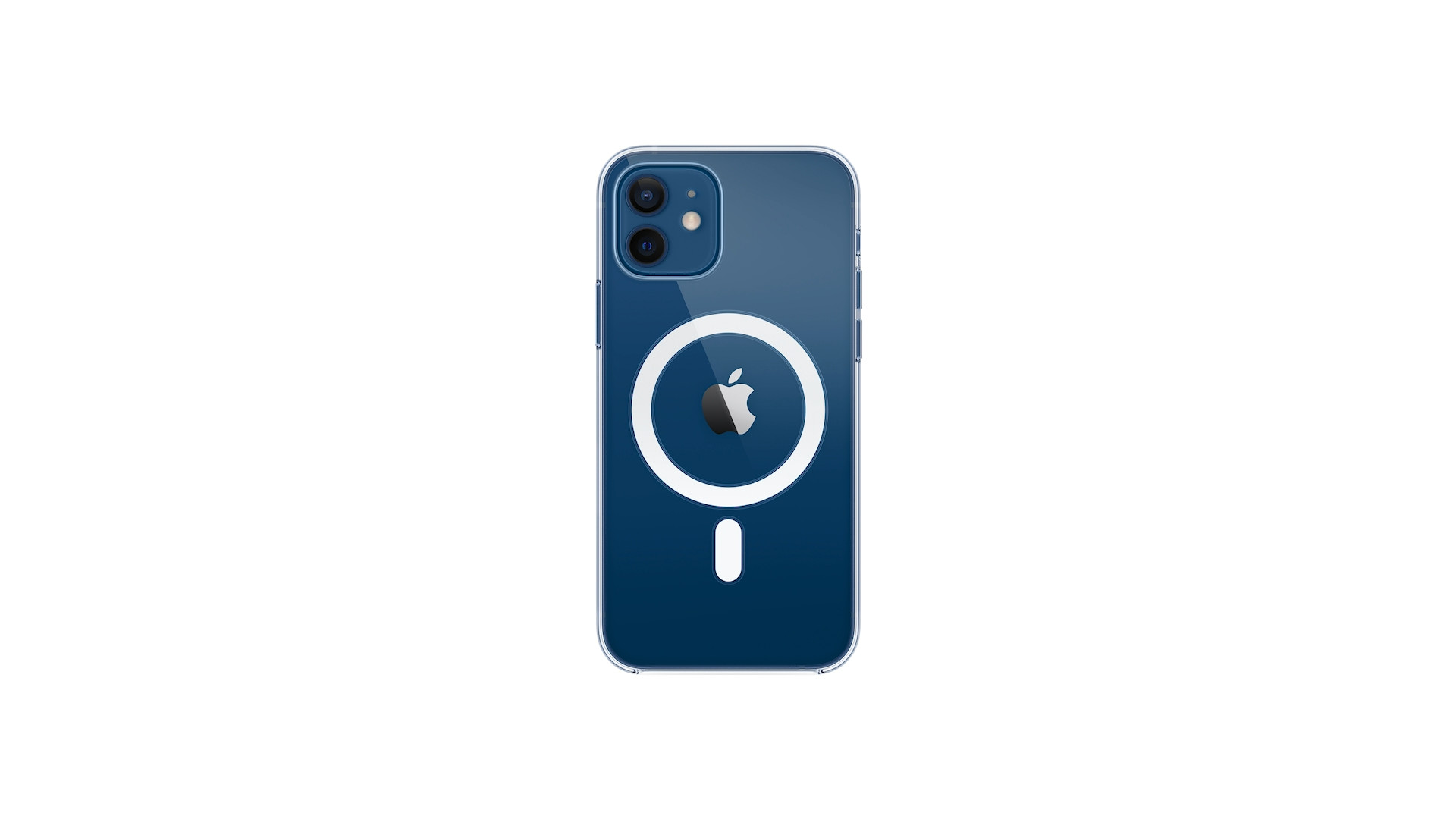
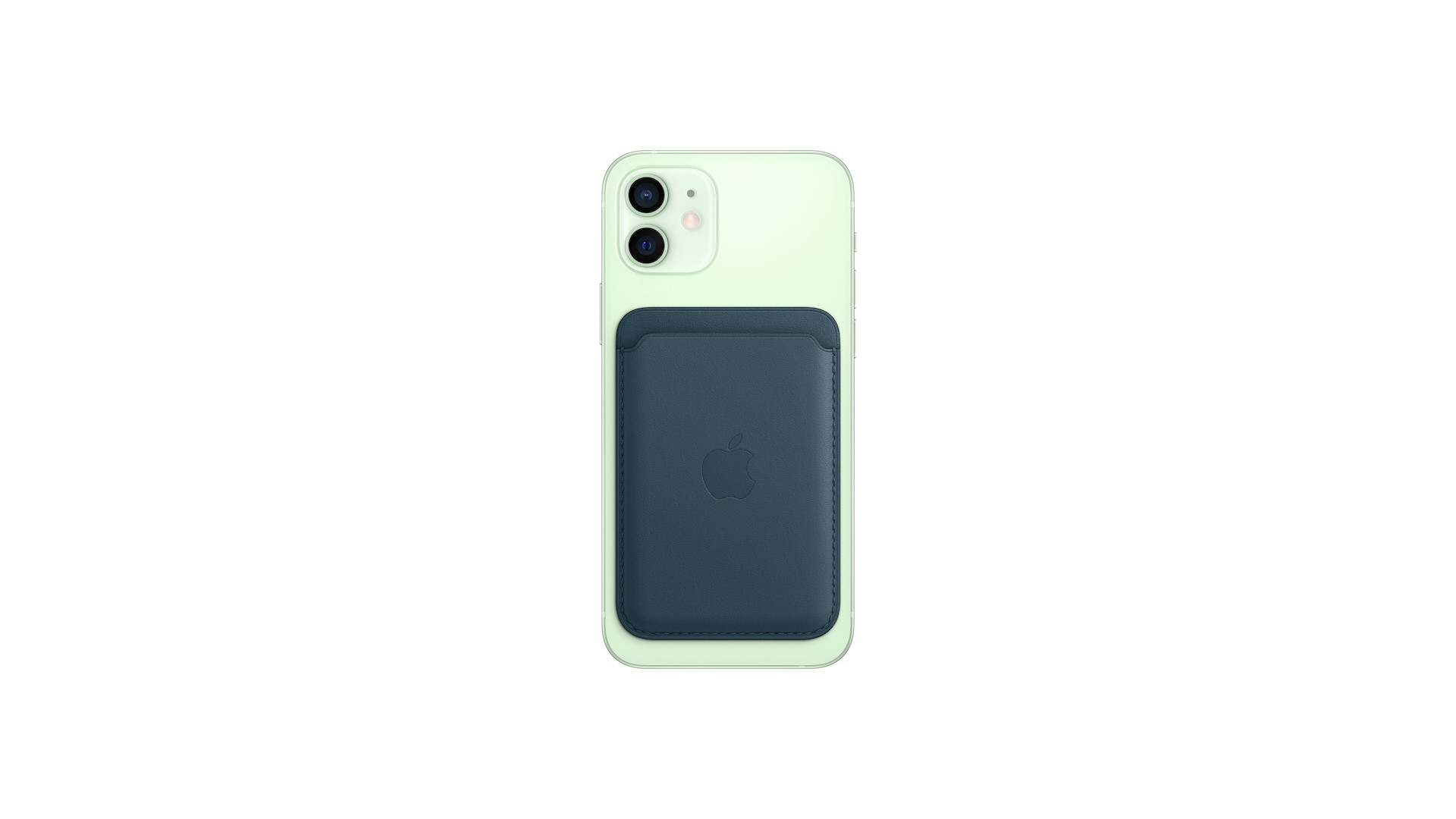

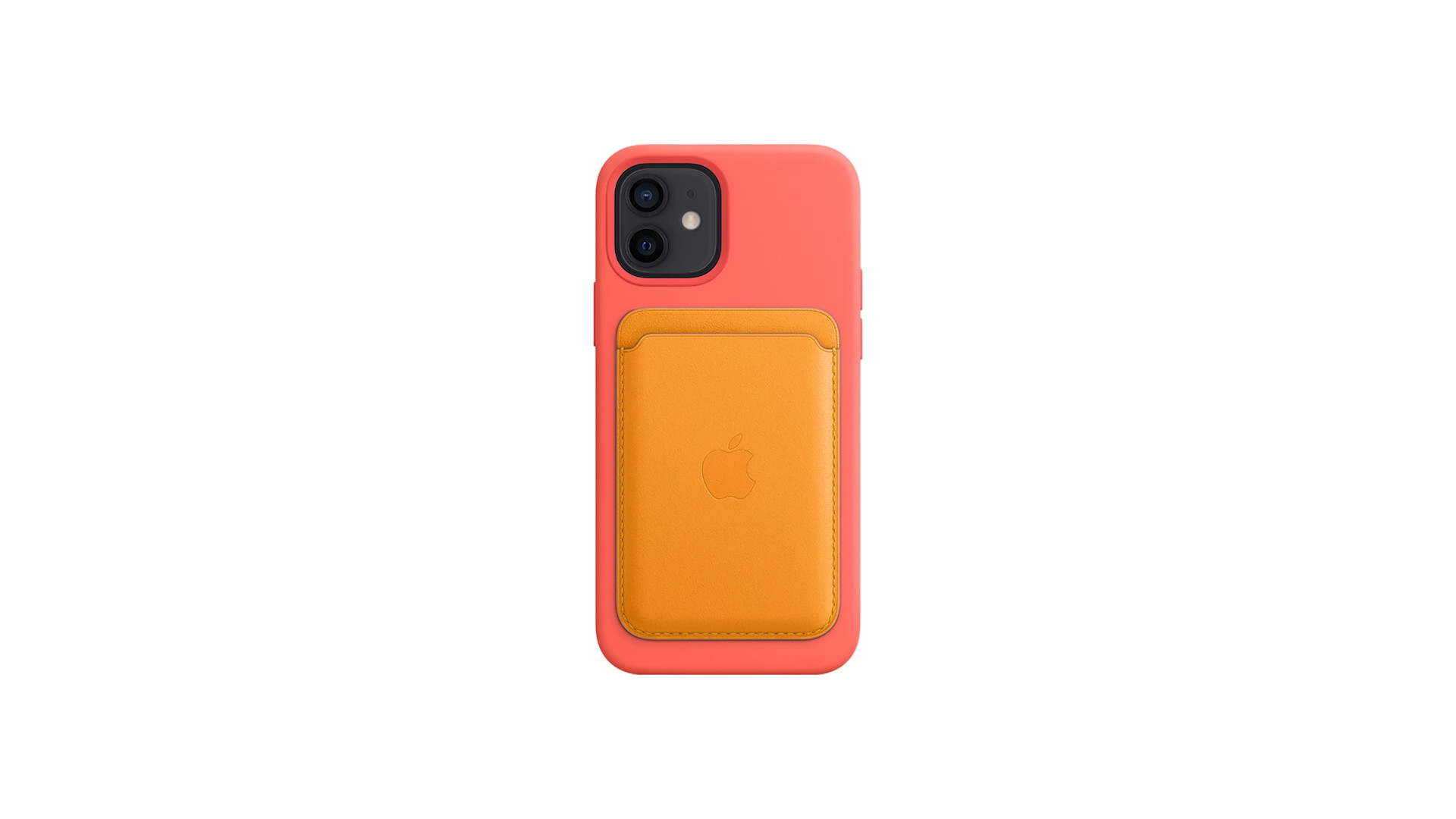
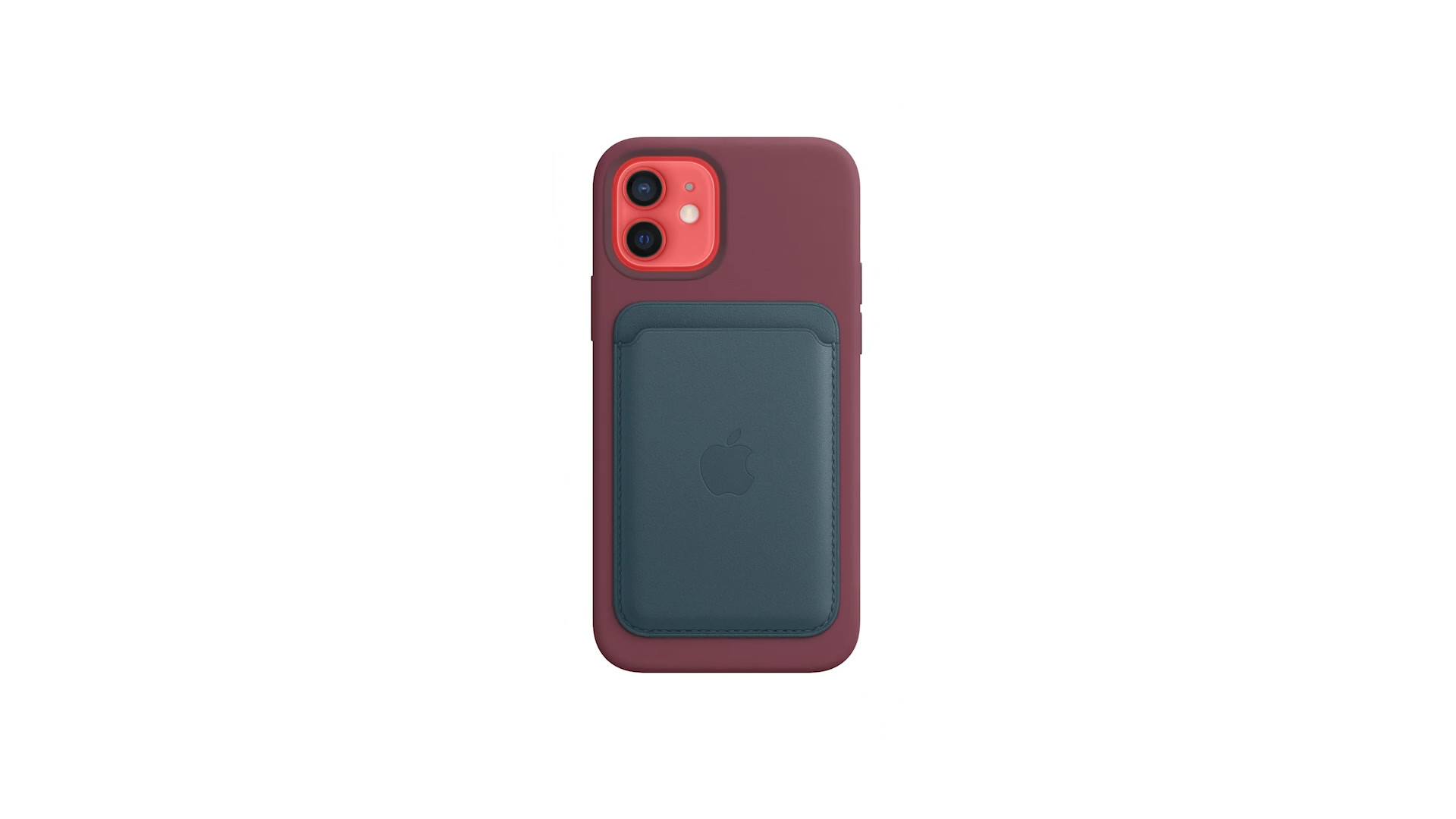

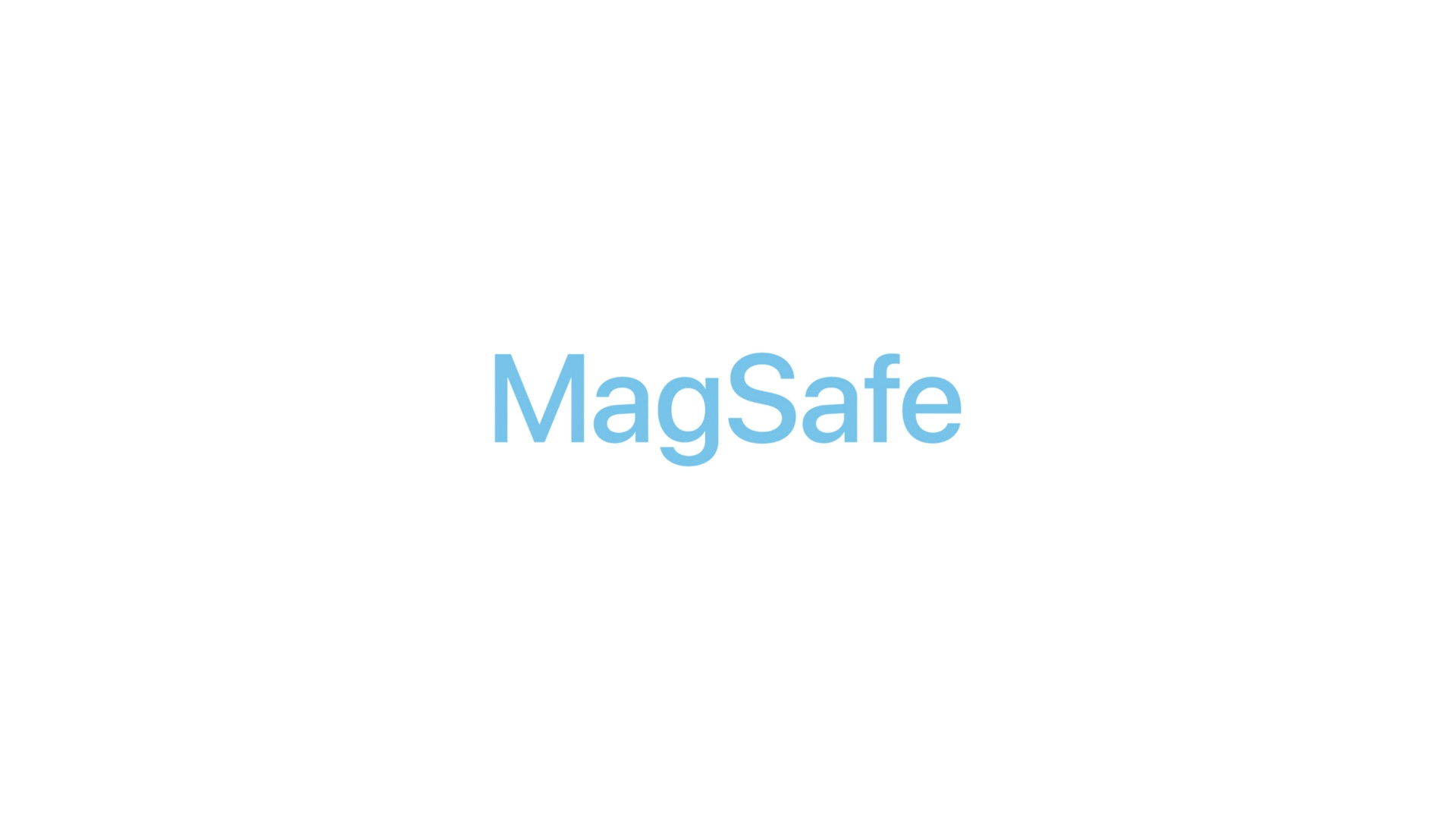
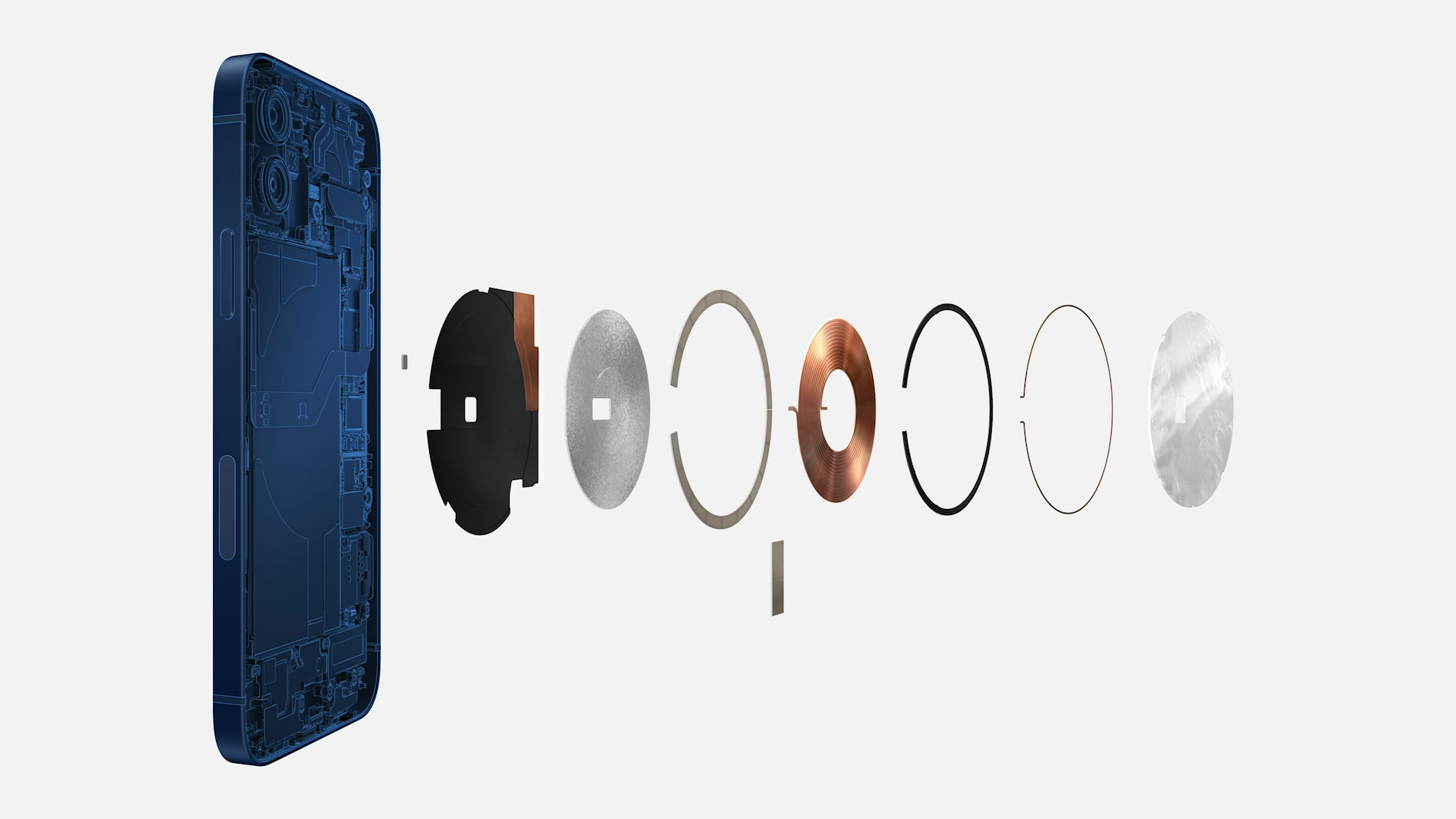

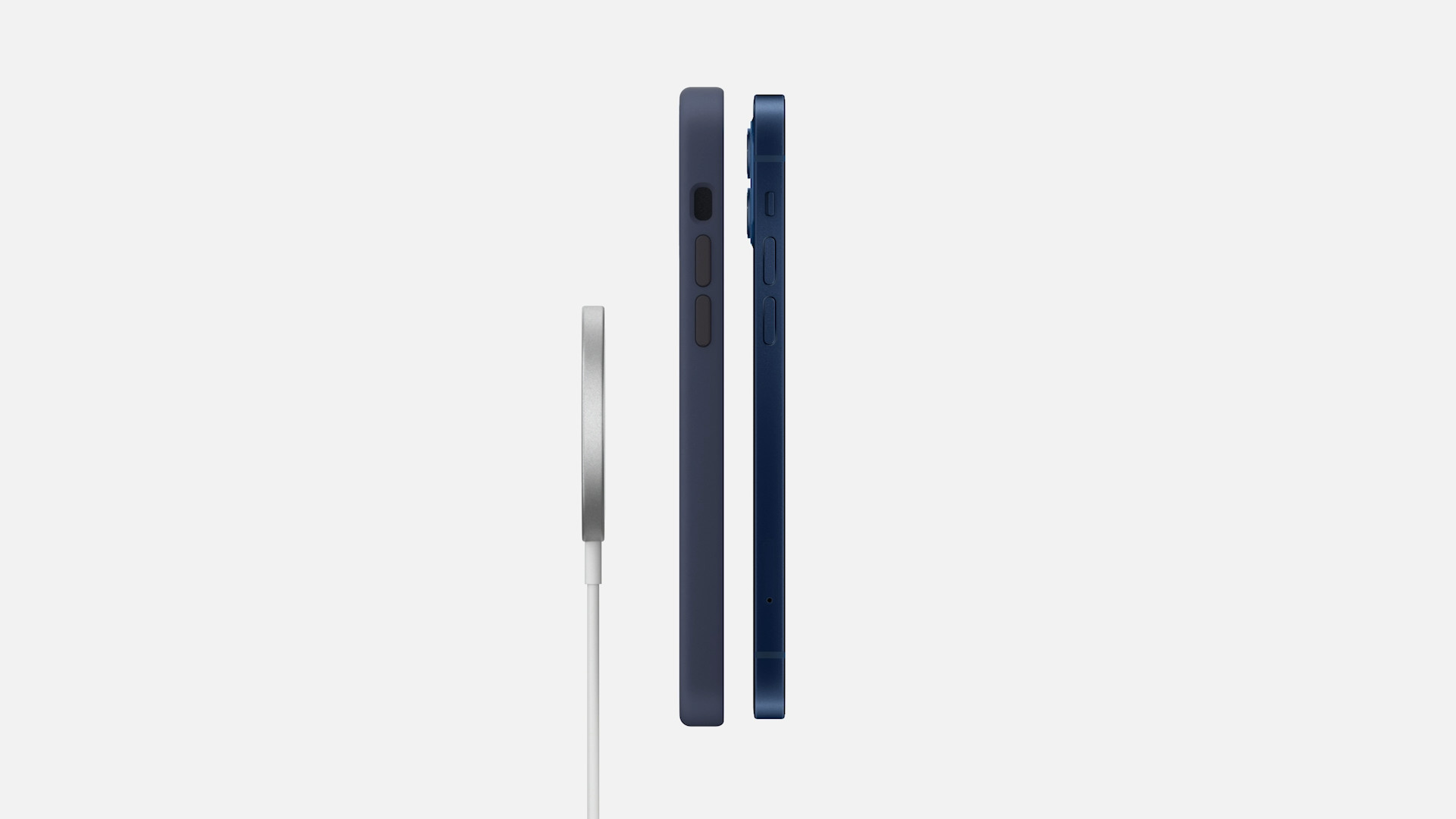

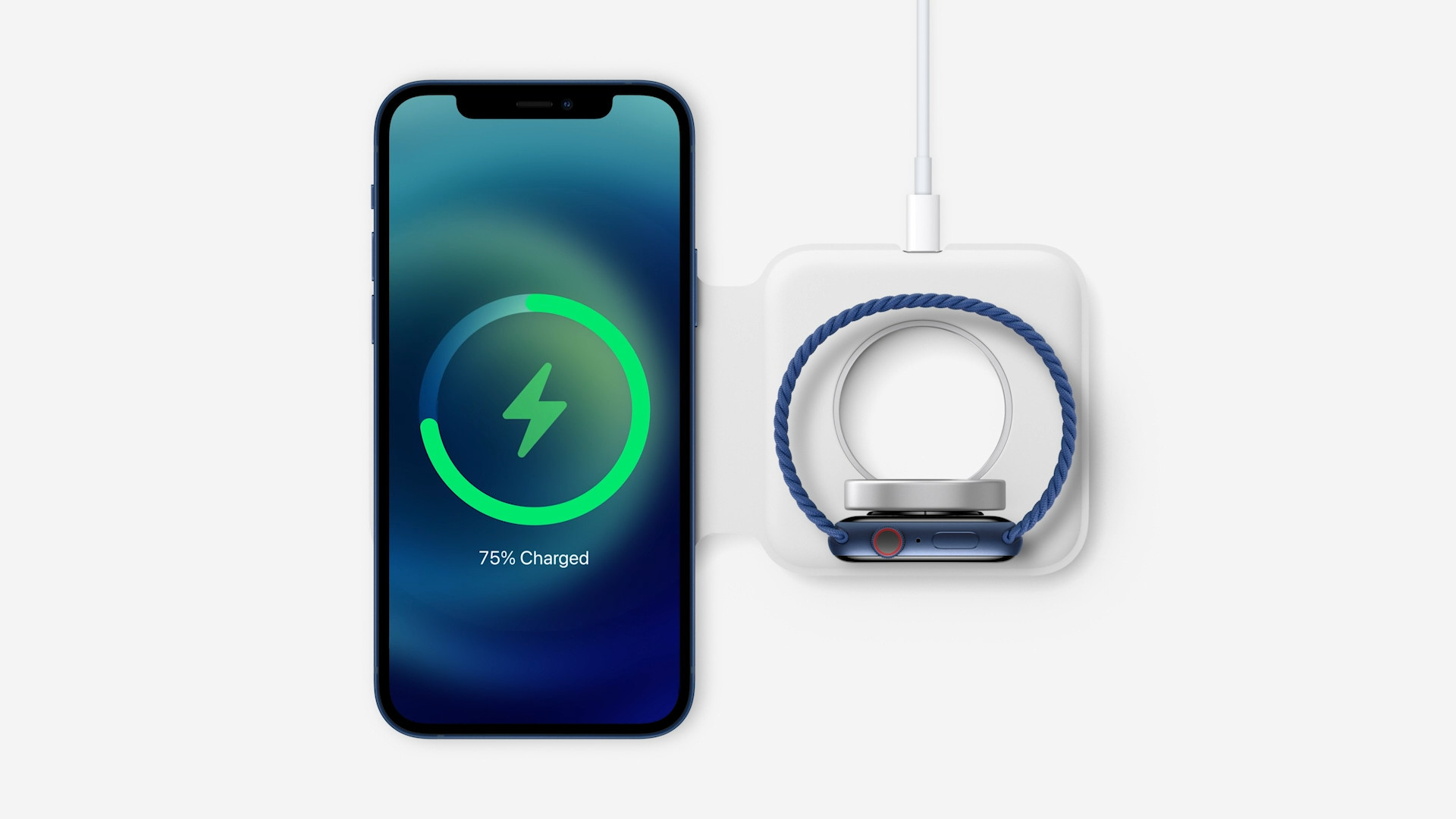
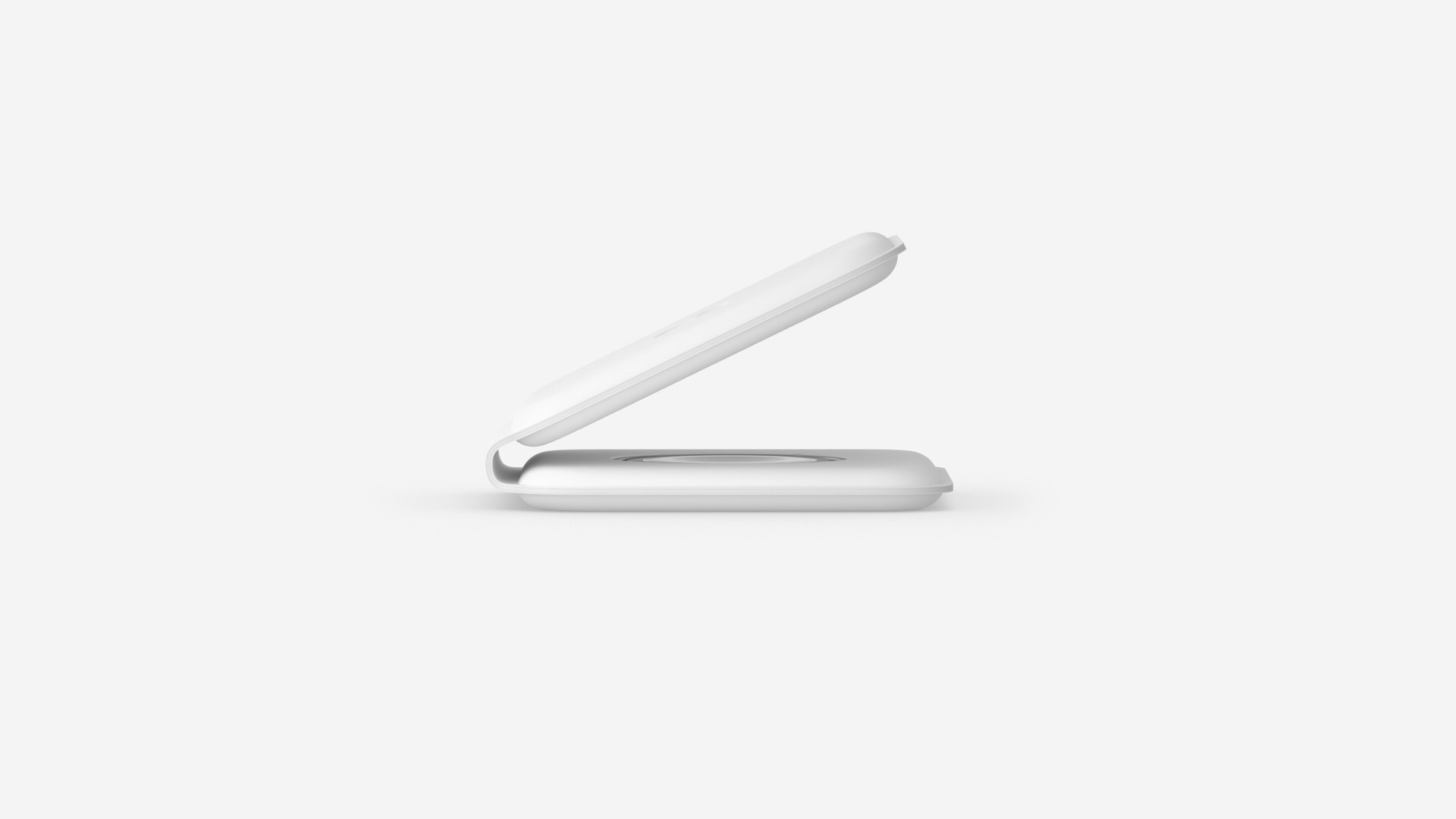

… “iPhone 12 mini can then play up to 15 minutes of video on a single charge, 10 hours of streaming”
hmm 15 minutes of video playback, I'll stick with my current model :) who proofreads…?
What does "The A14 Bionic processor contains 11,8 billion transistors, a 13 increase over the A400 Bionic" mean? Like an increase of 400 transistors? But this is negligible and I would not mention it at all.
There is no mention of what the back is made of.
Aluminium, Pro- Stainless